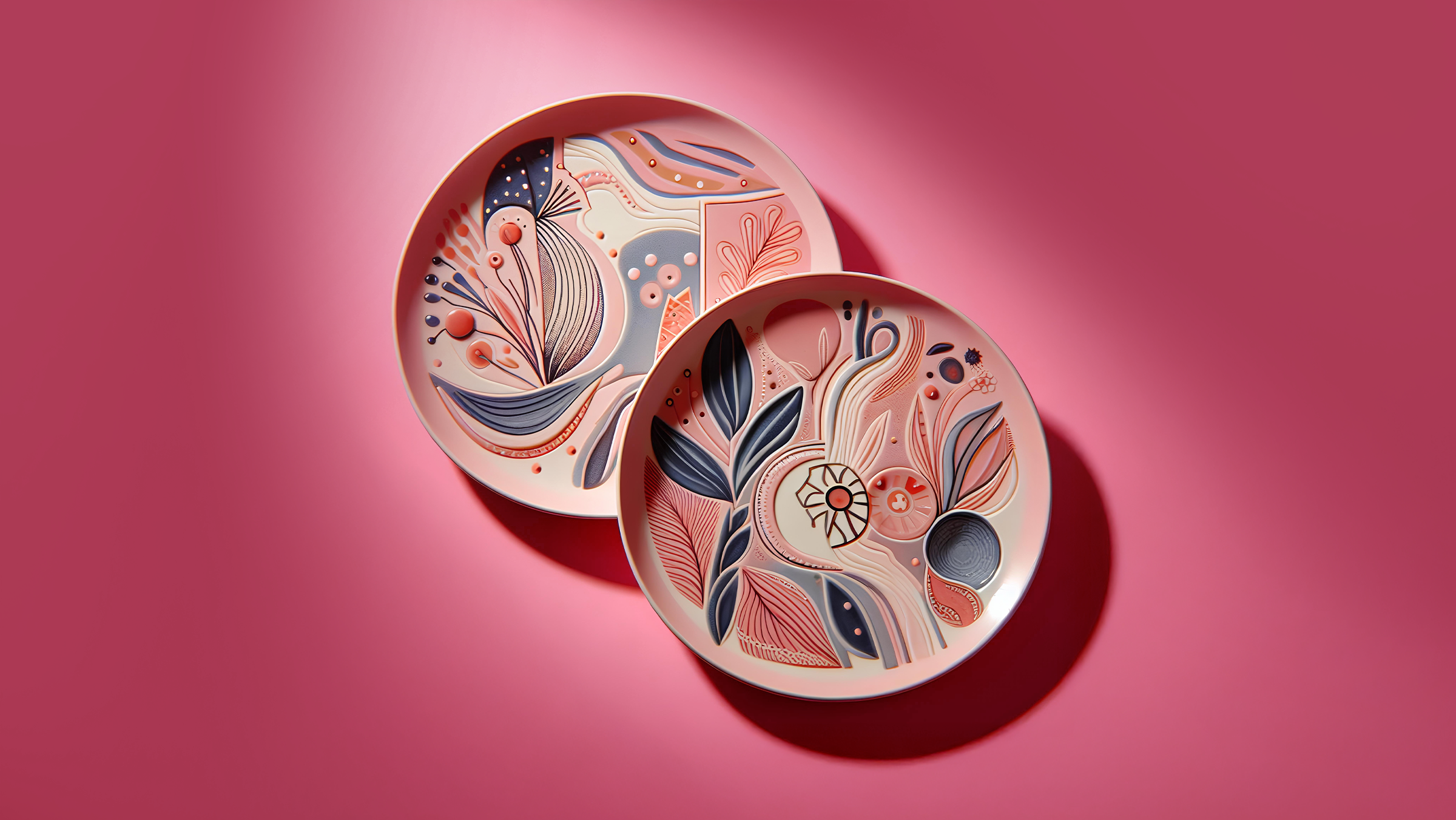
Explore ceramic decoration techniques with watercolor, digital decals and hand paint for unique pieces
Explore the fascinating world of illustrated and decorative ceramics through a specialization program that brings together five leading ceramists: Paula Casella Biase, Pepa Espinoza, Patricia Lázaro, Nuria Blanco, and Claudia María Gutiérrez. Learn techniques that transform clay into unique pieces, such as basic glazing, volumetric illustration, digital decal application, hand-painting, and watercolor modeling. Each module guides you through the personalization of everyday objects, transforming them into authentic works of art.
From creating unique tableware to crafting pictorial compositions, this tour invites you to develop your personal style and experiment with various decorative techniques. Discover how to integrate these methods into your projects, creating pieces that reflect your creativity and acquired skills. Illustrated ceramics become a medium for storytelling, fusing tradition and modernity in every stroke. Prepare for a creative journey where each piece comes to life and takes on a unique voice in the world of ceramic art.
What will you learn in this specialization?
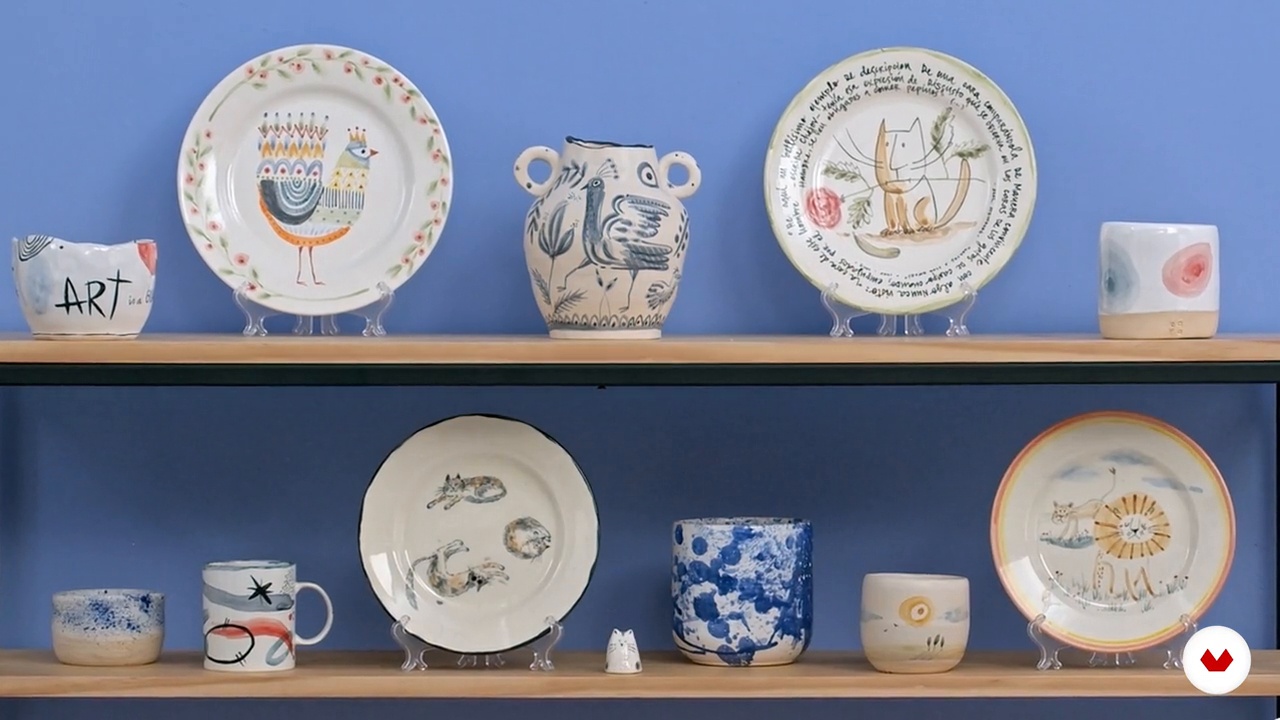




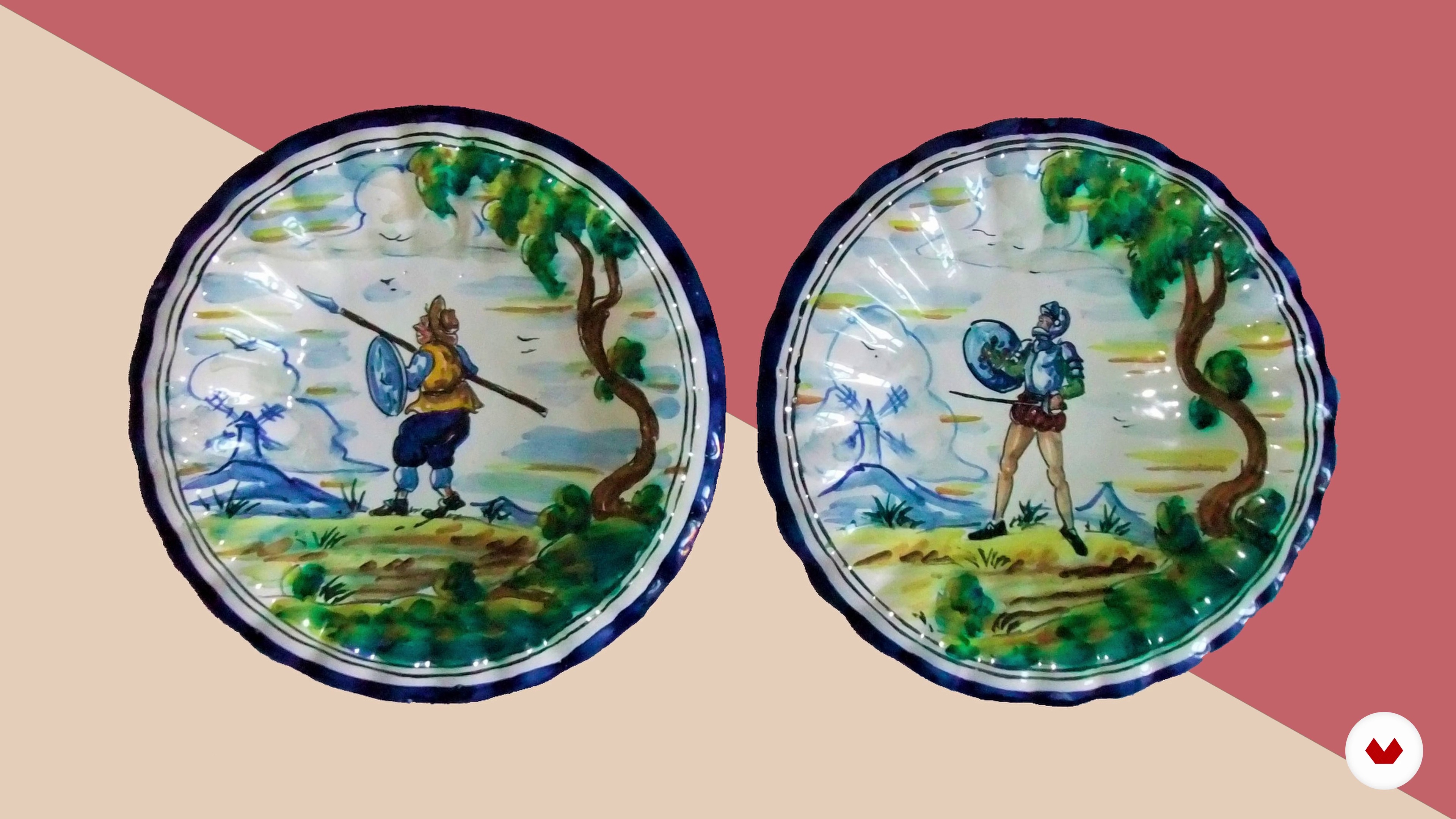
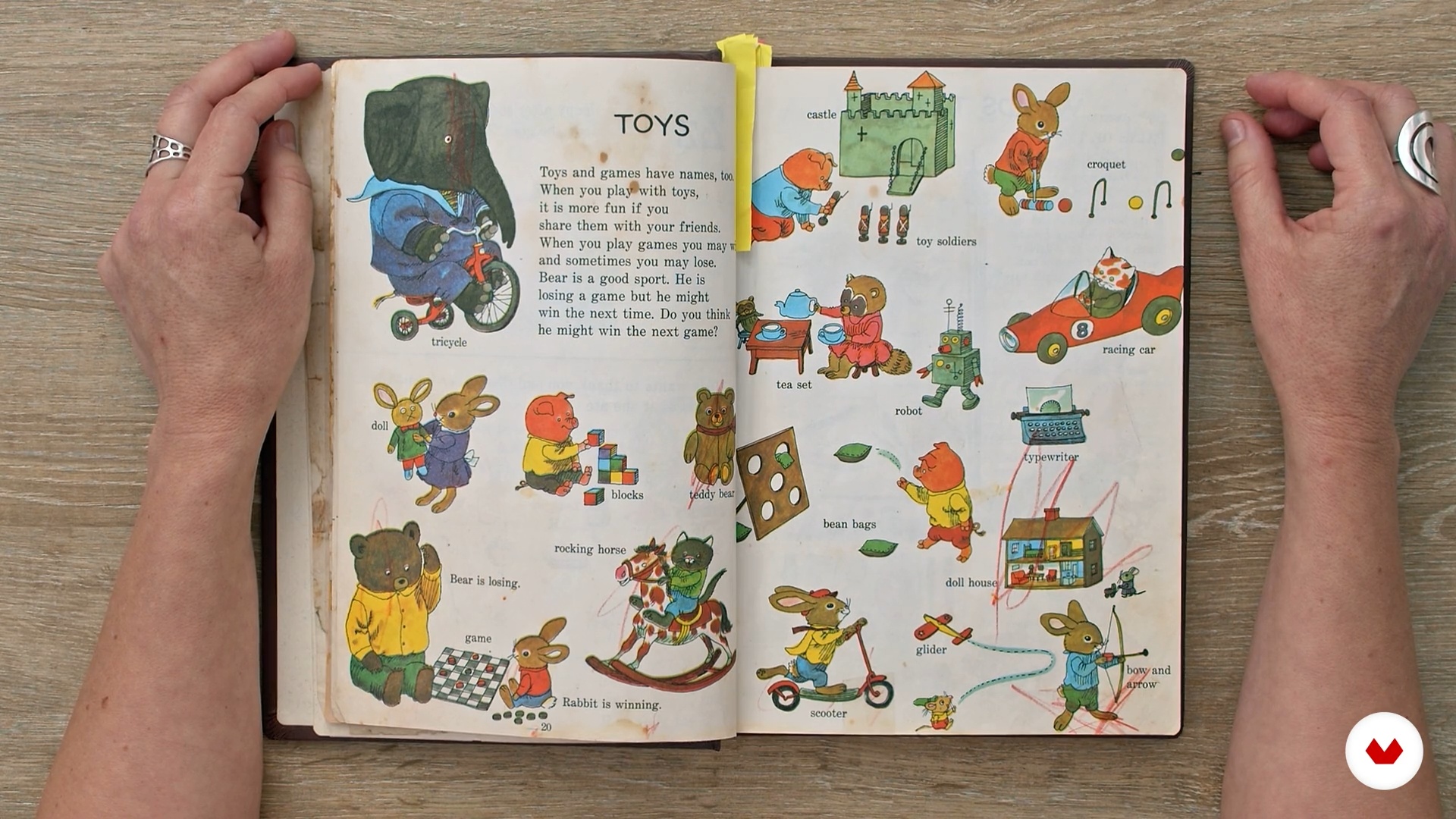



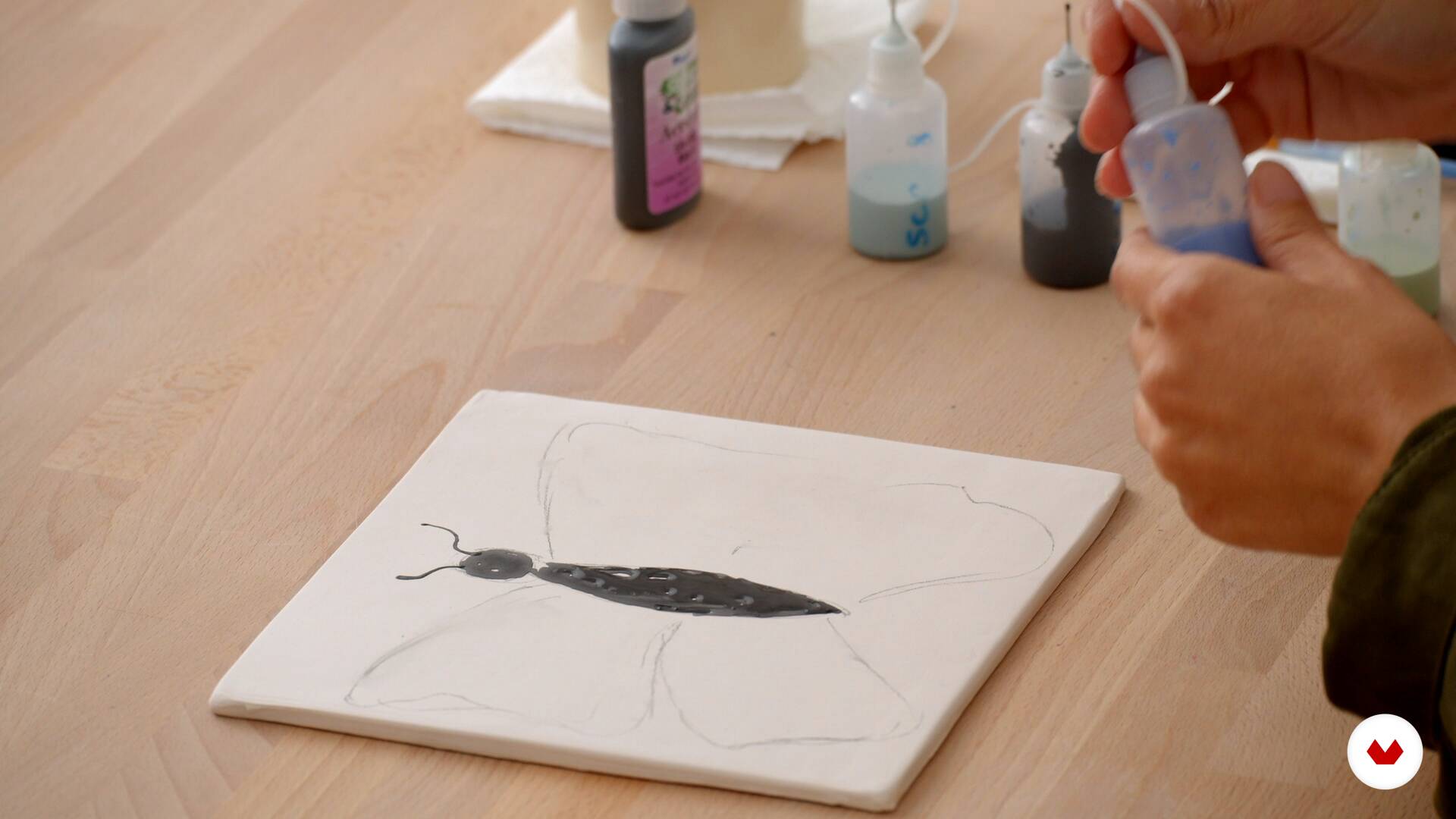
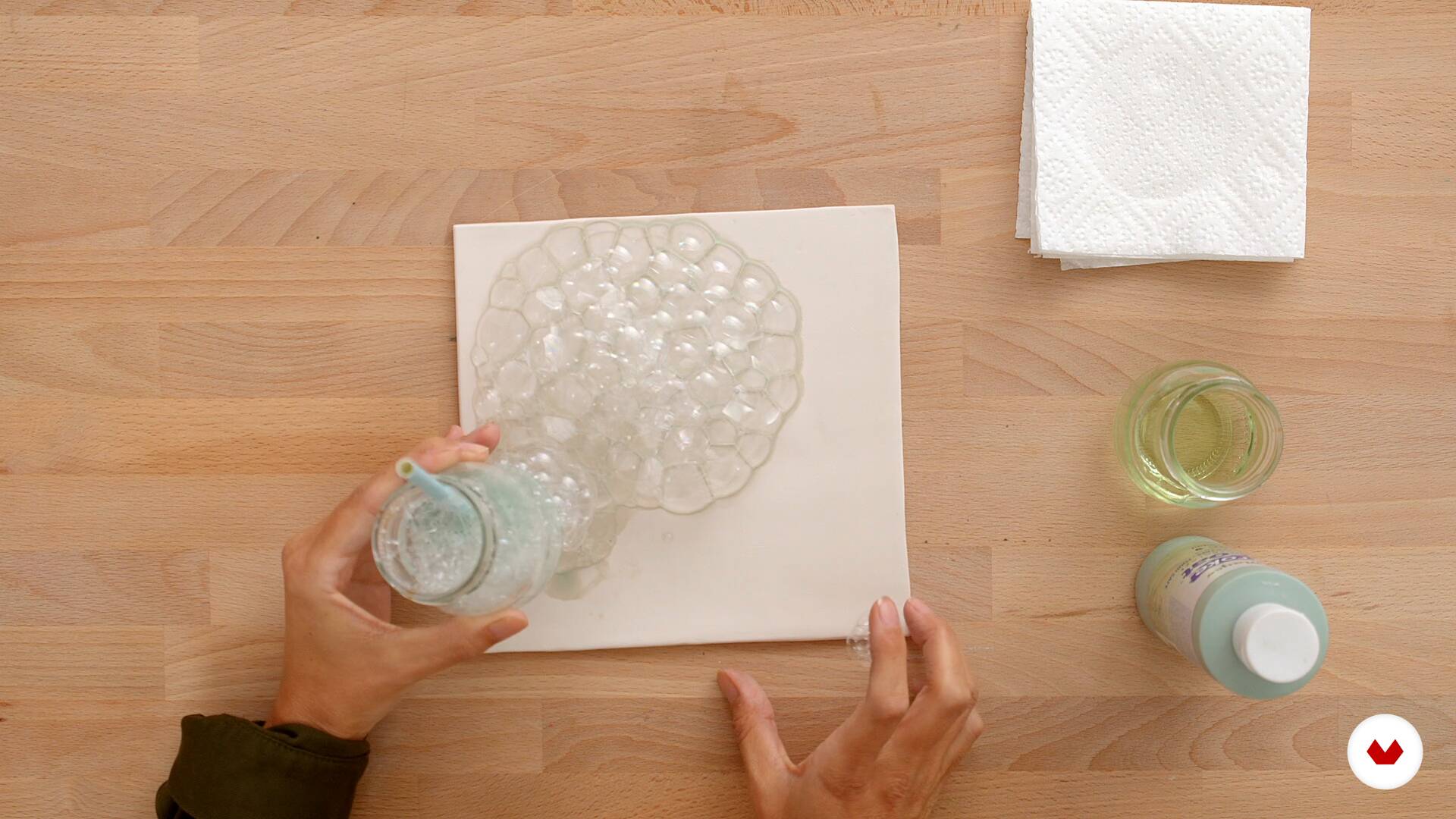

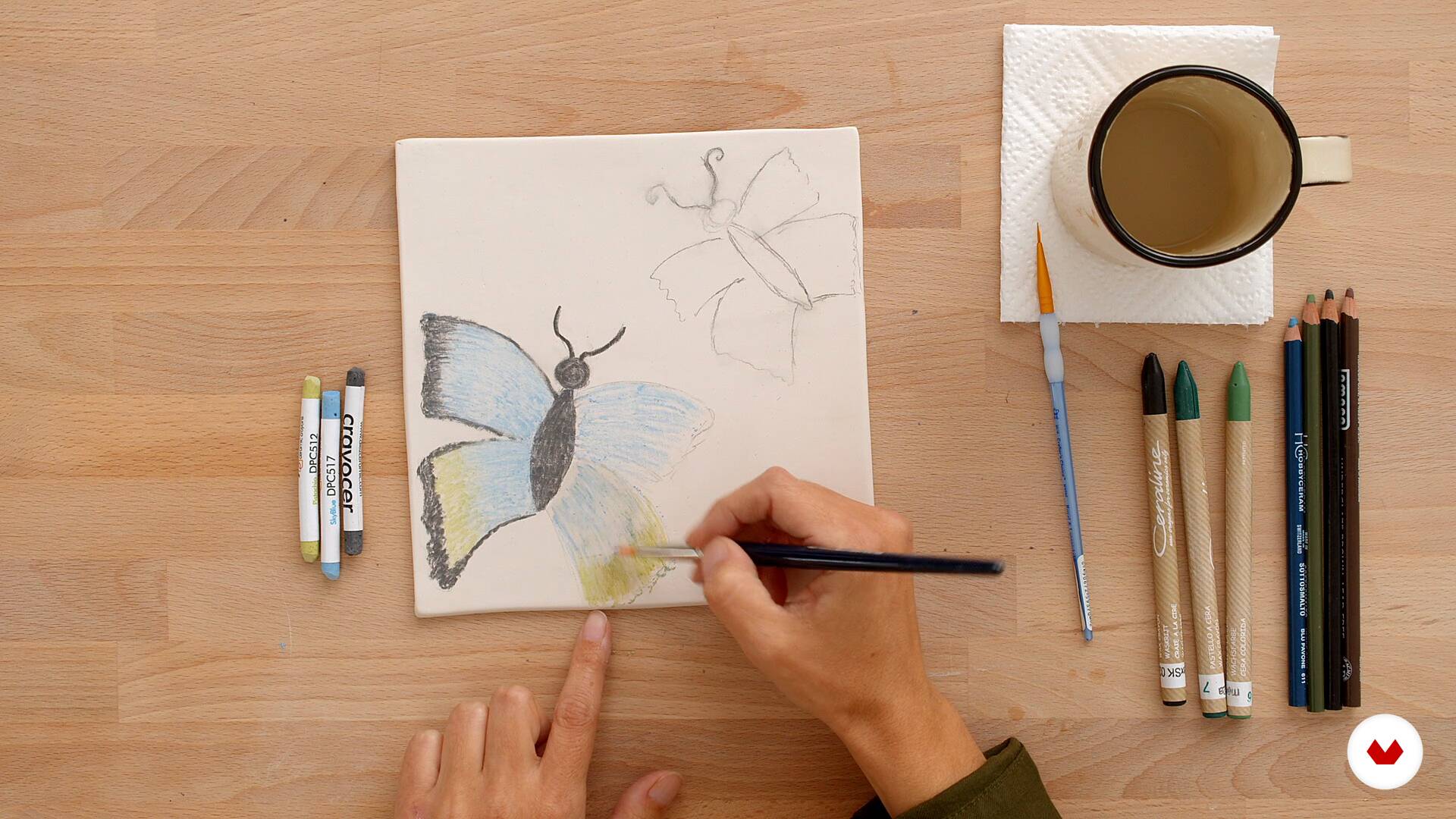
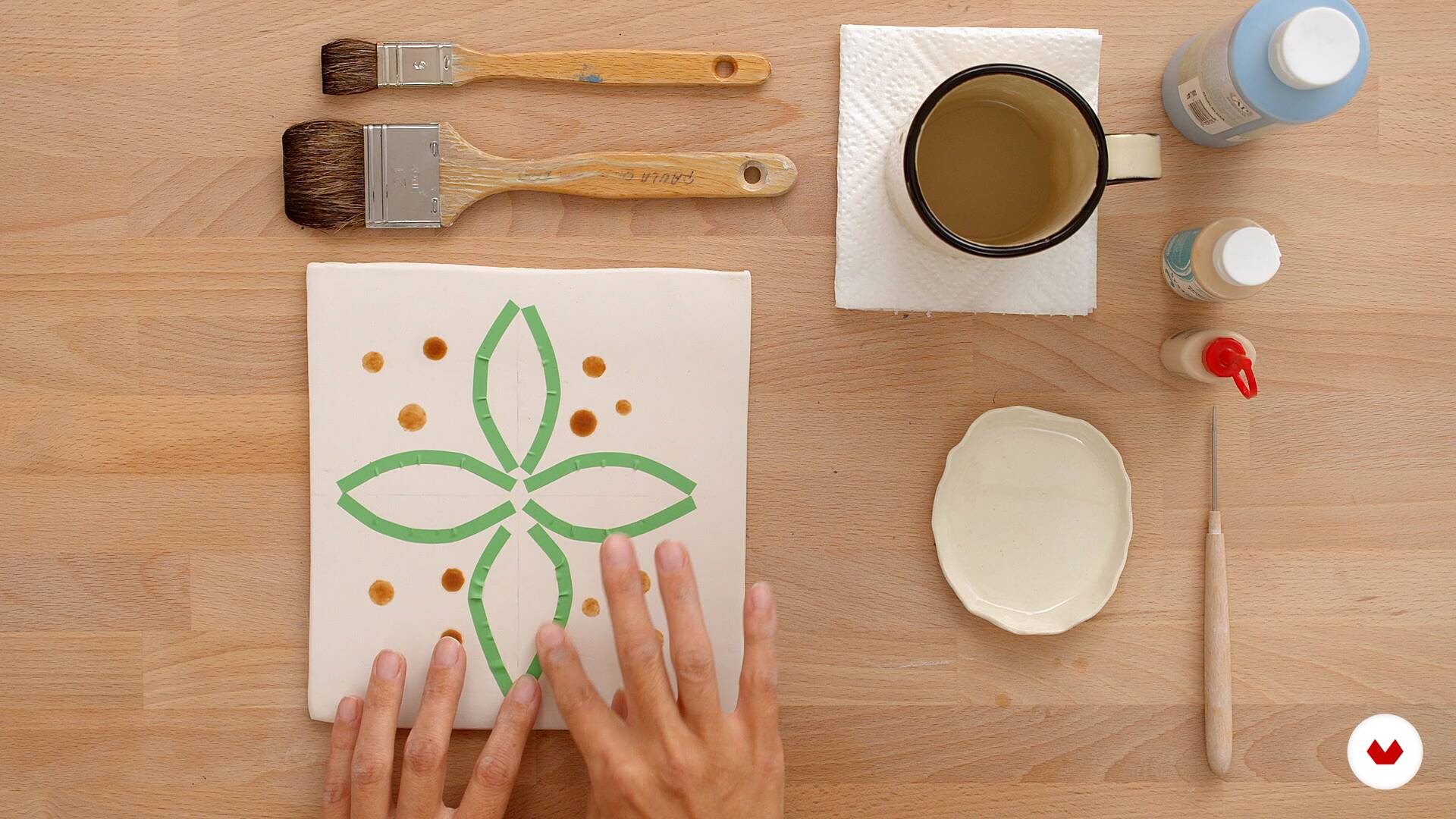
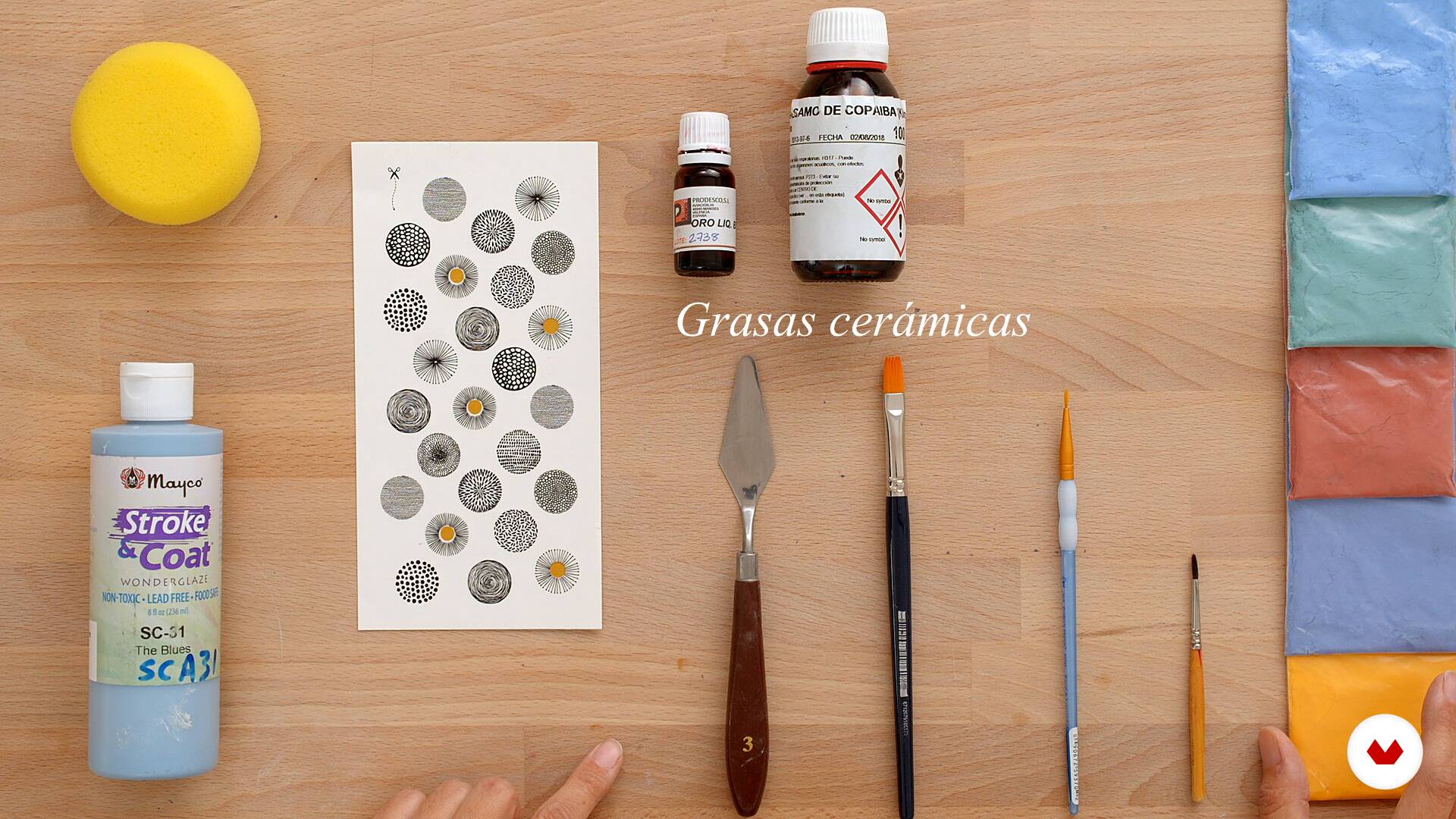
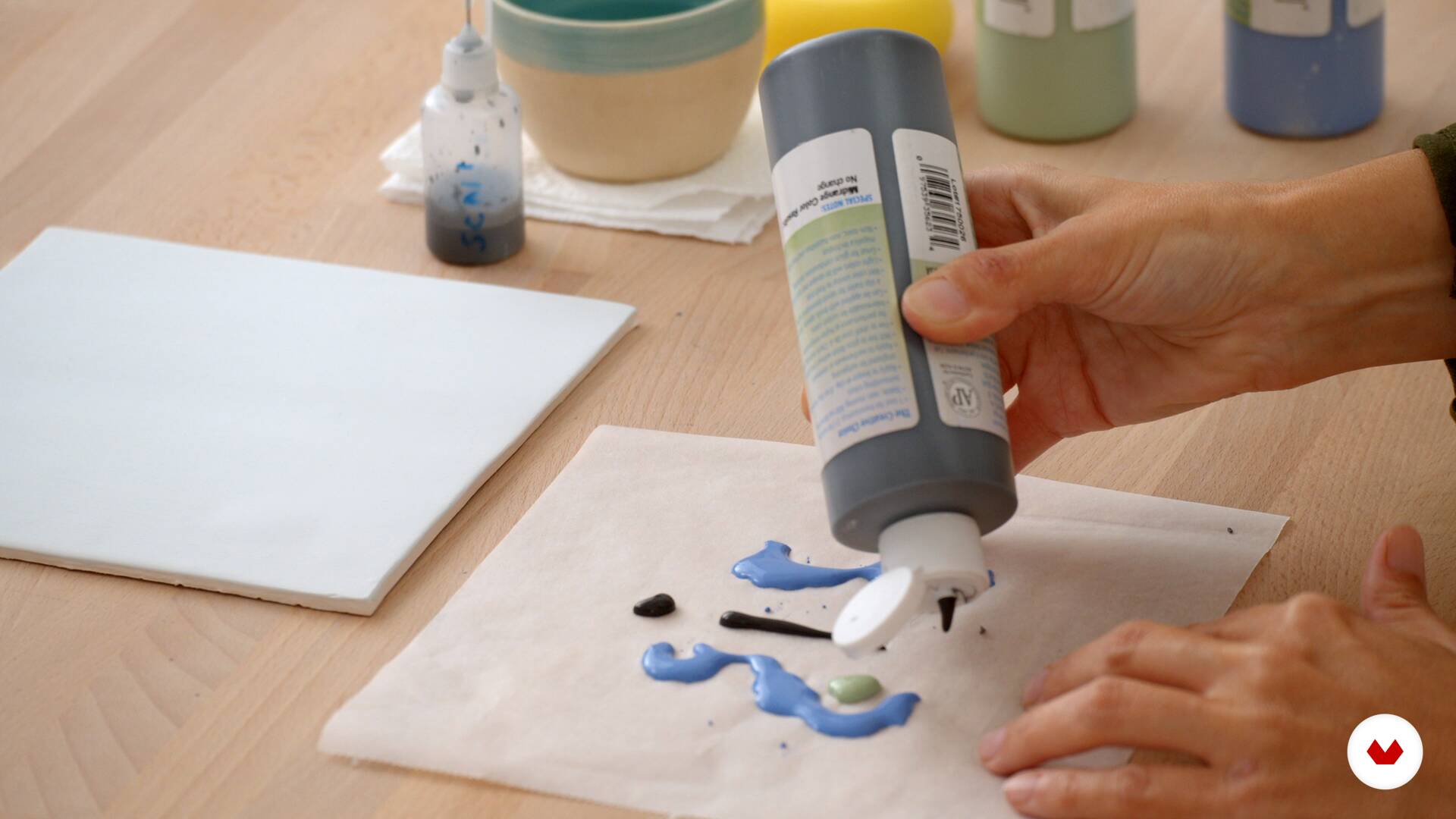
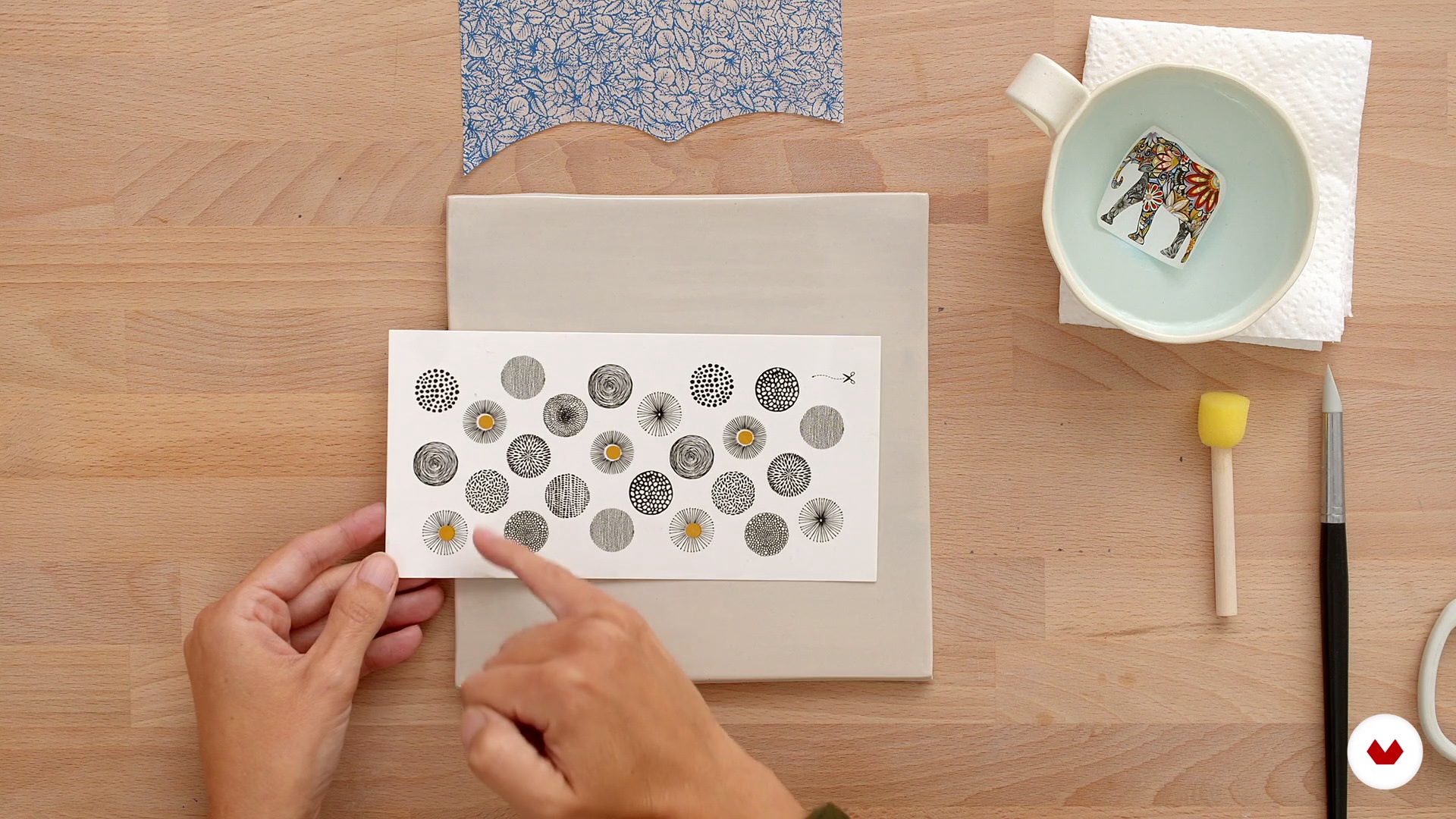

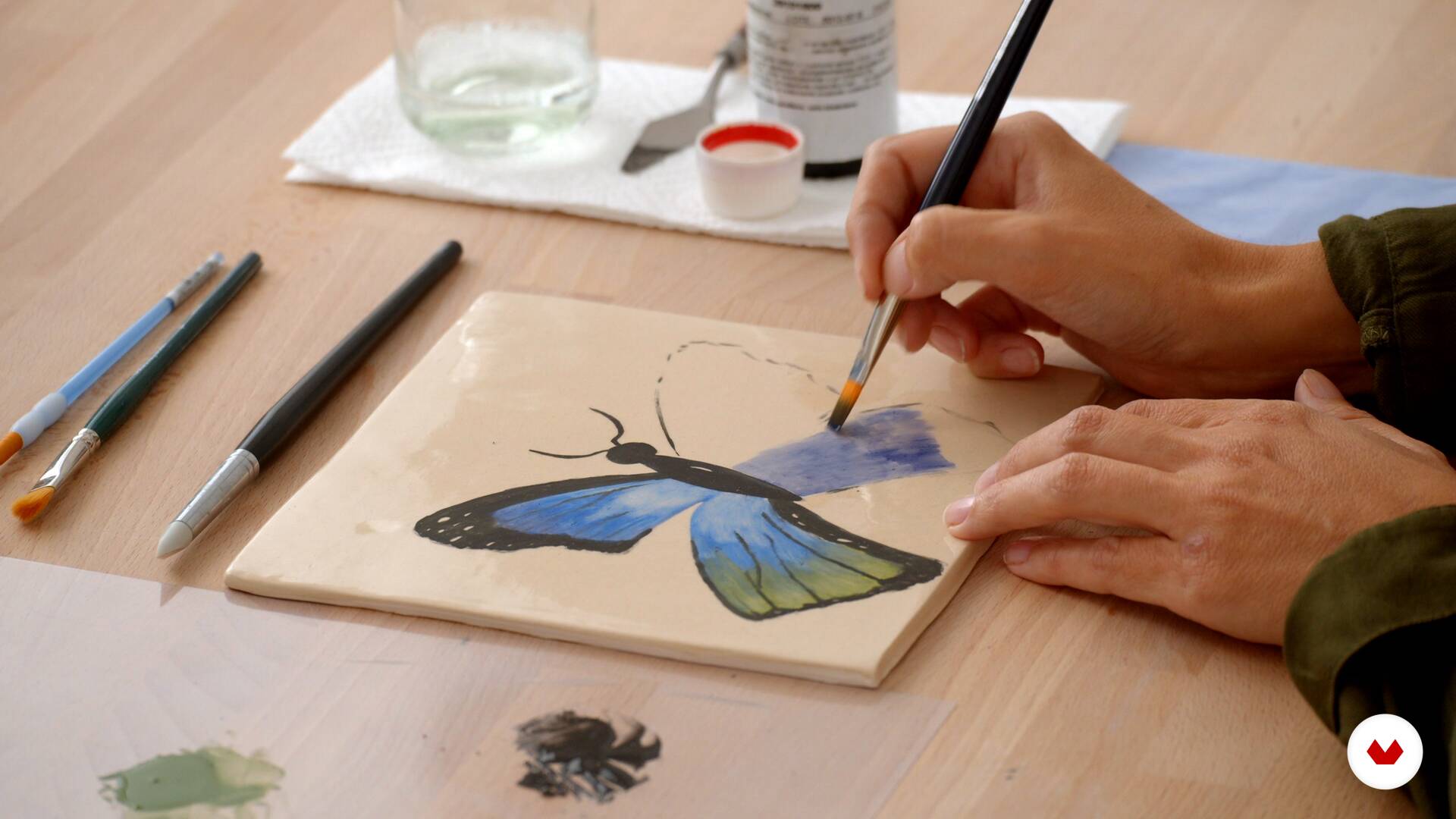
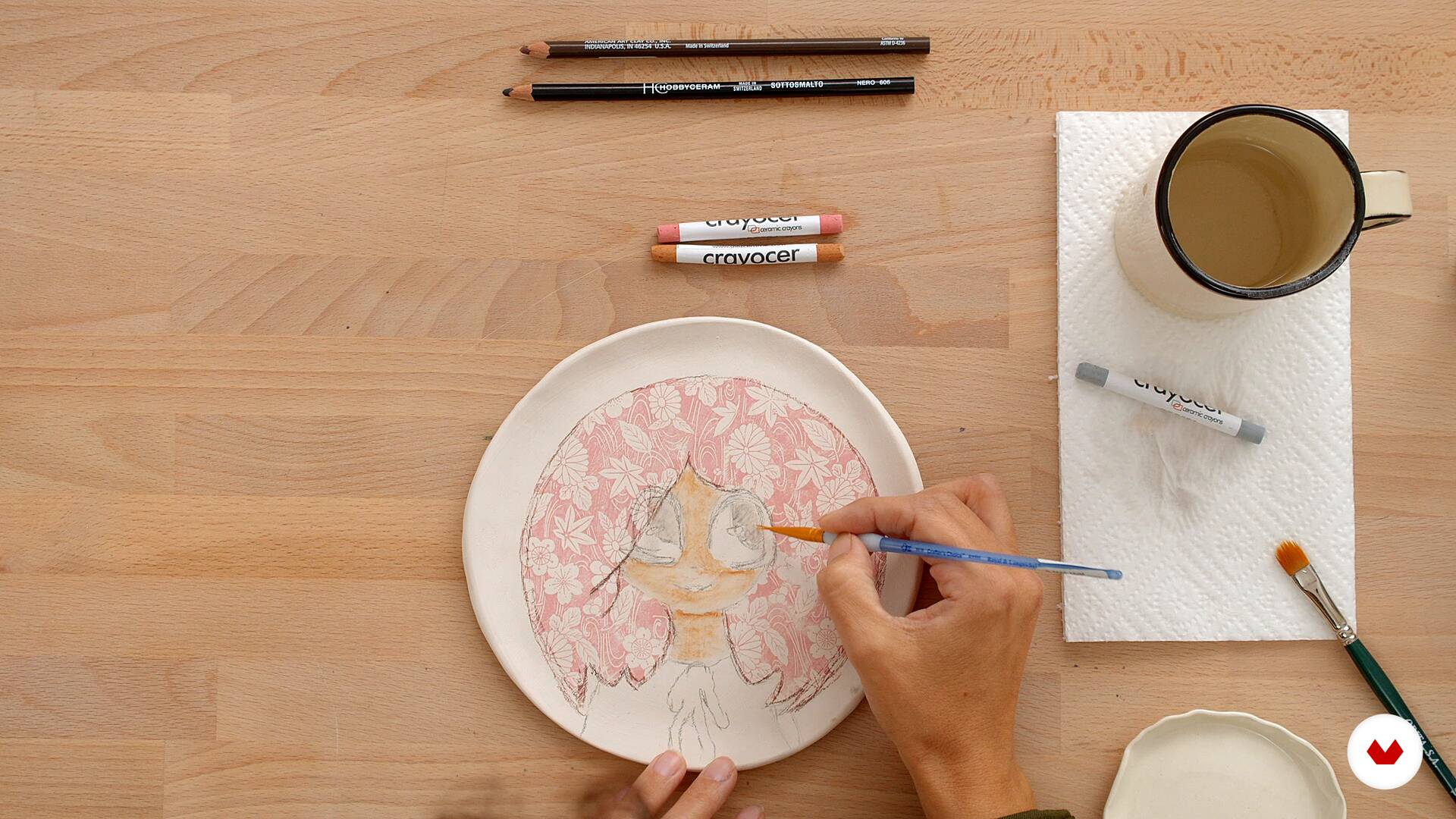

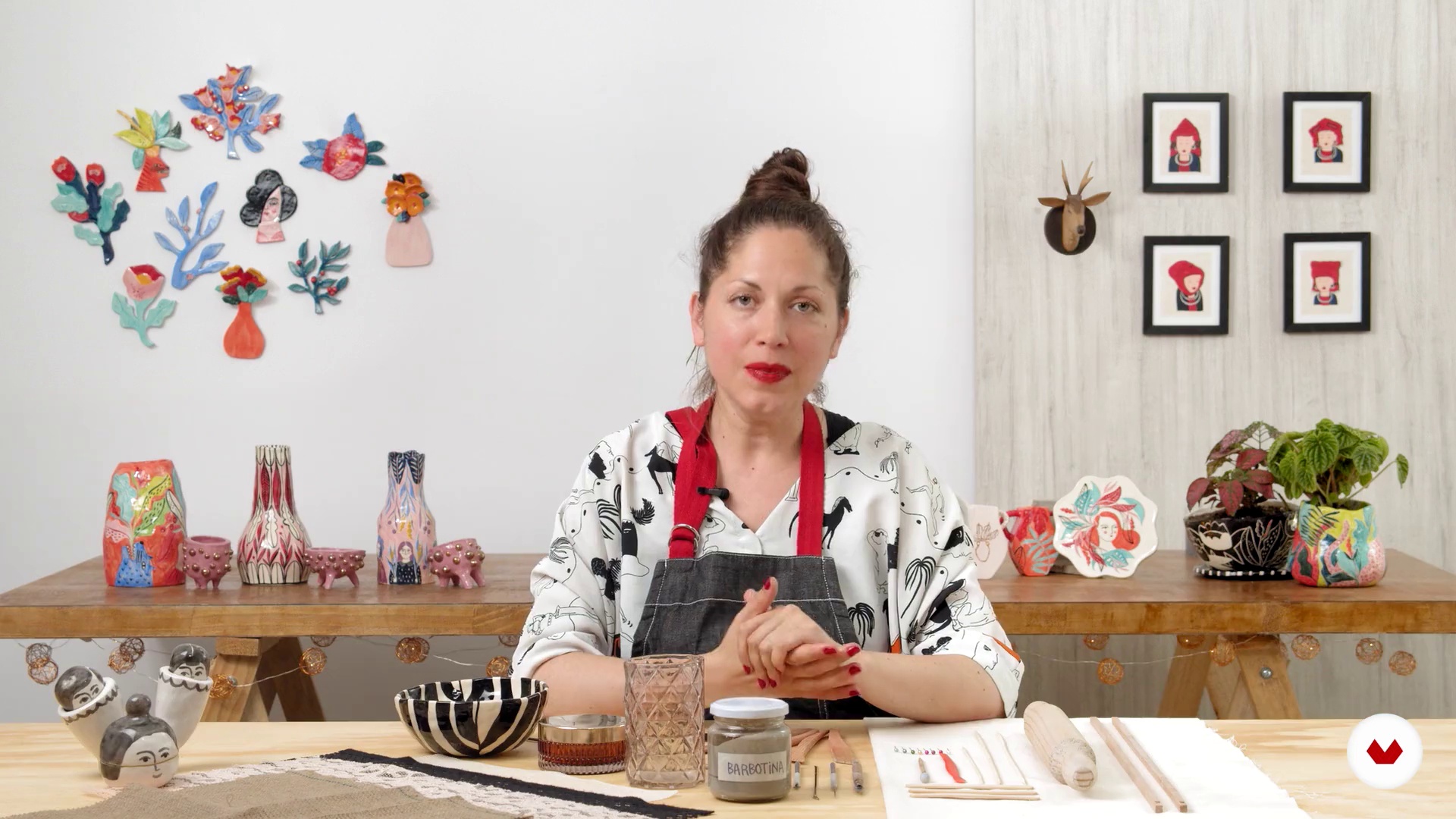

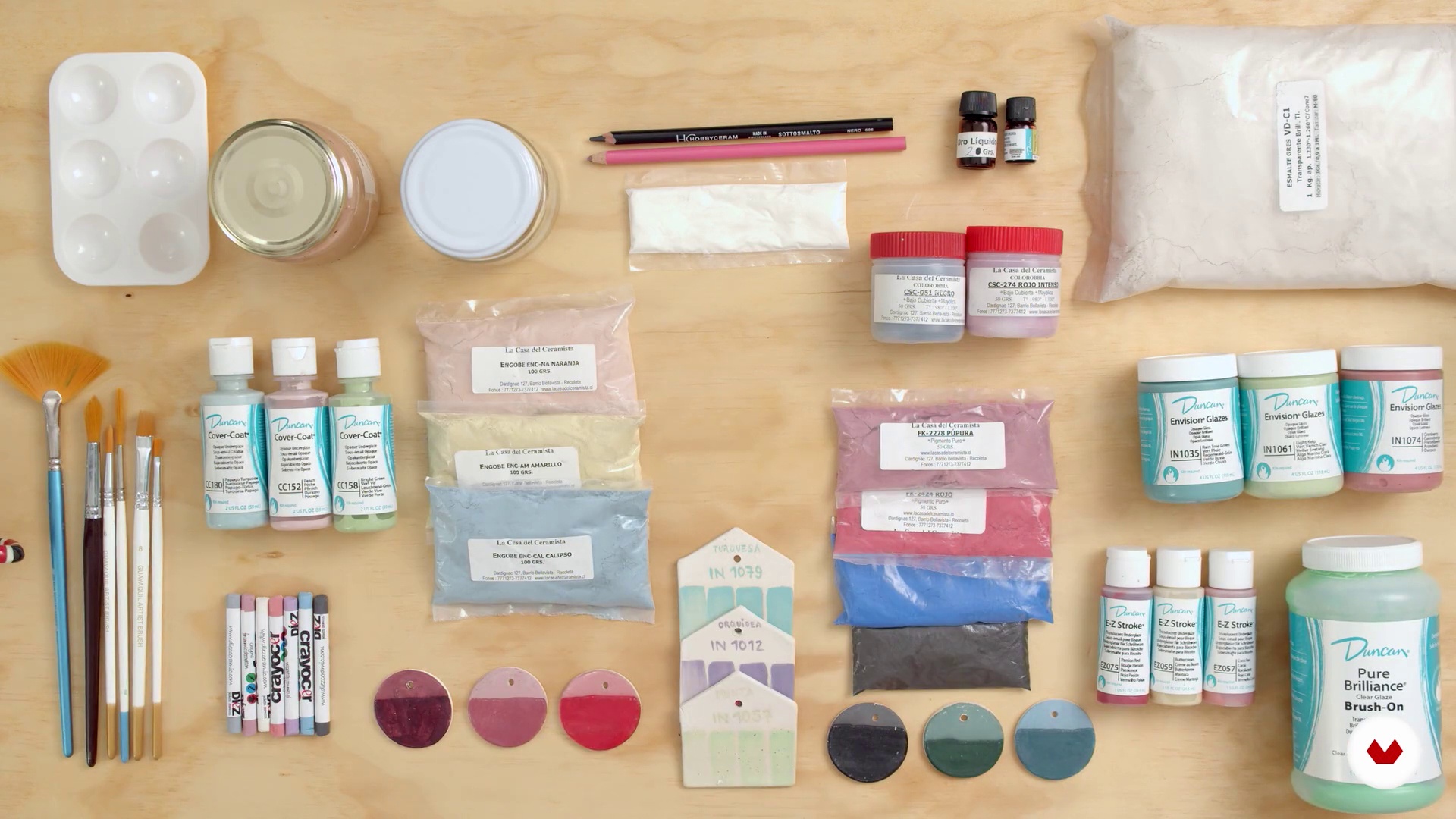
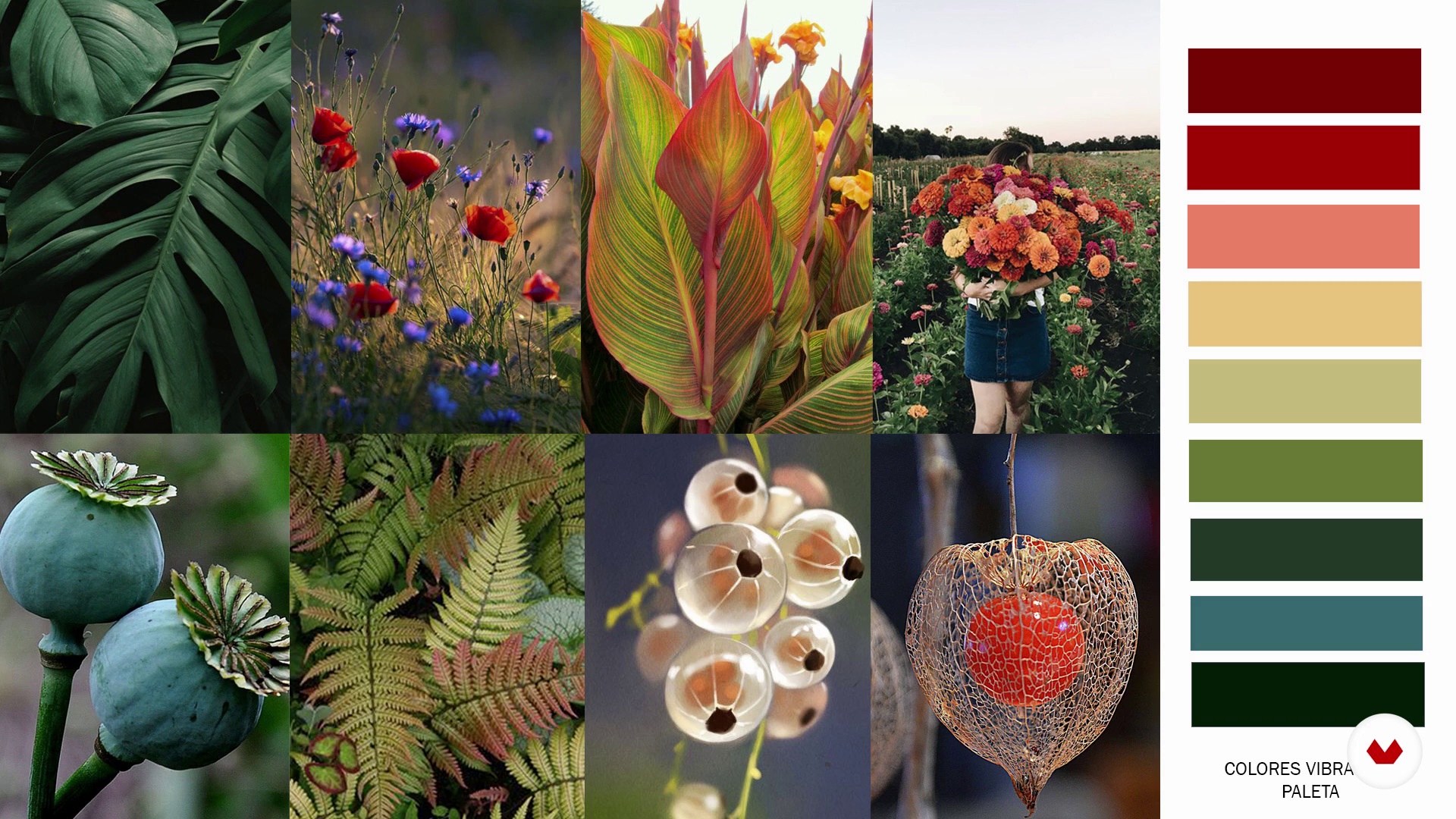
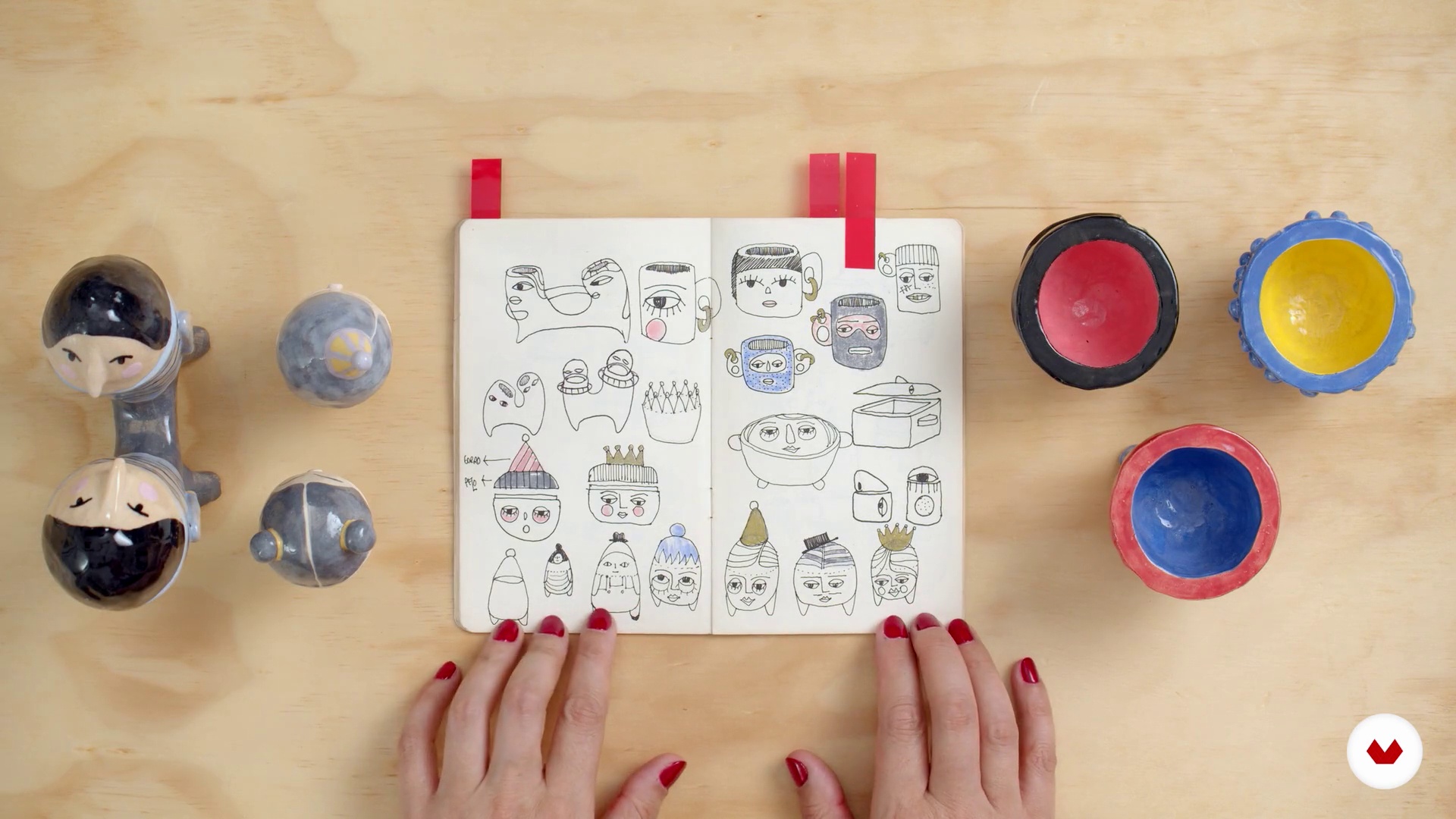

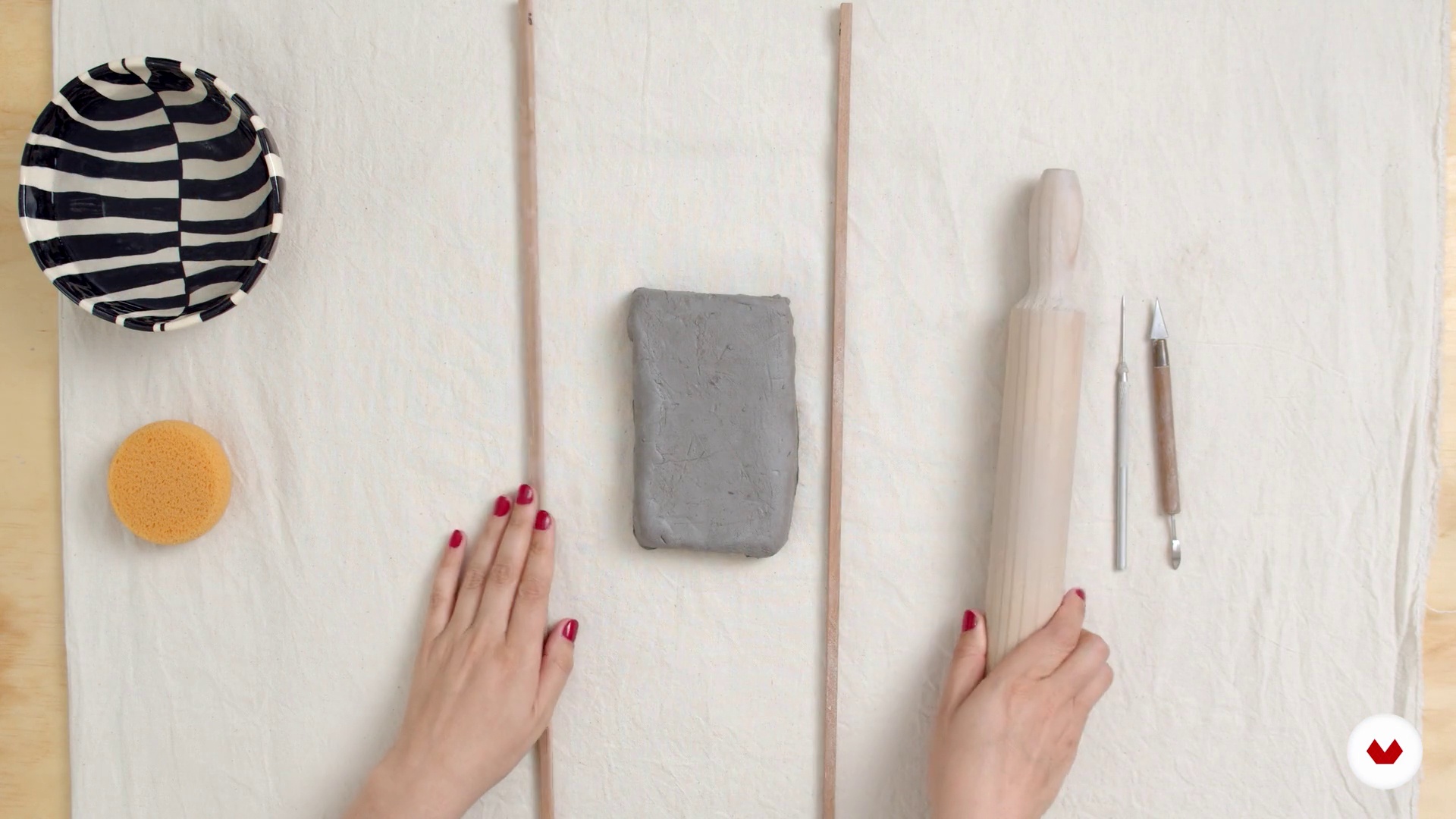
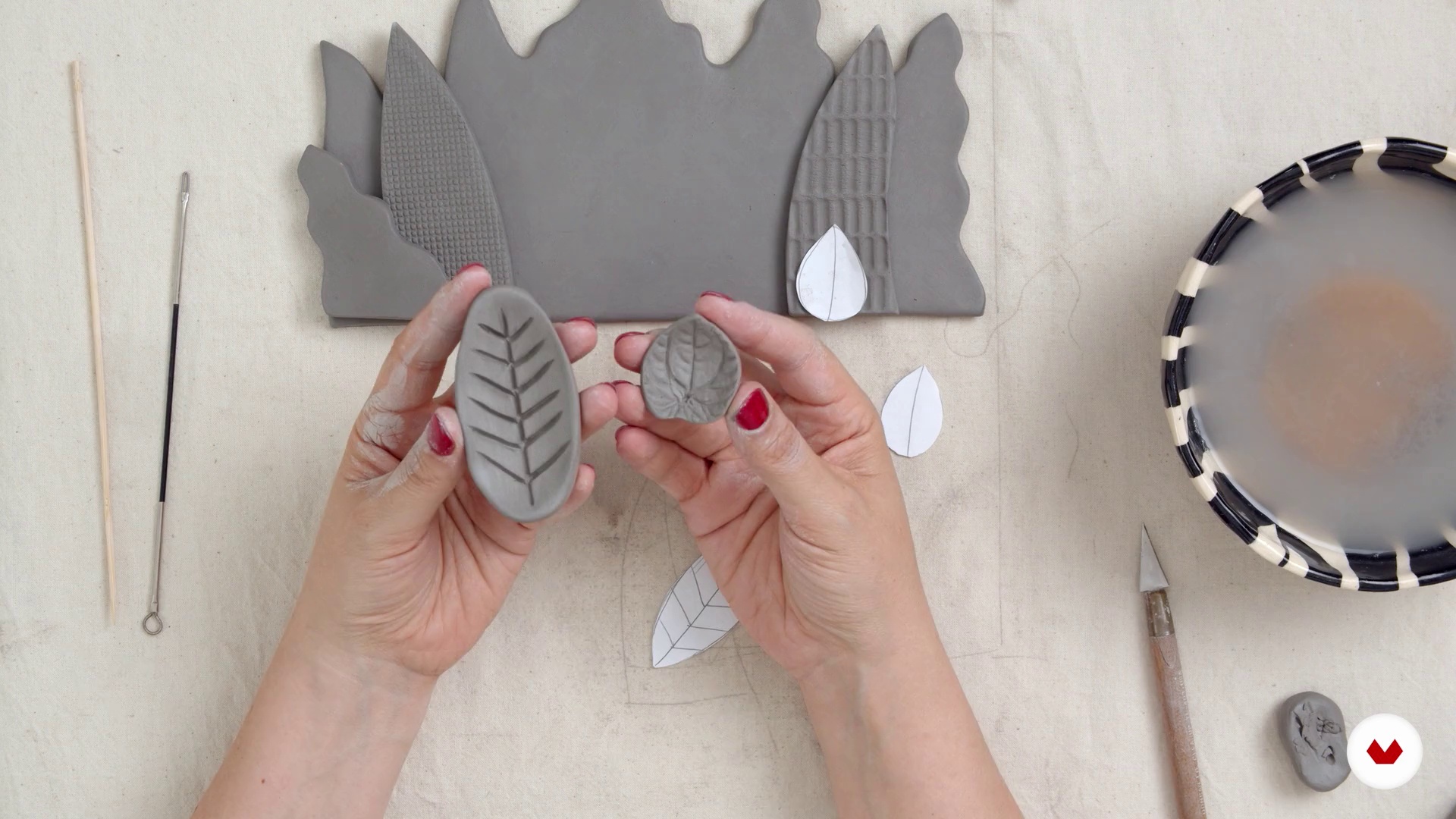
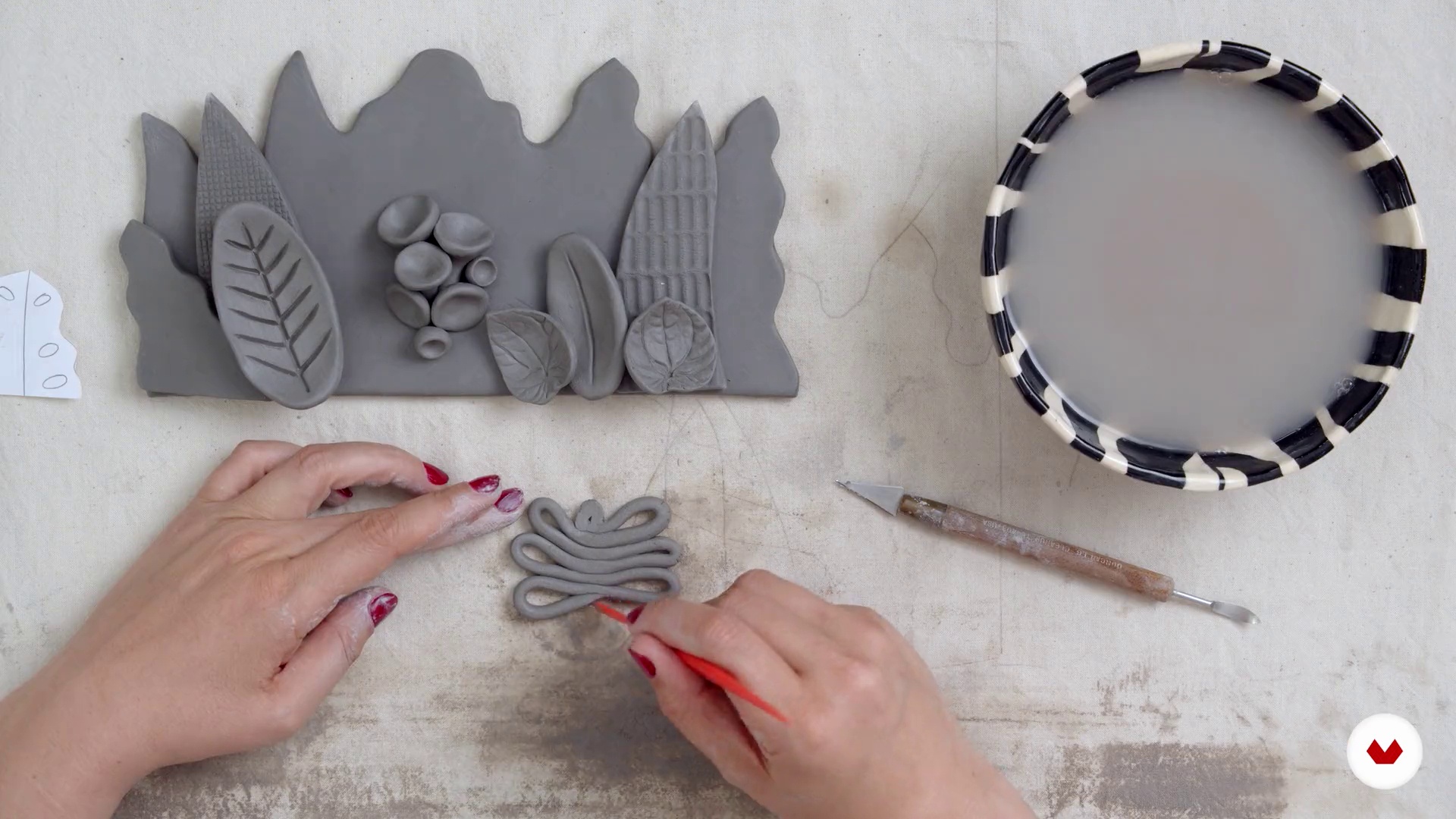

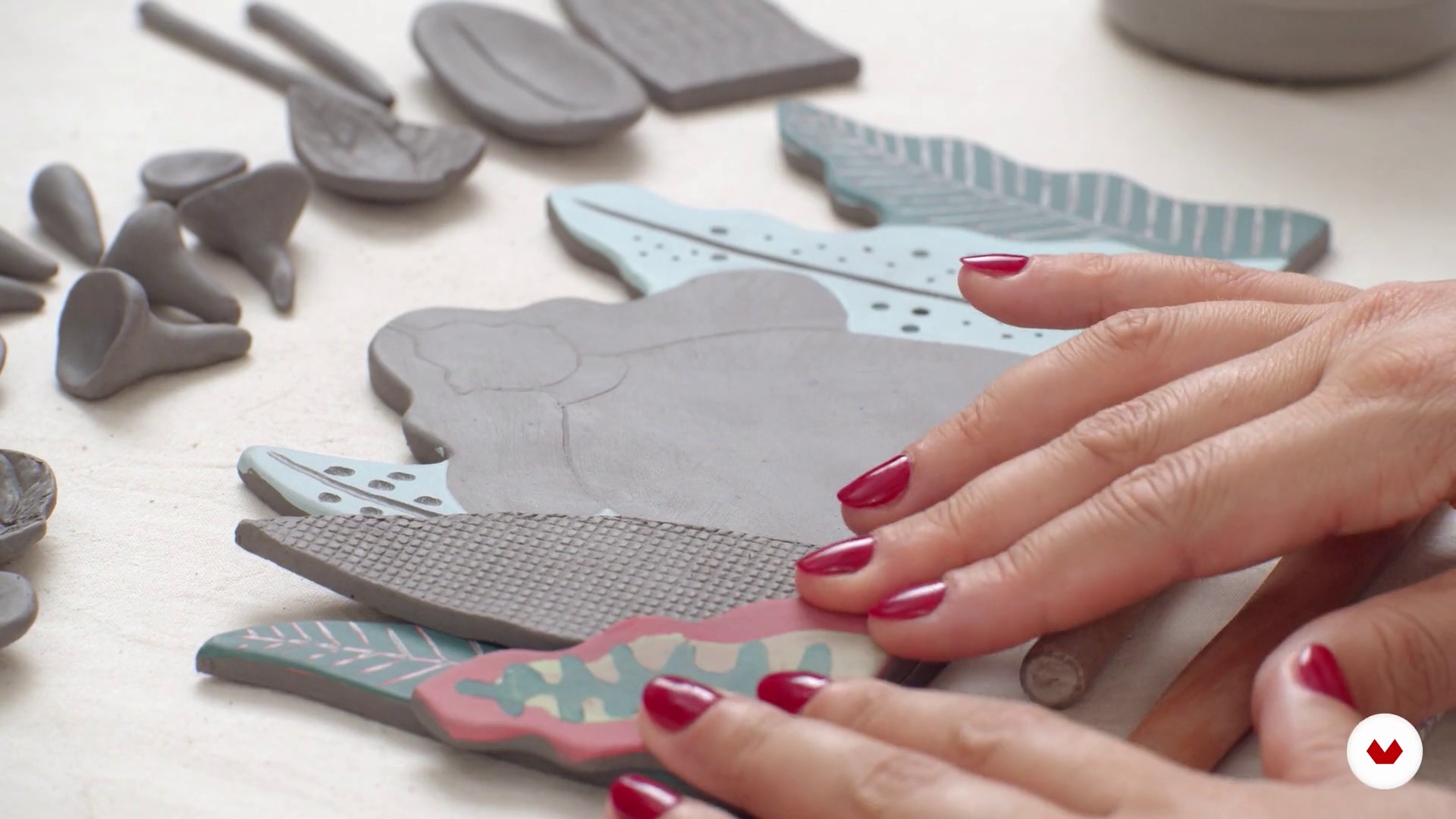
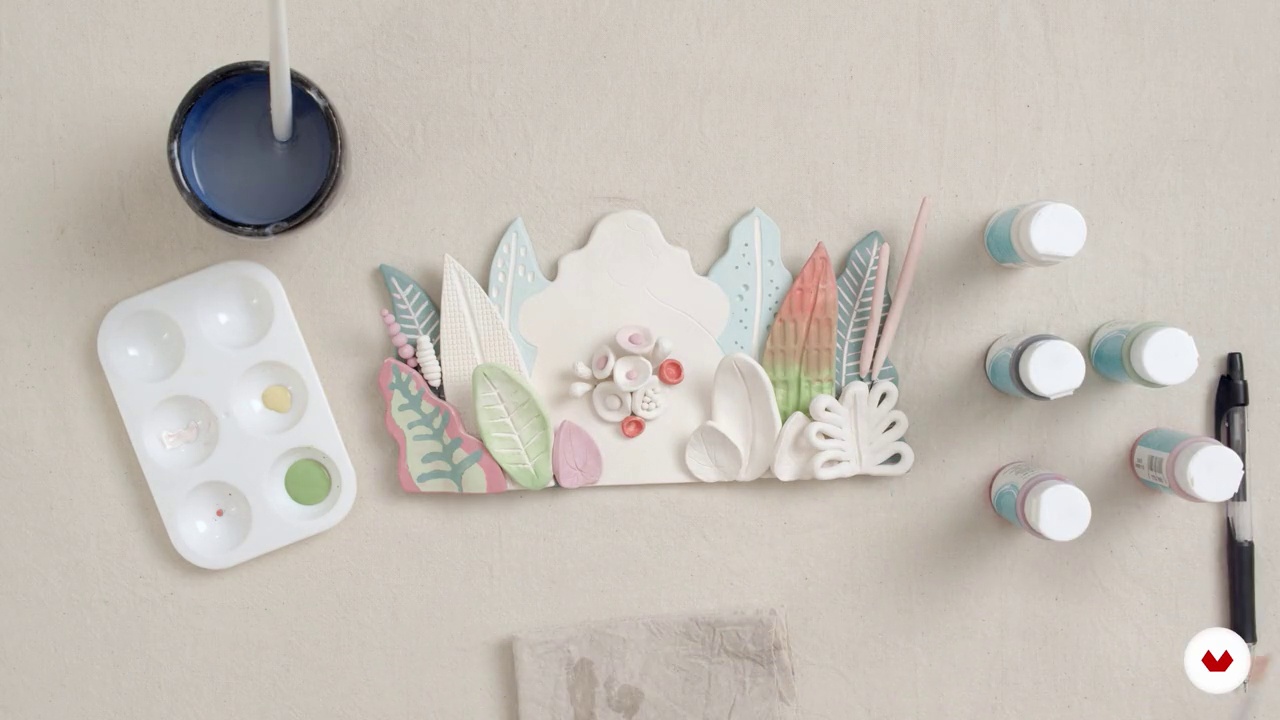
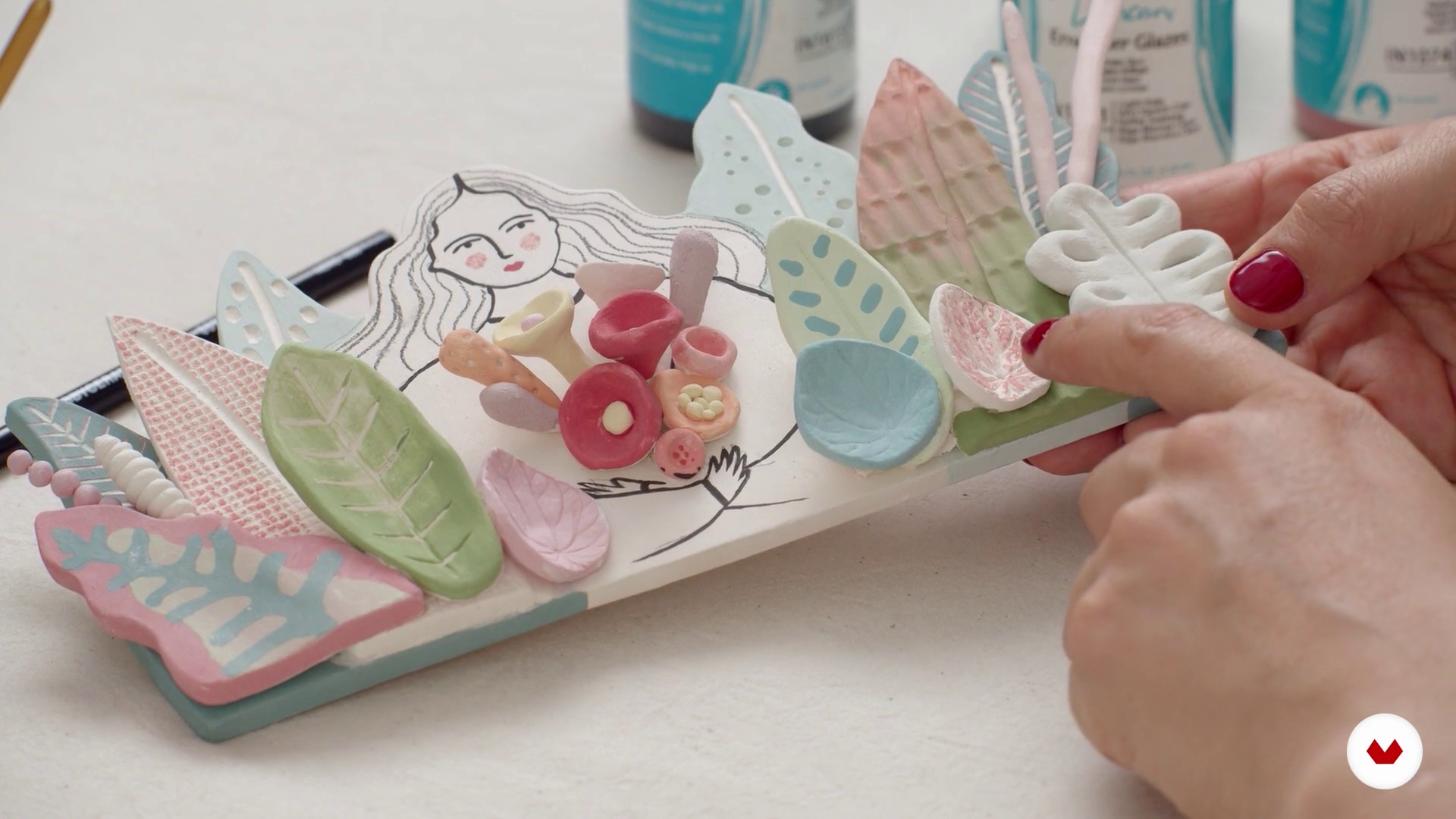
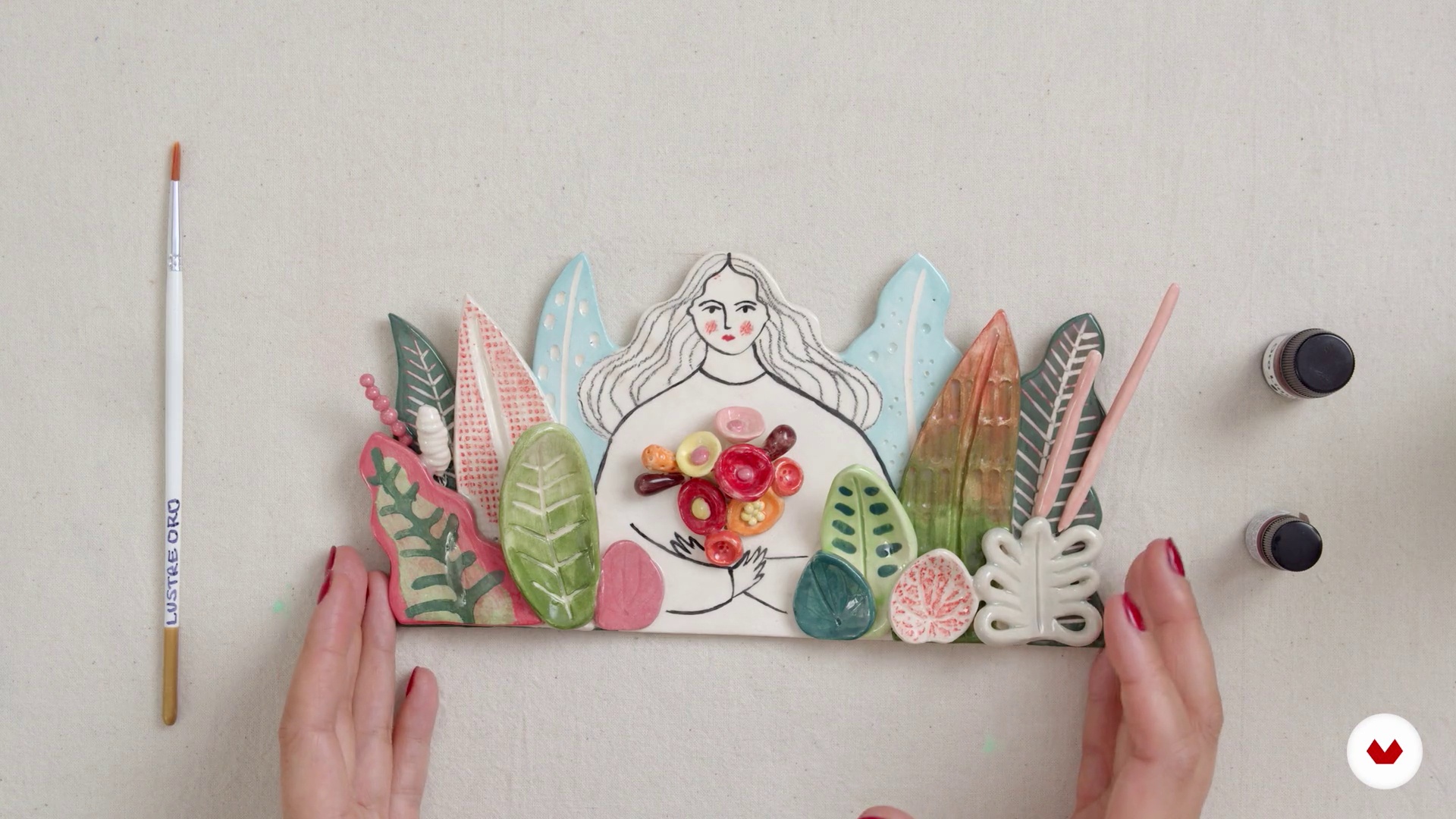
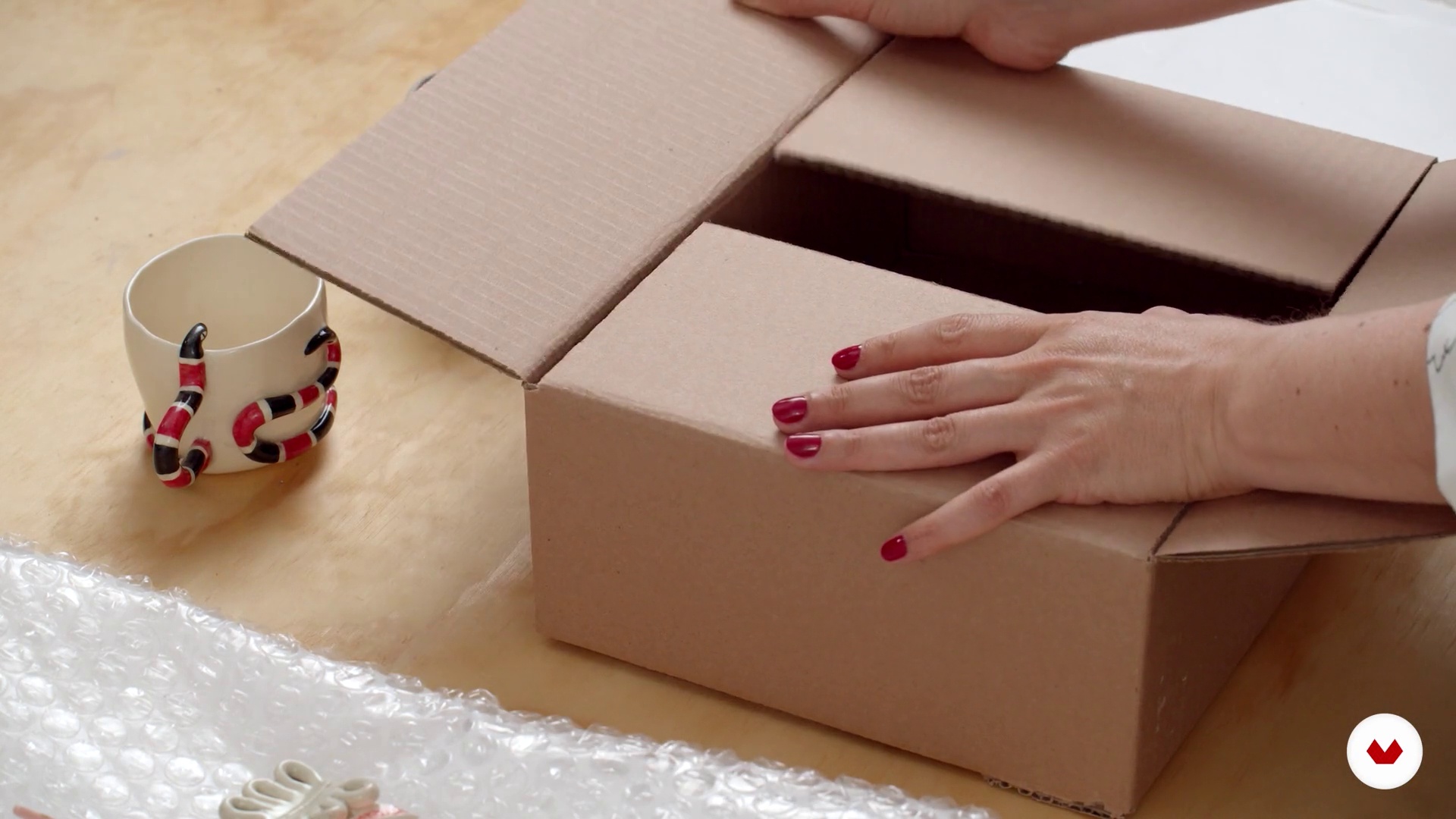
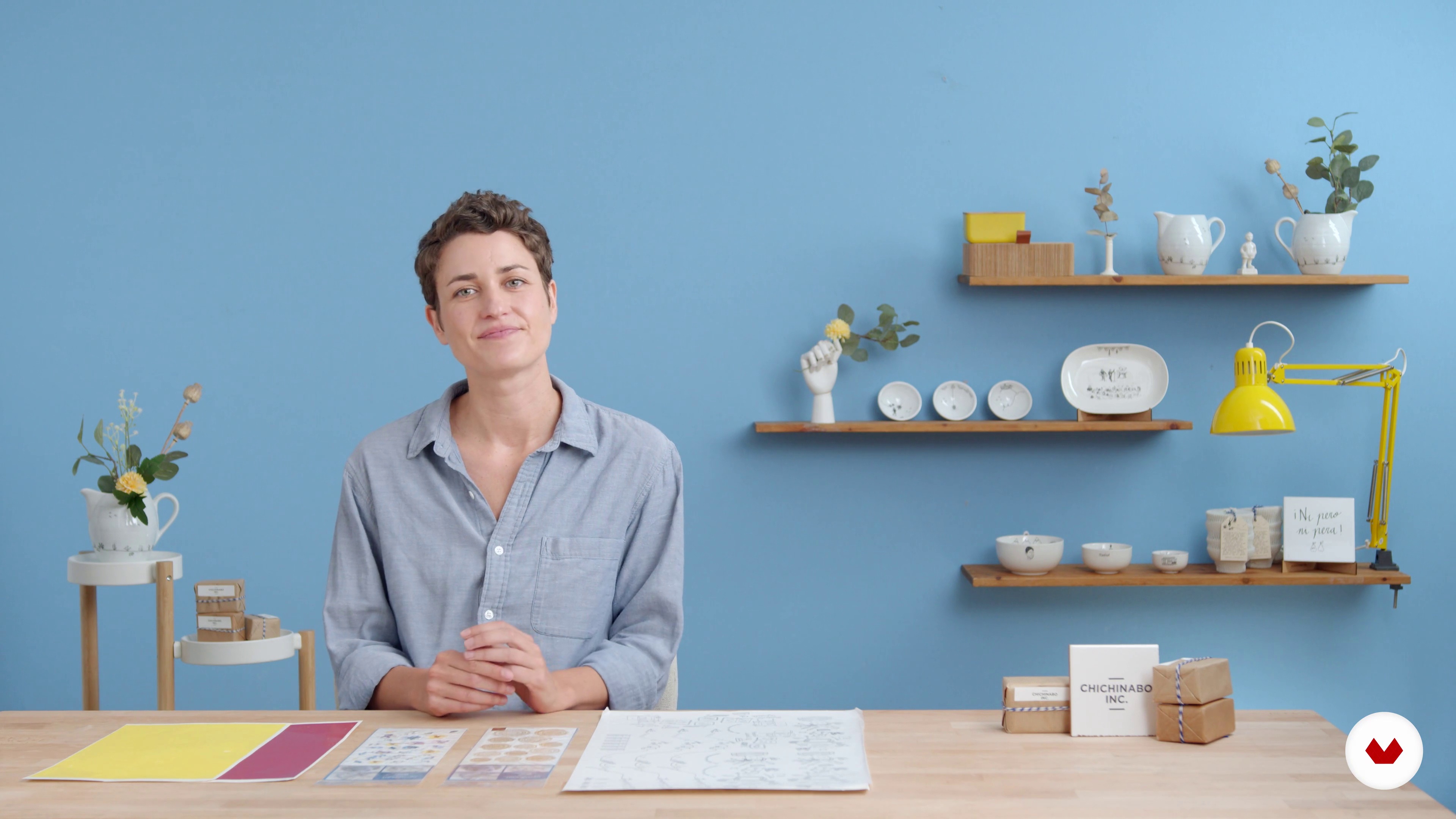

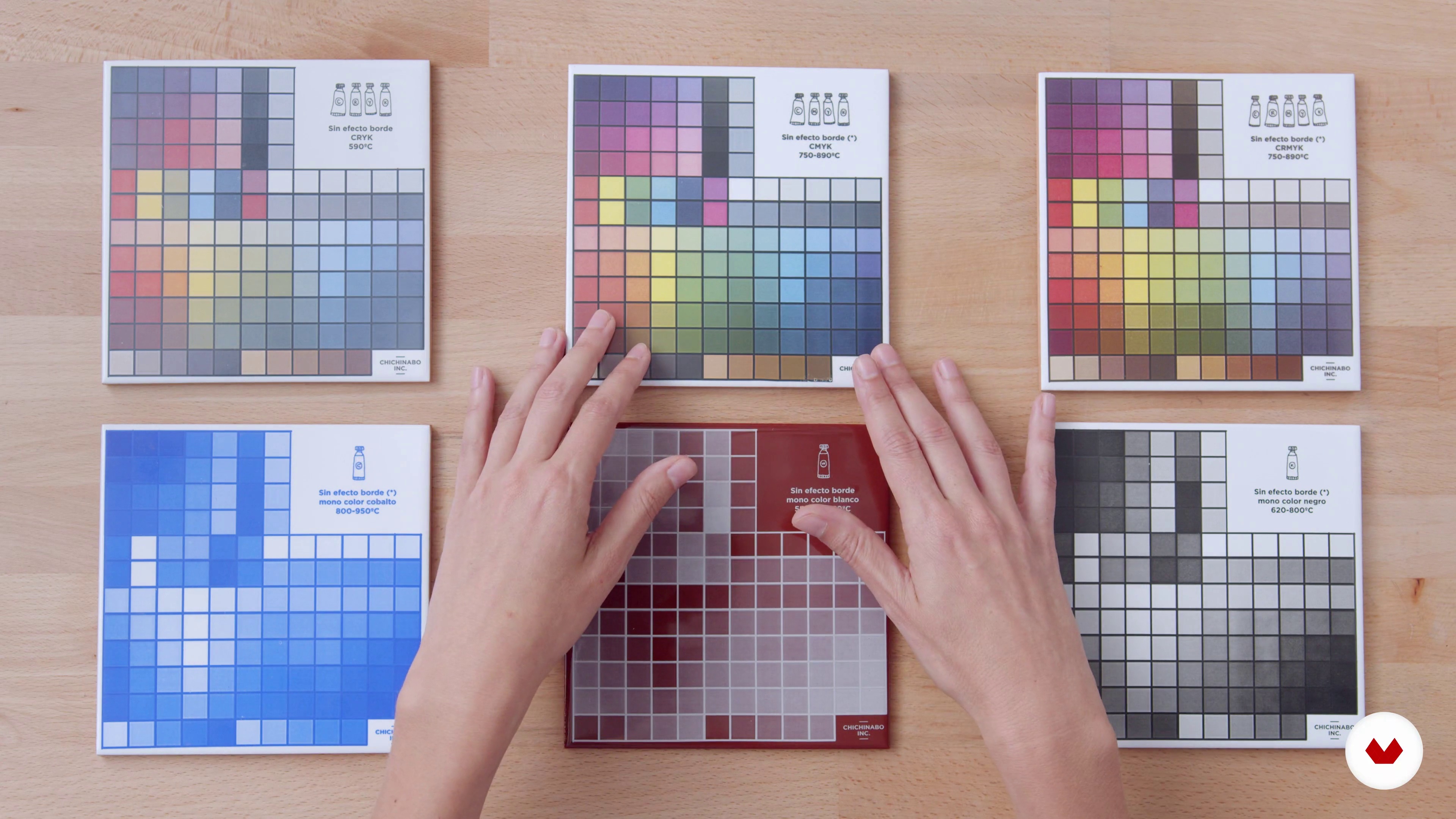
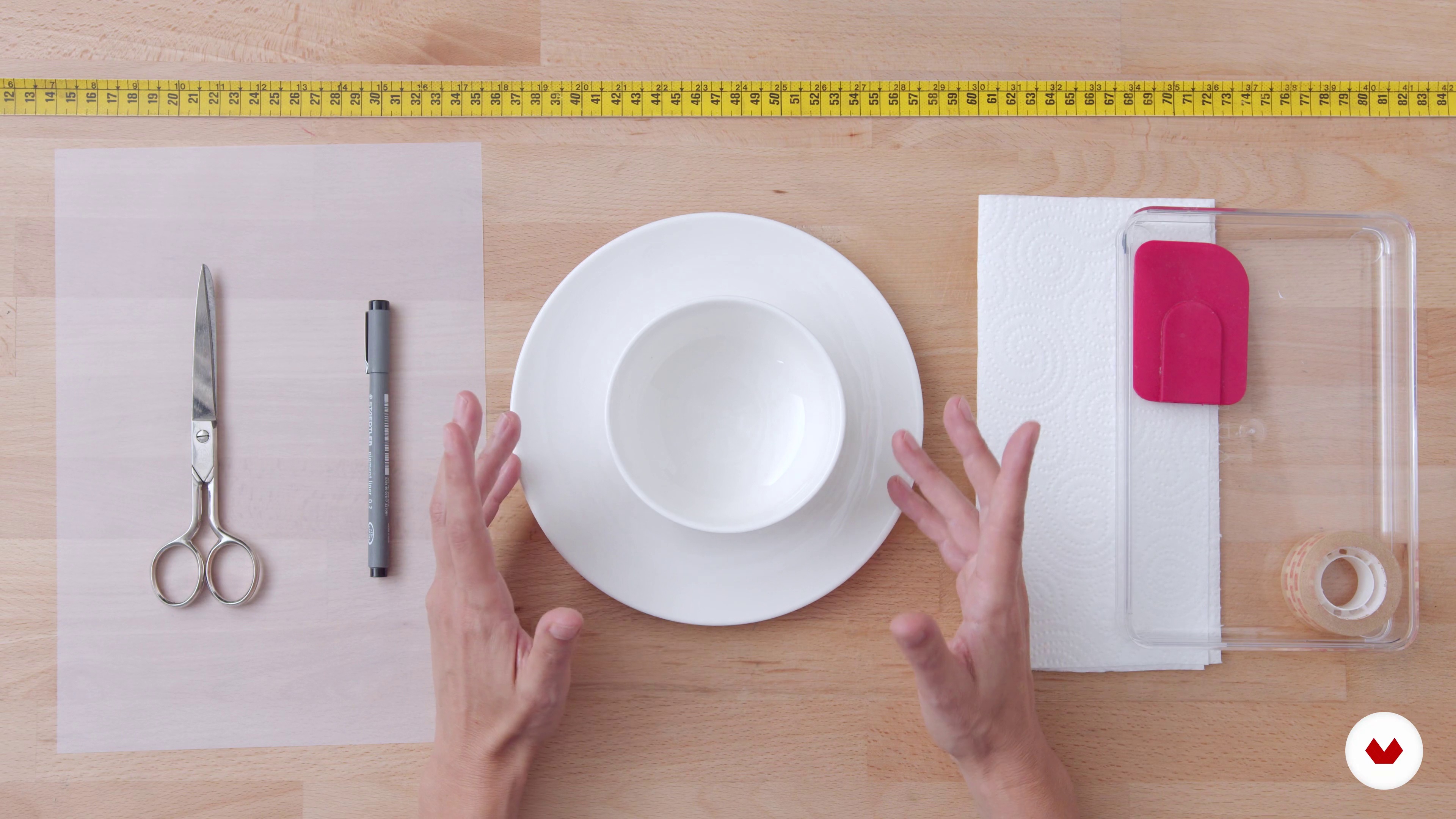
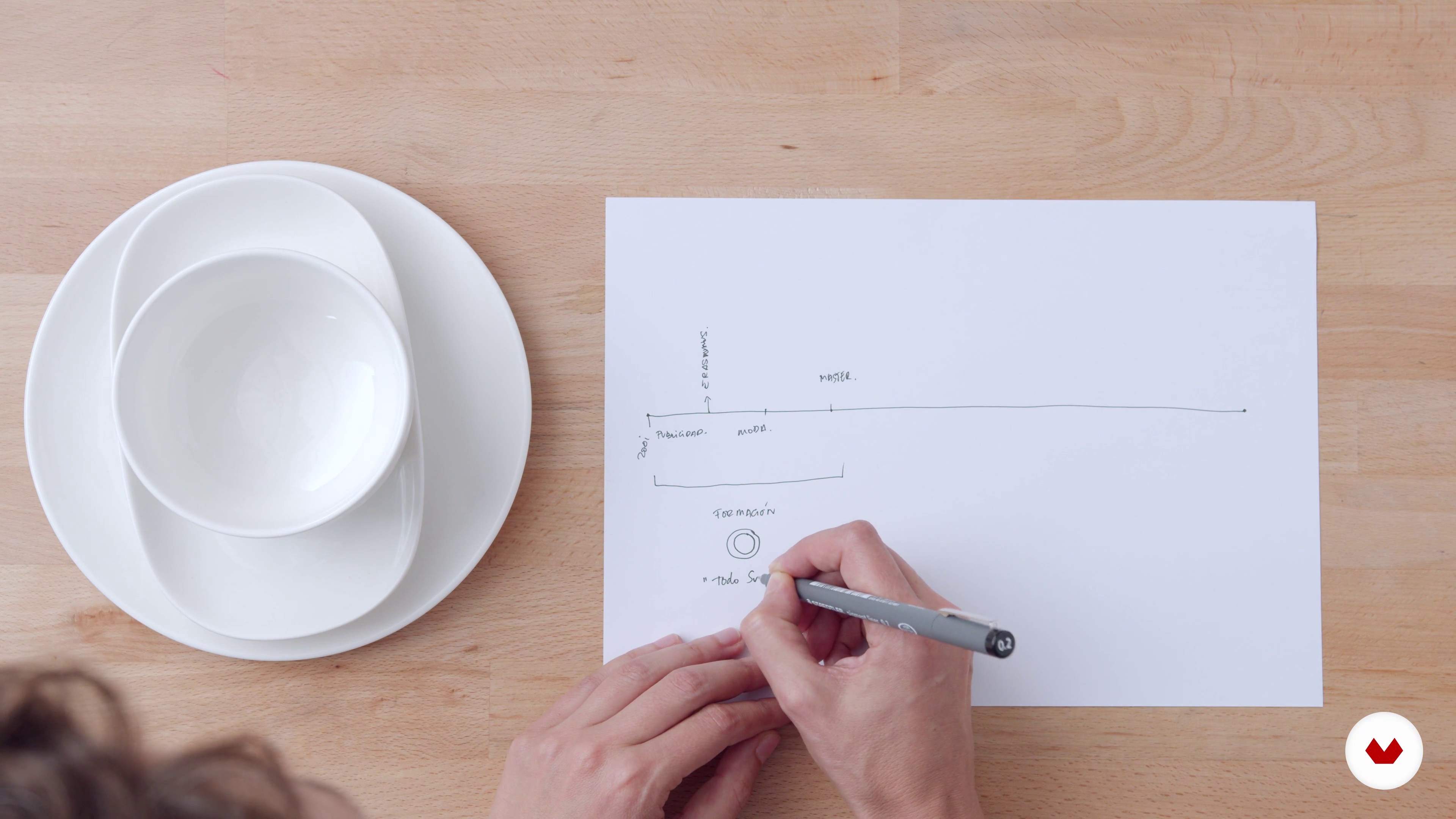
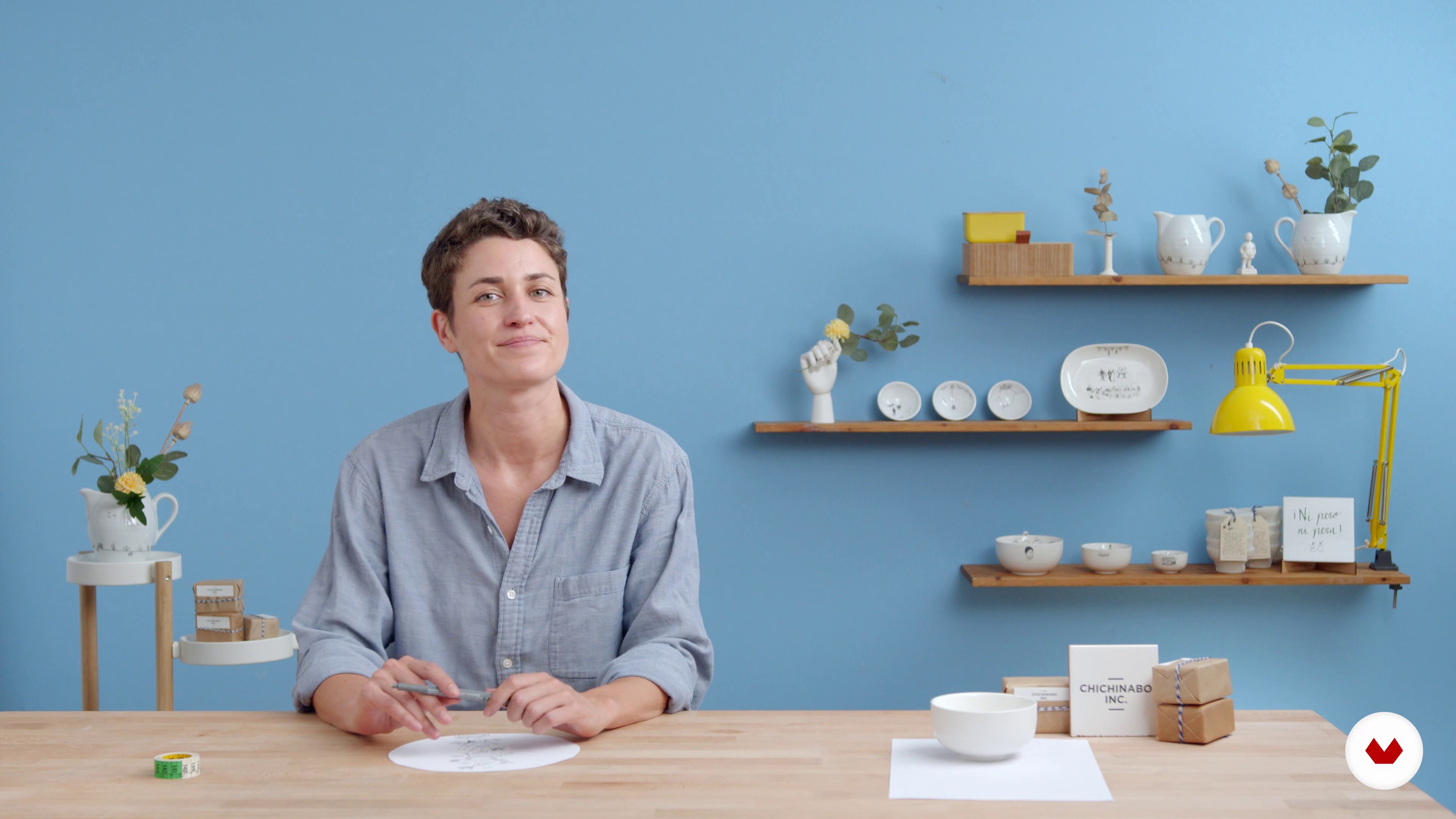
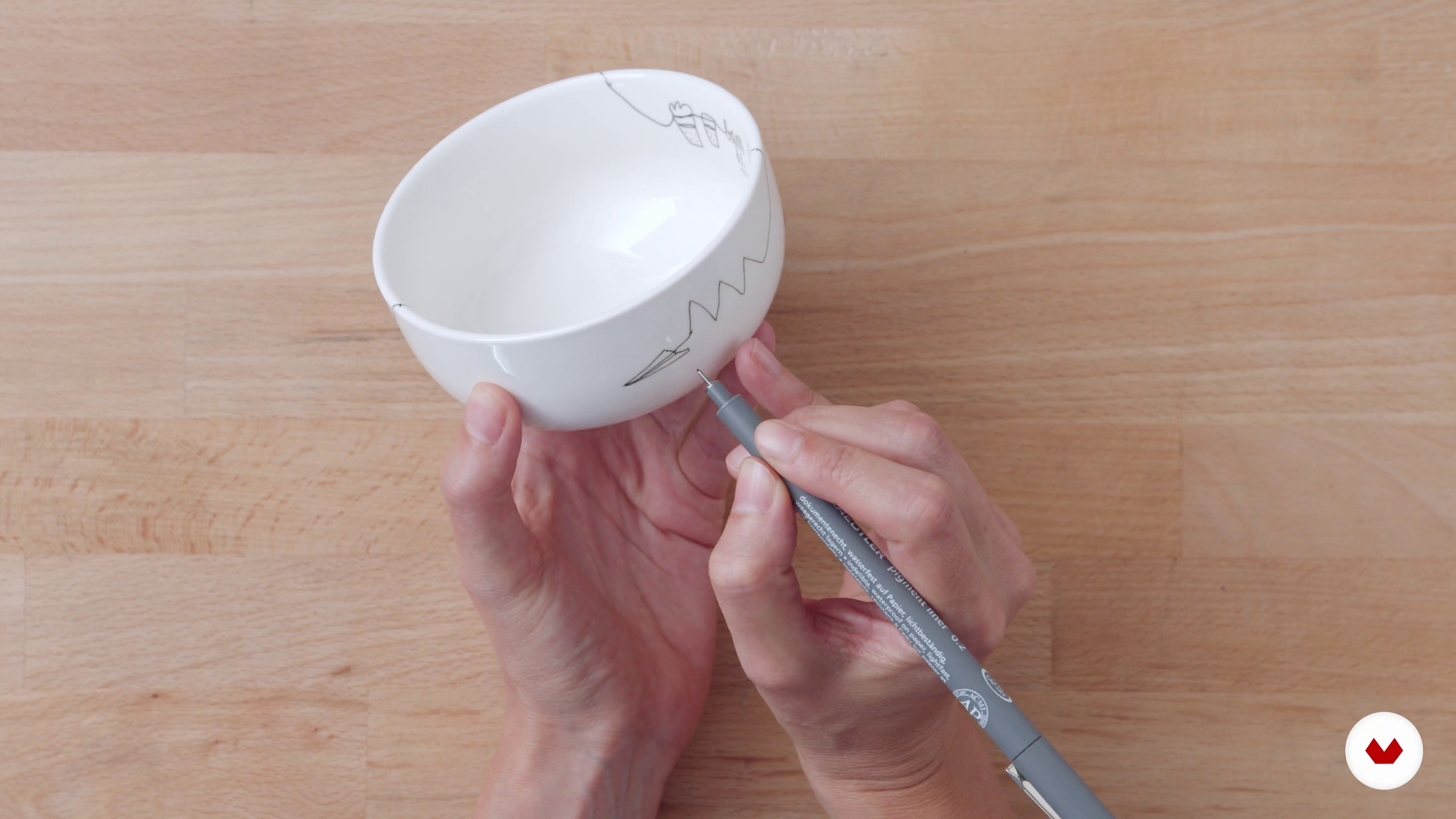
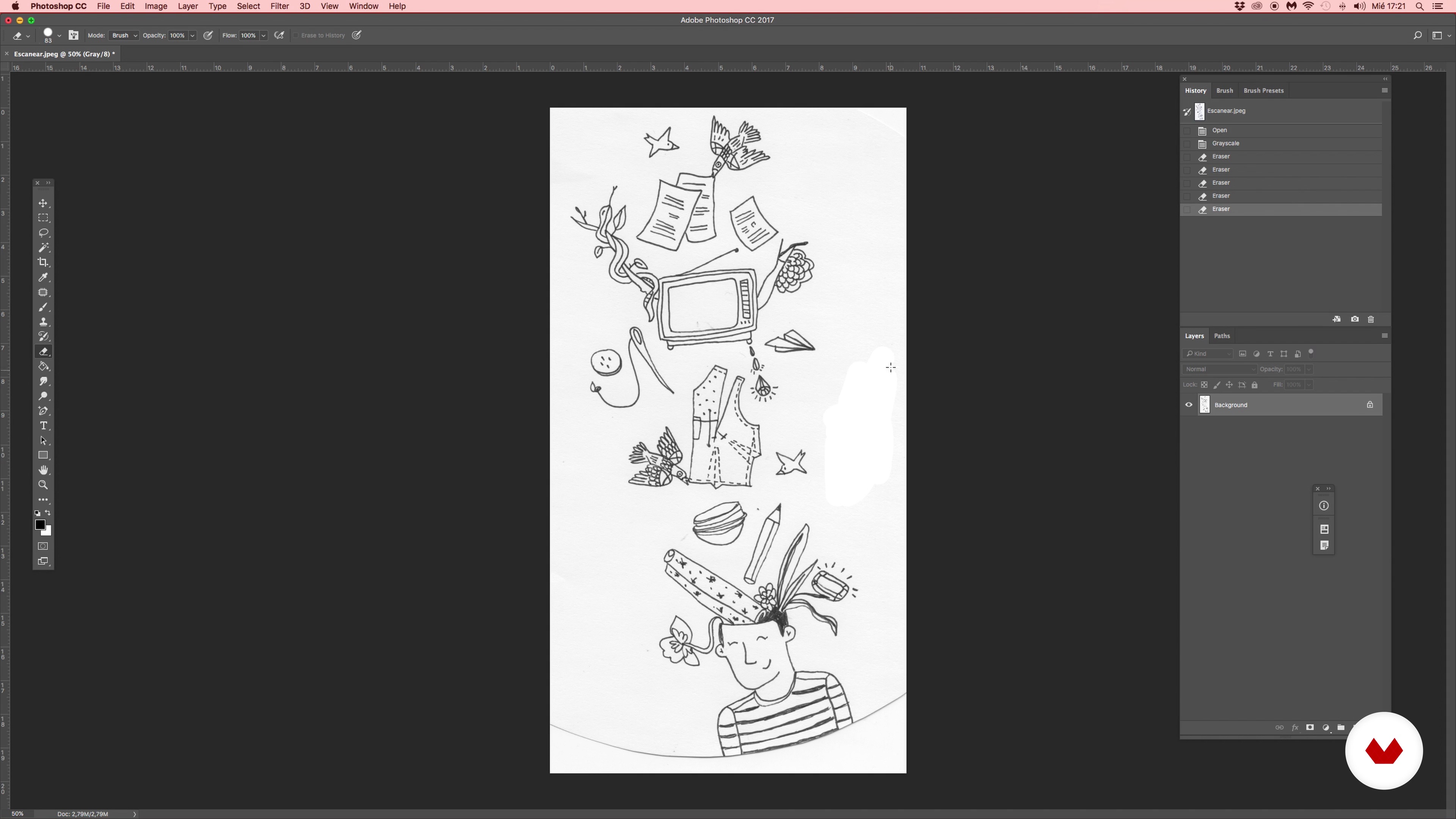

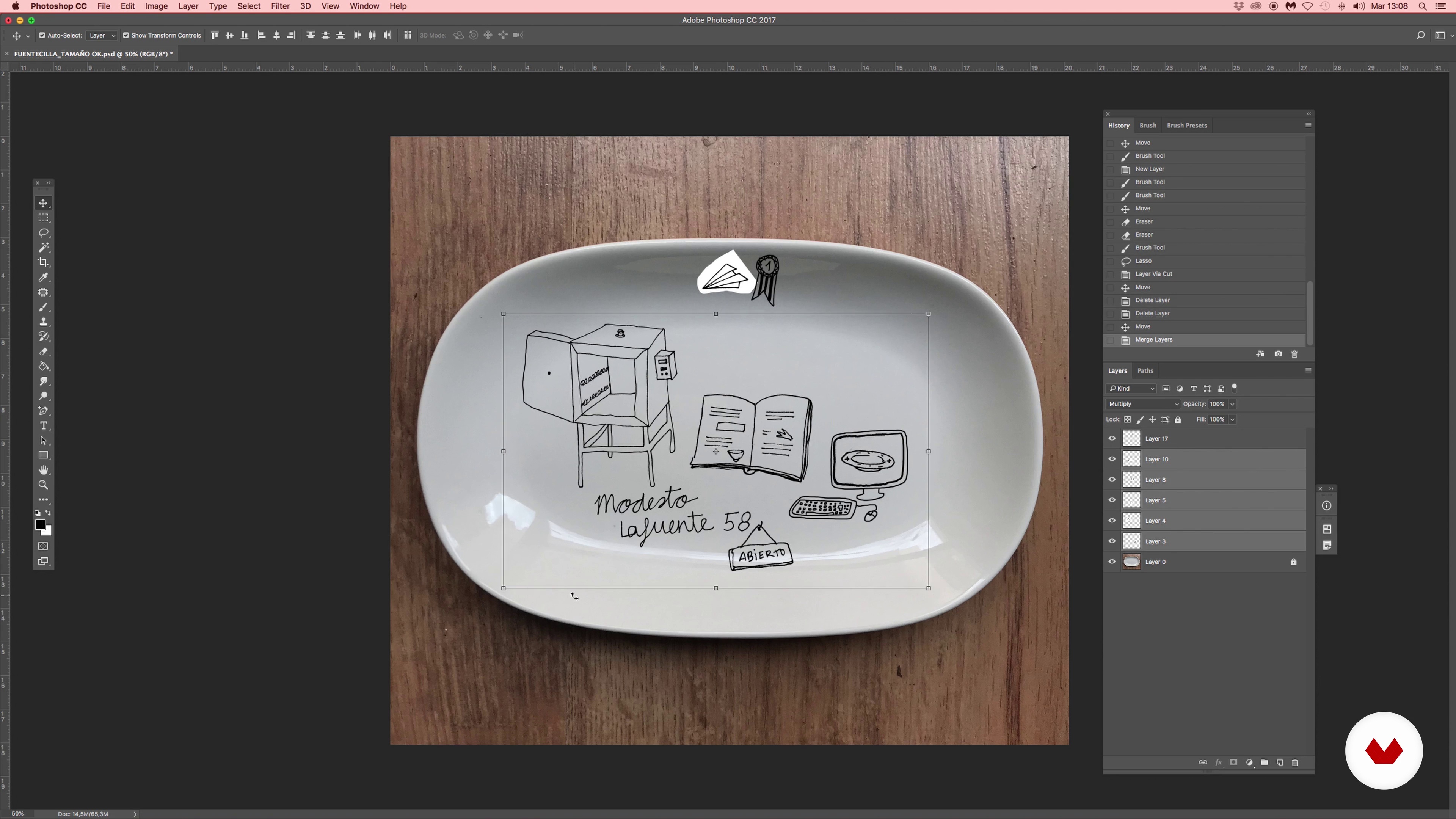
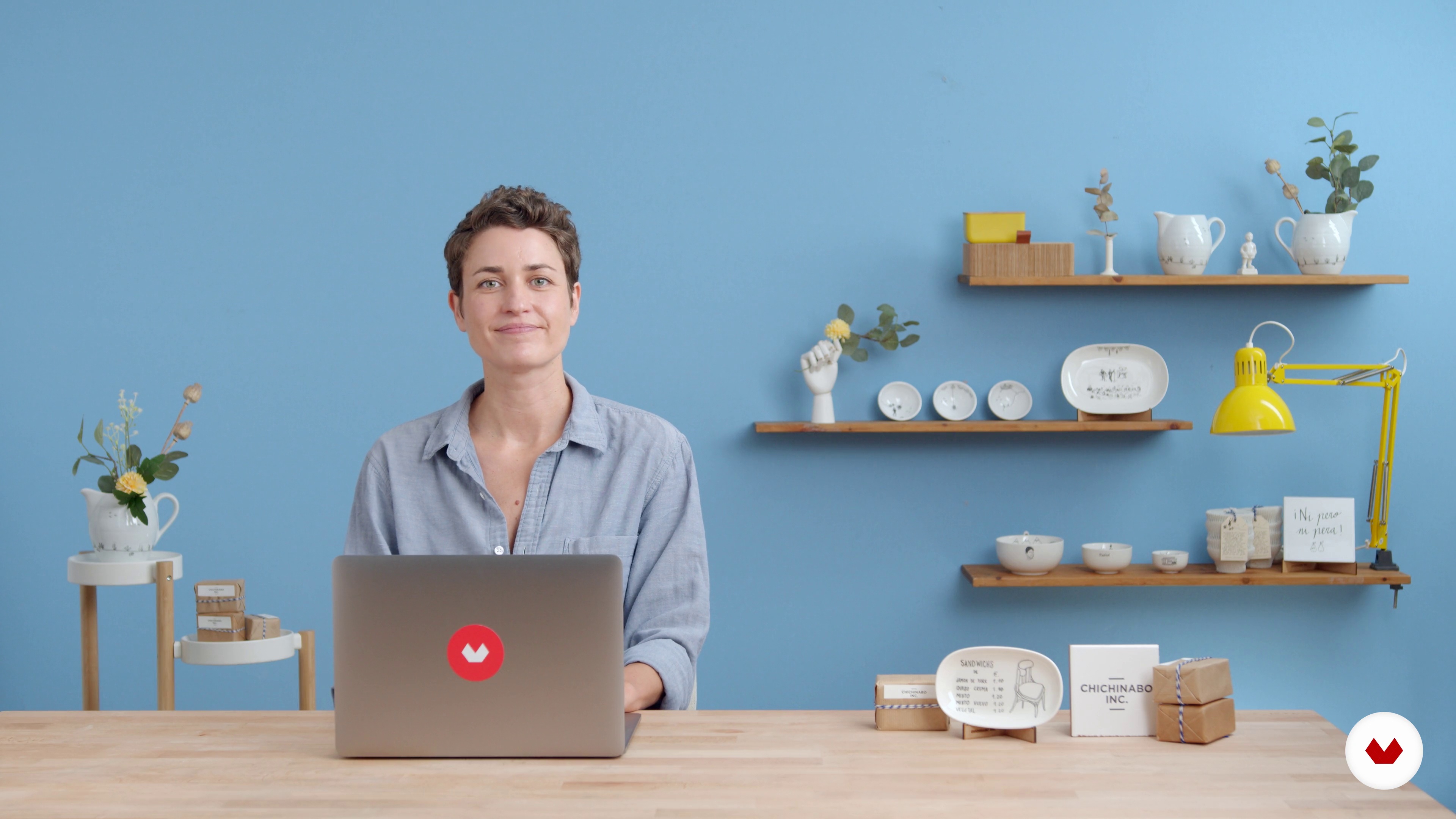

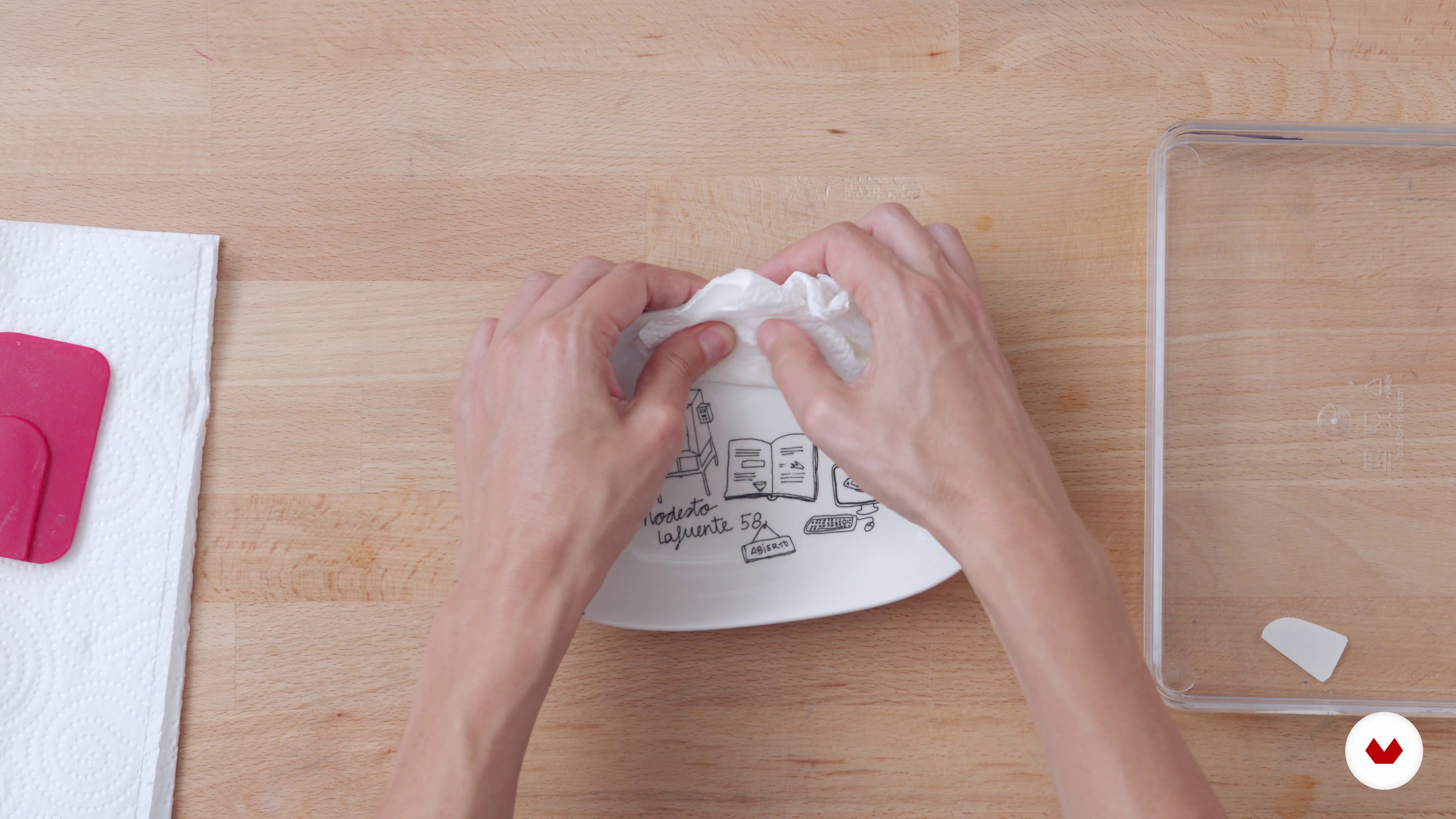
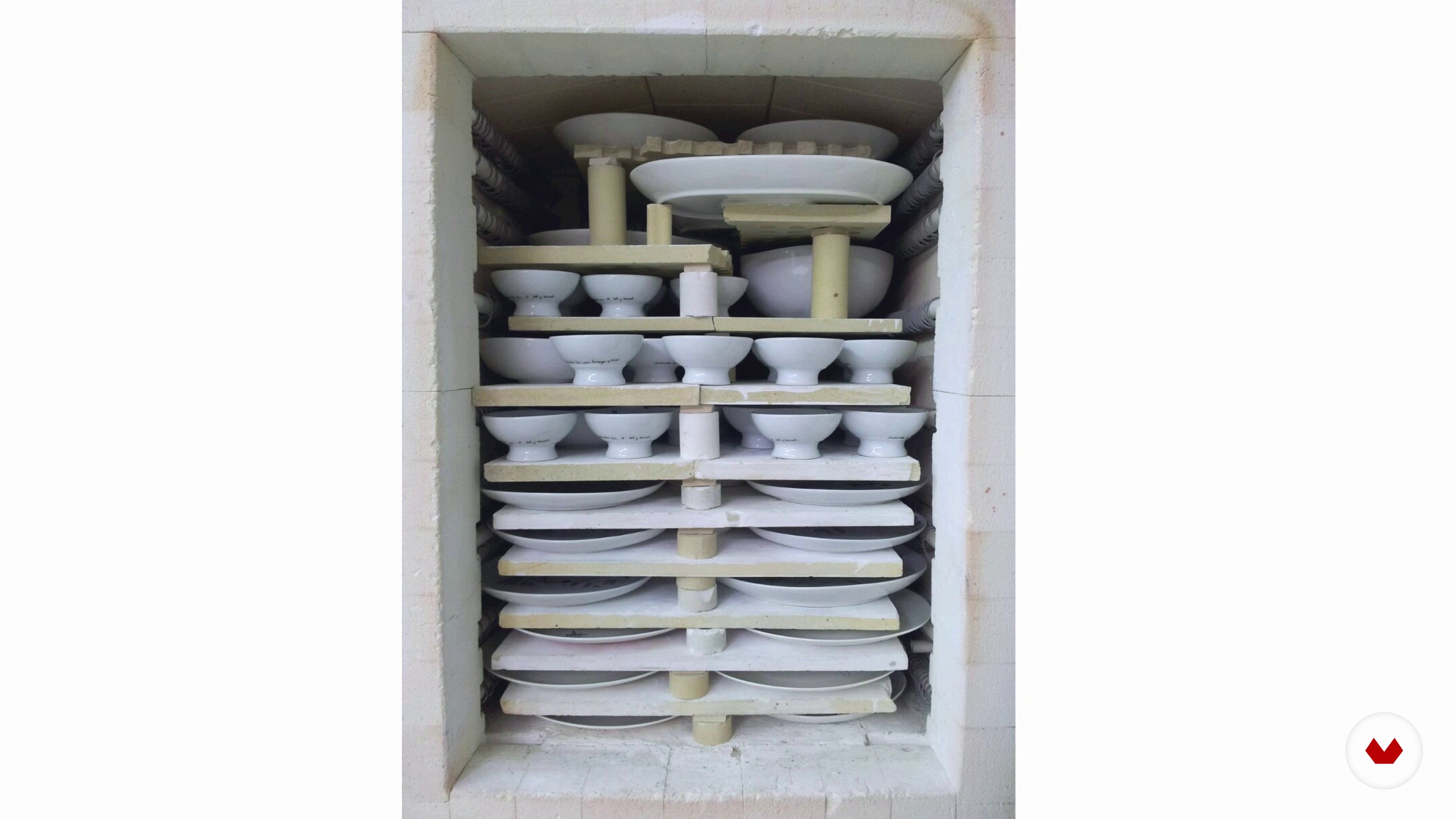
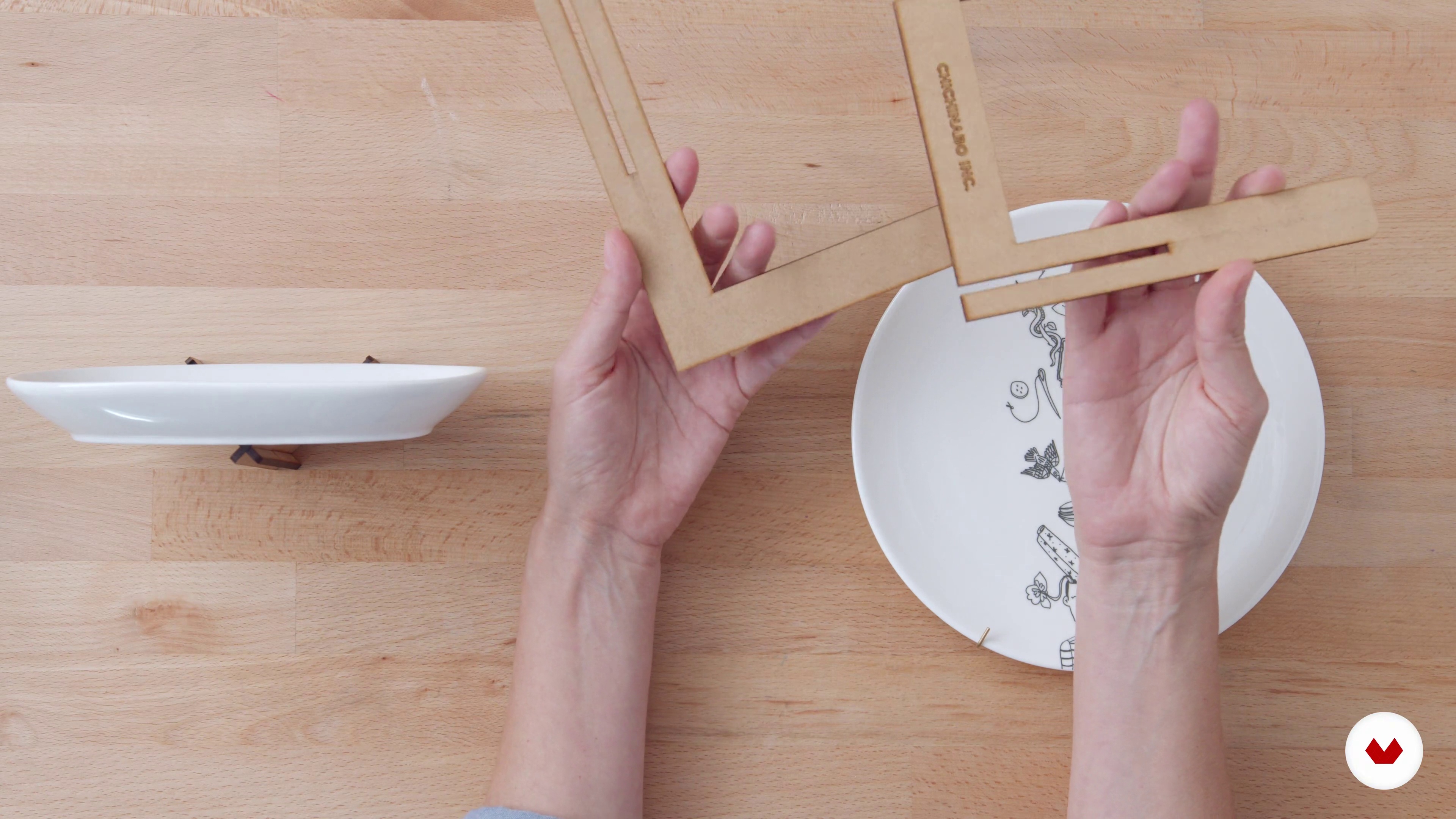
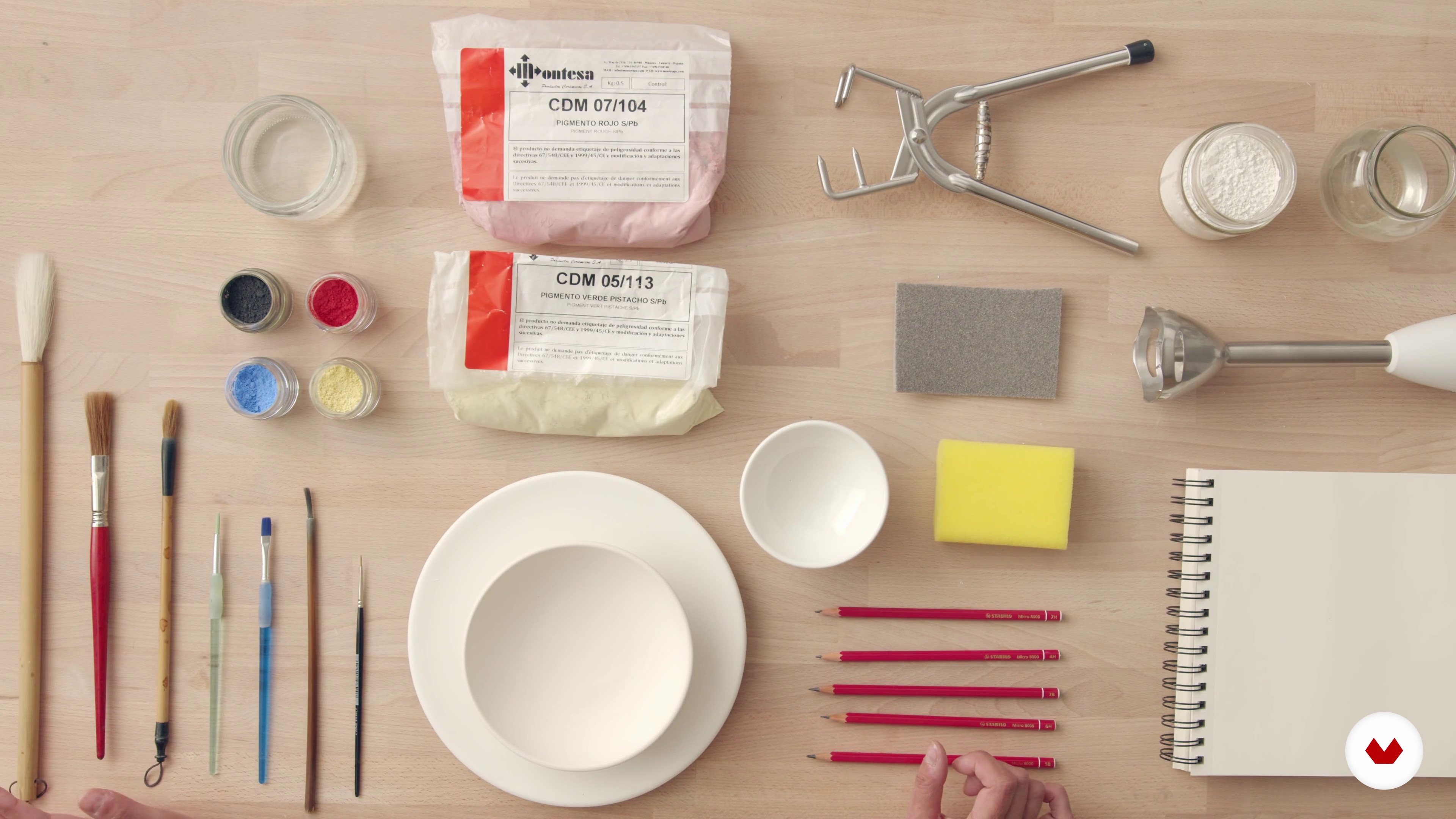

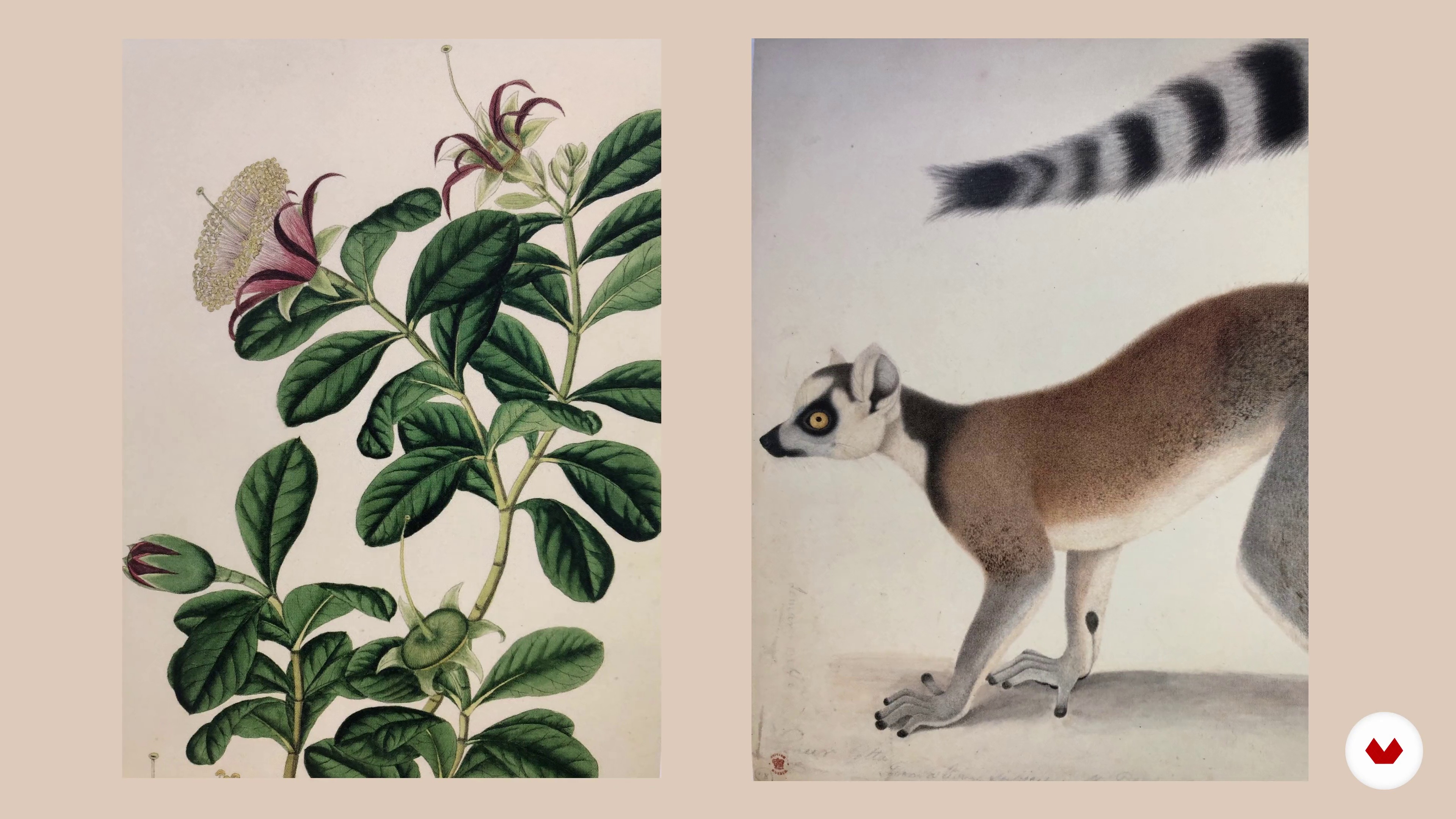
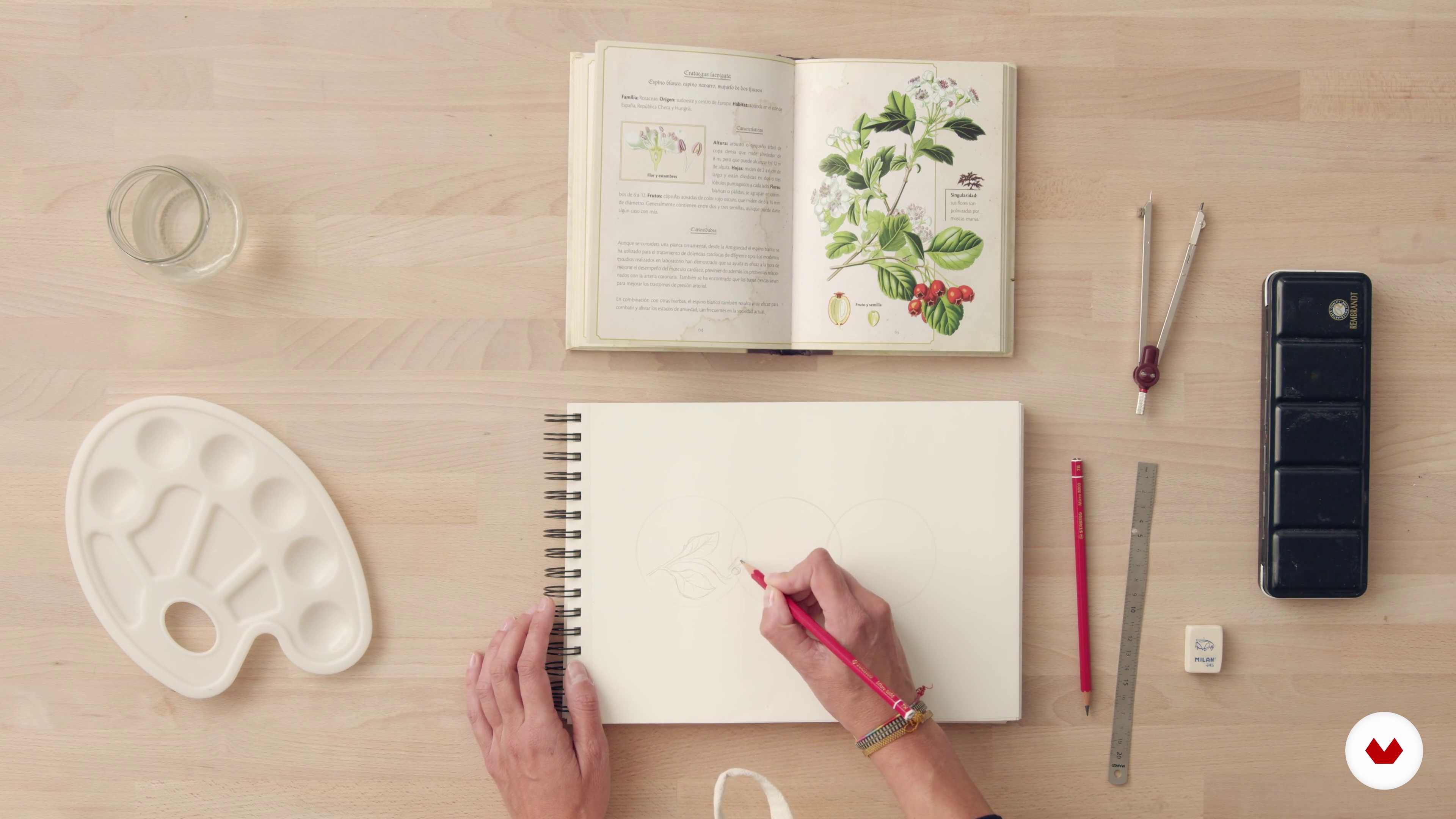
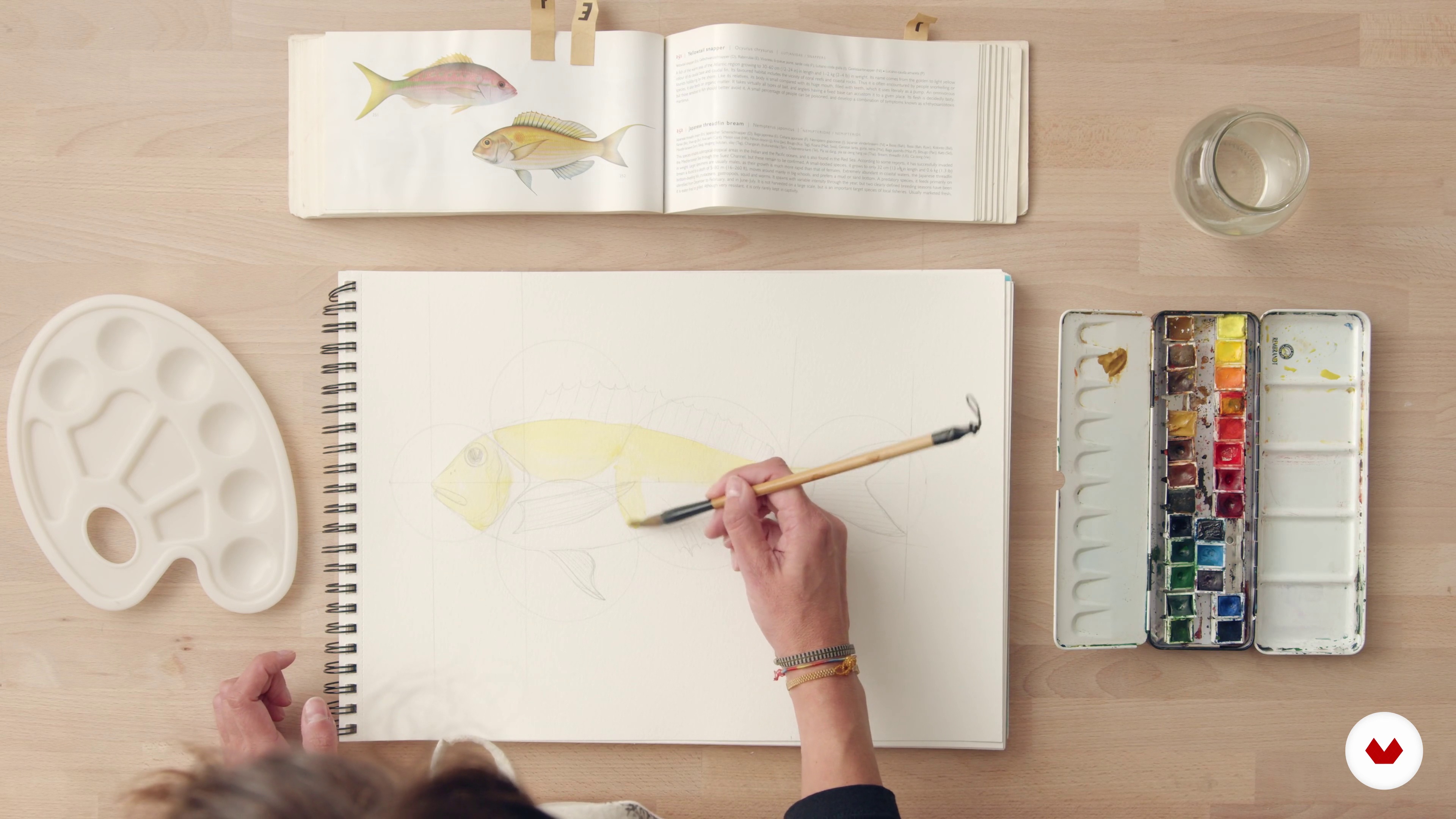
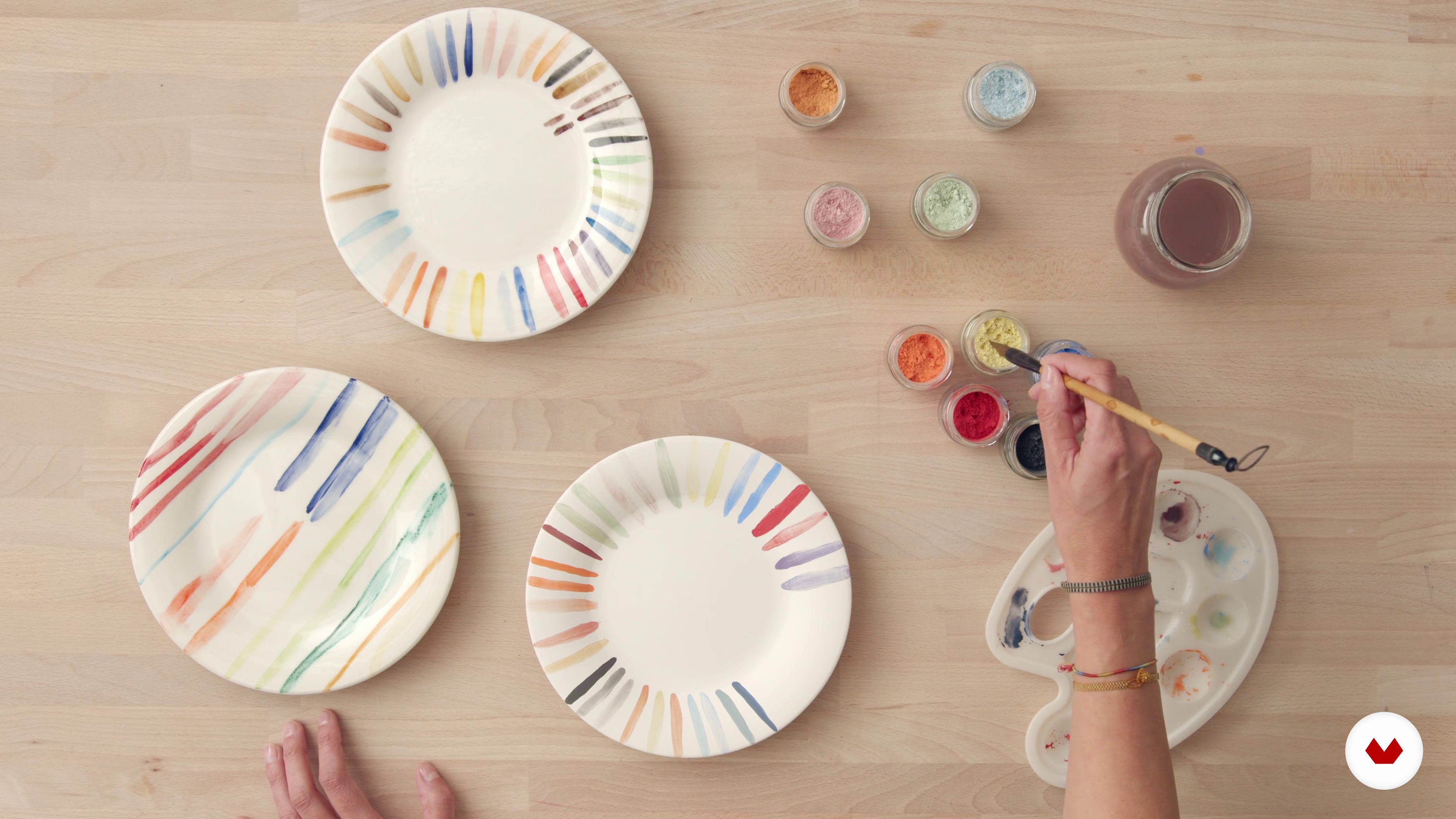
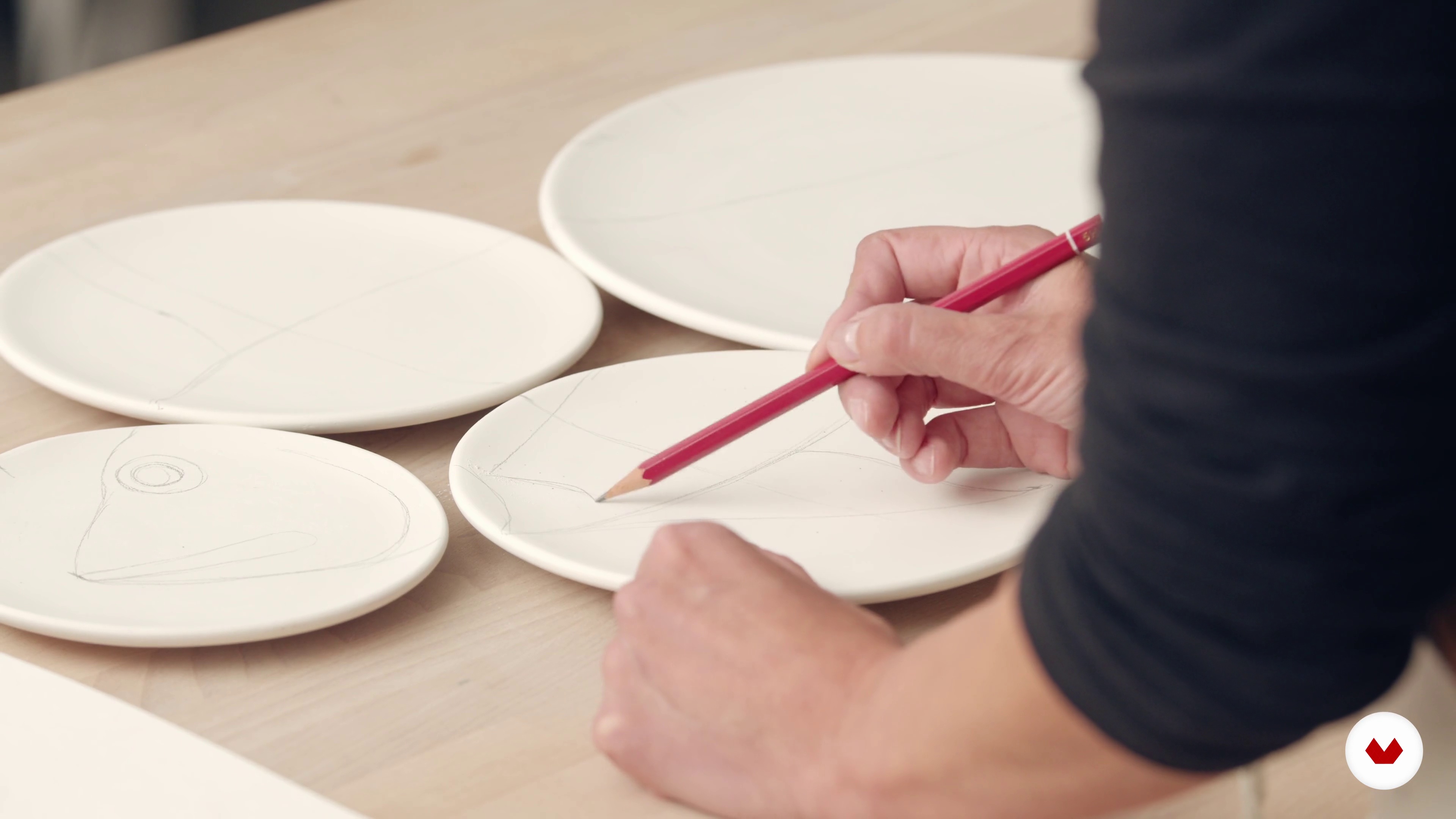
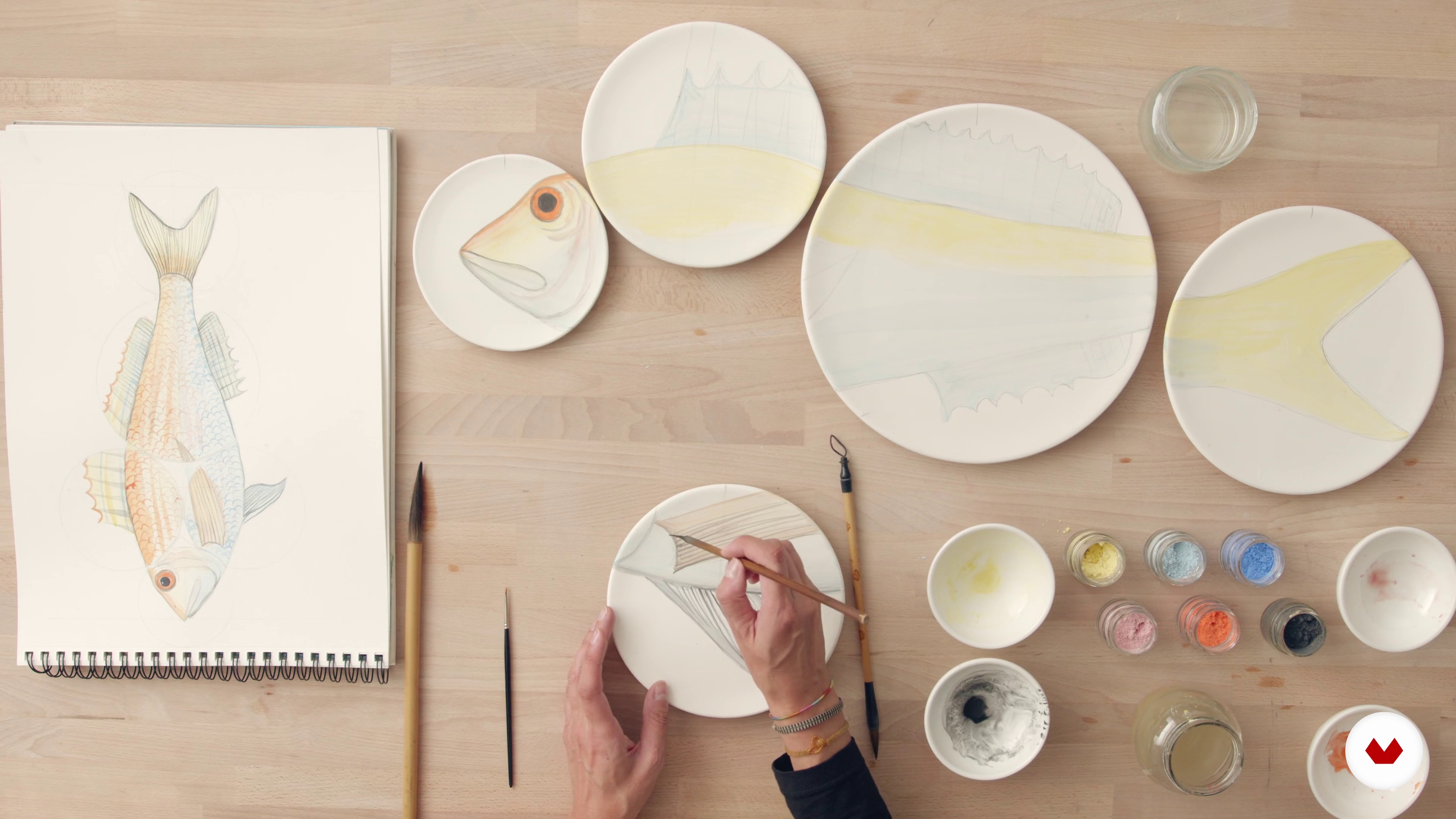
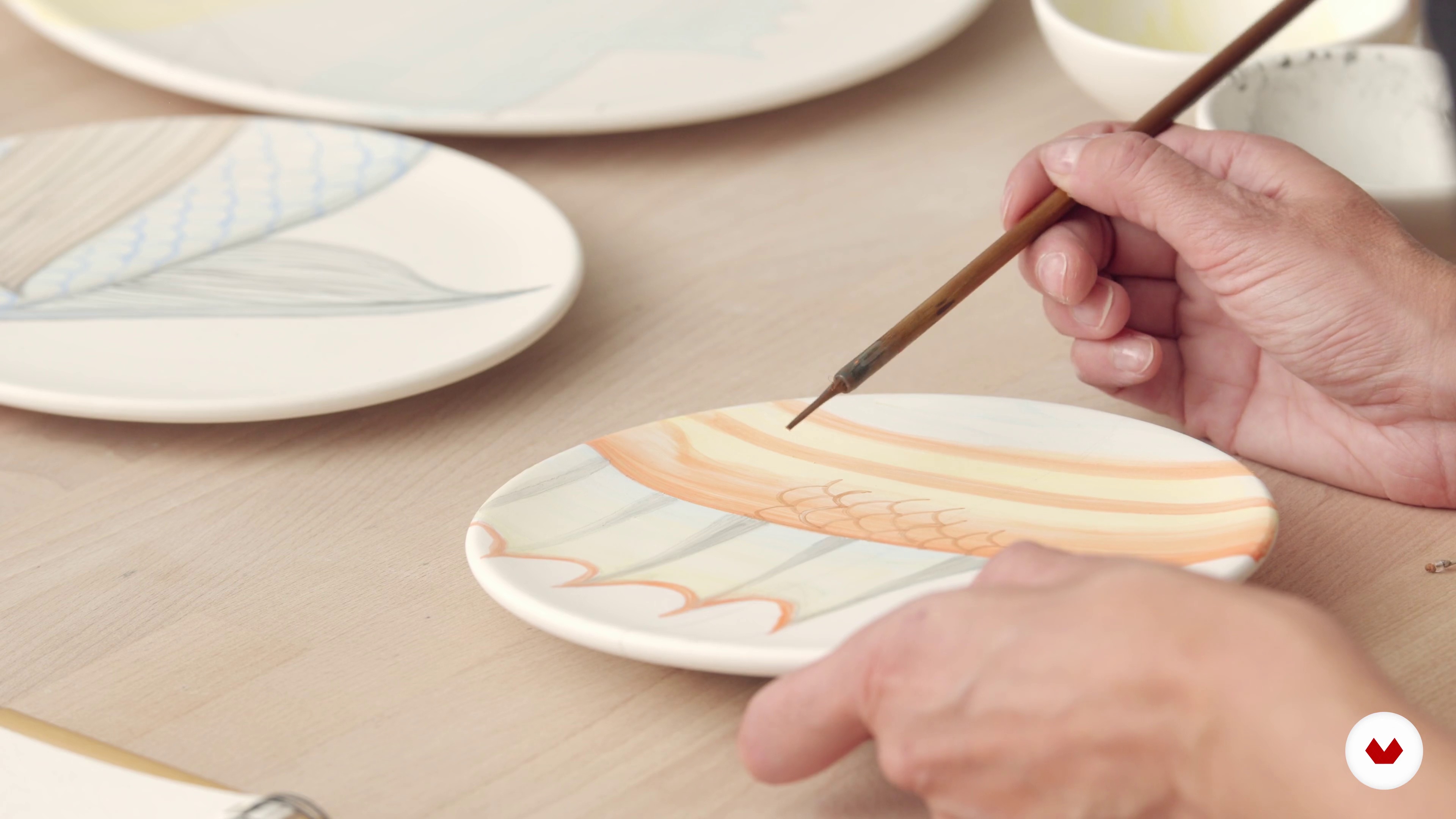
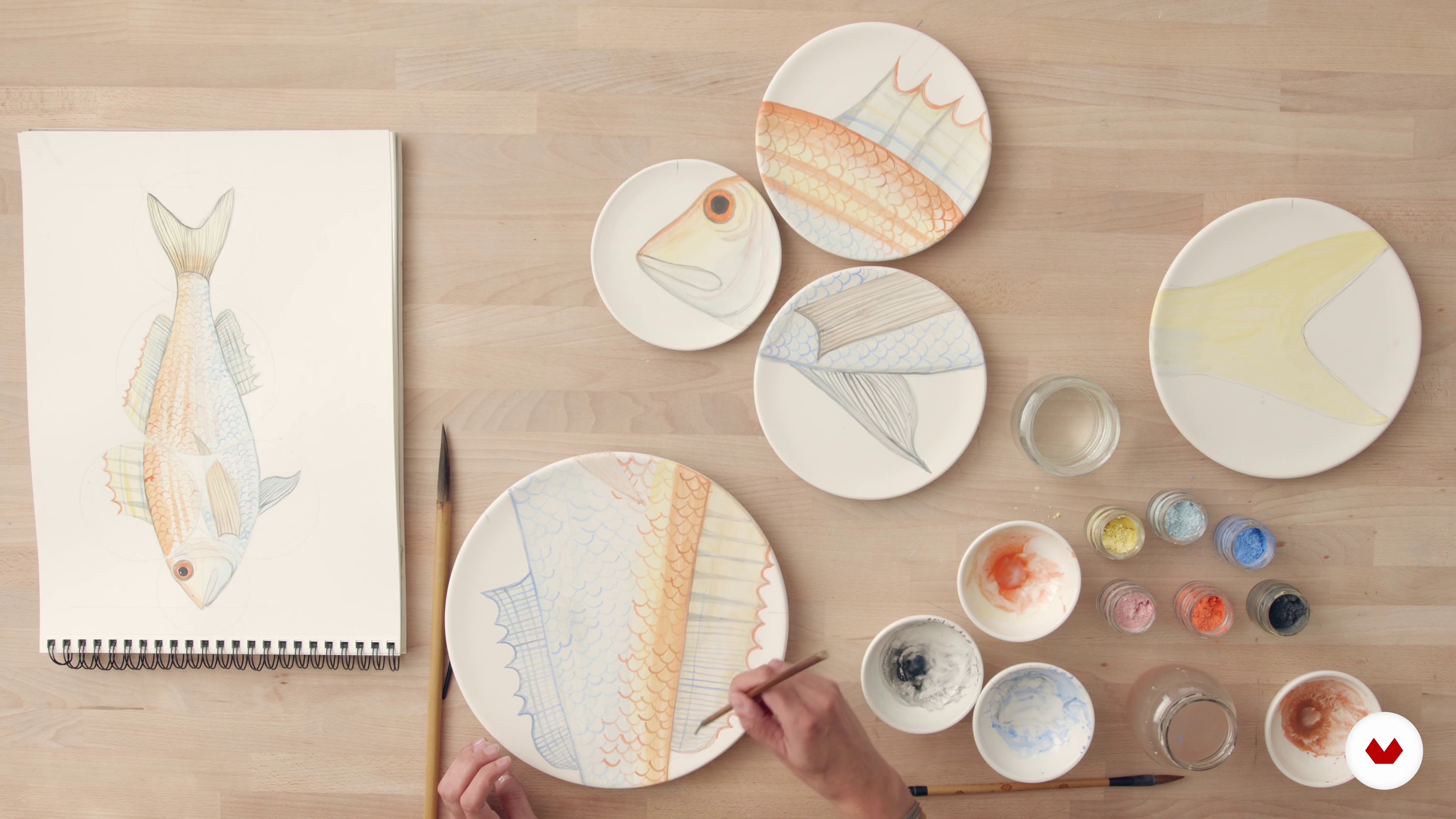
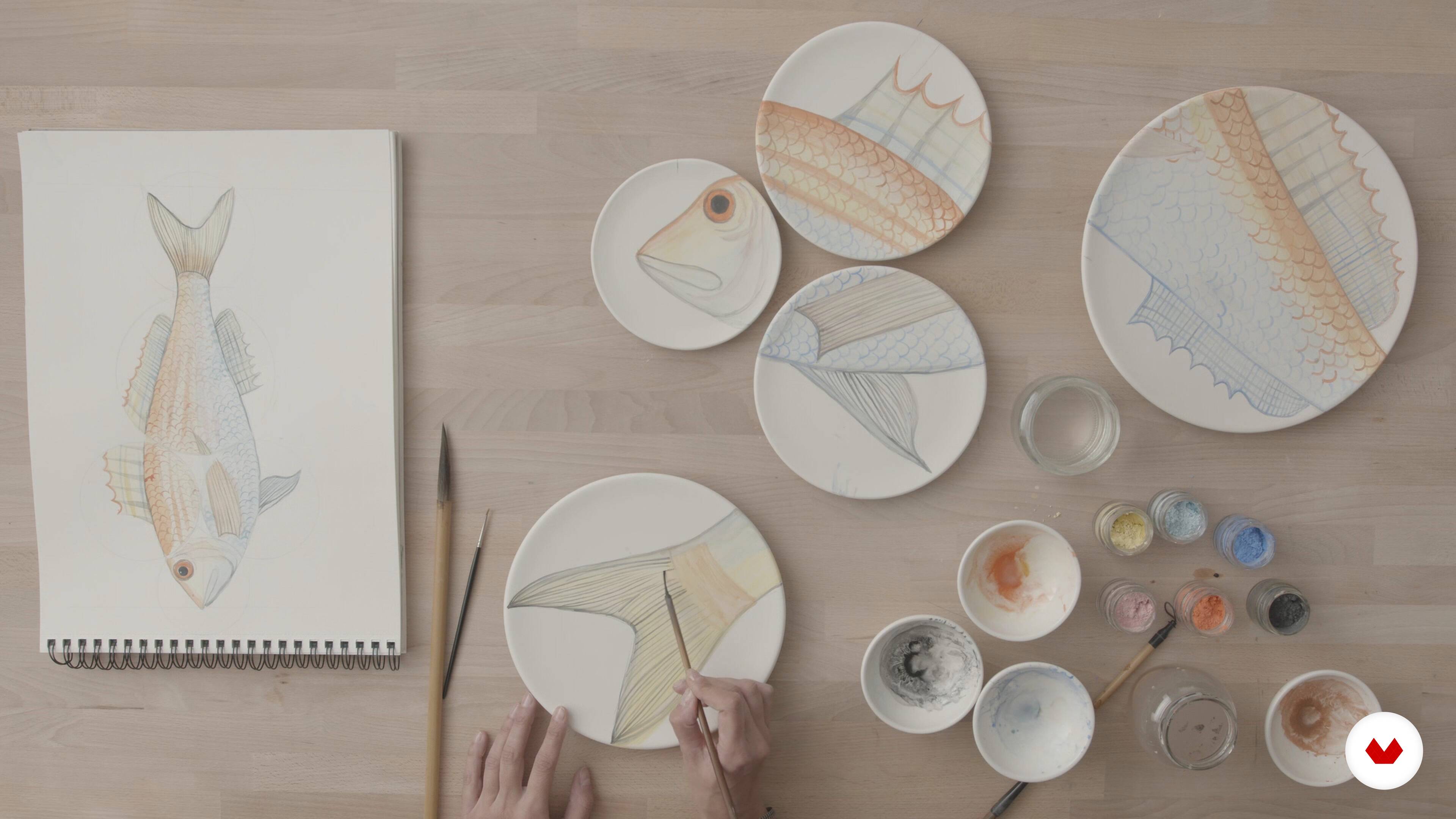
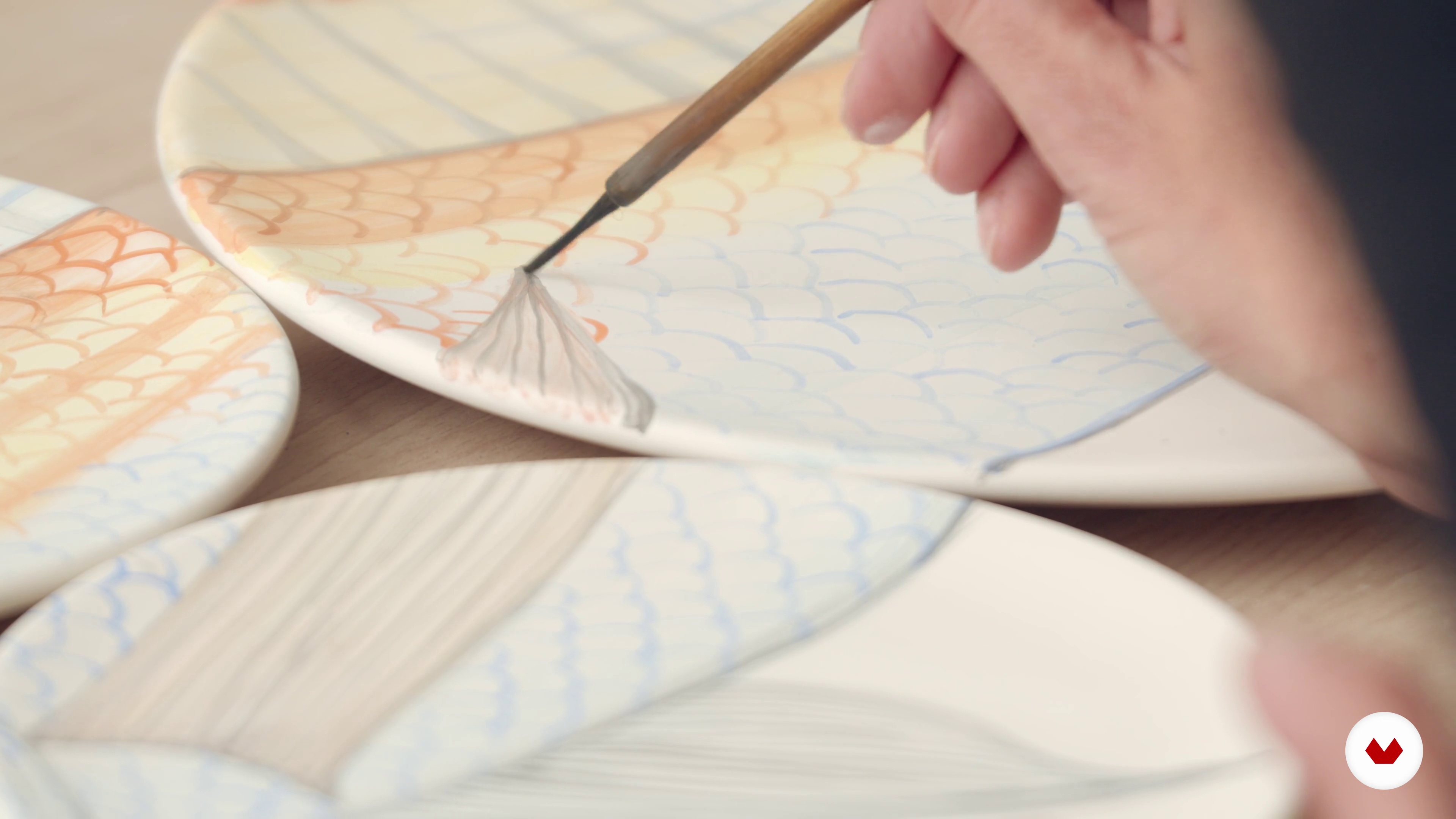
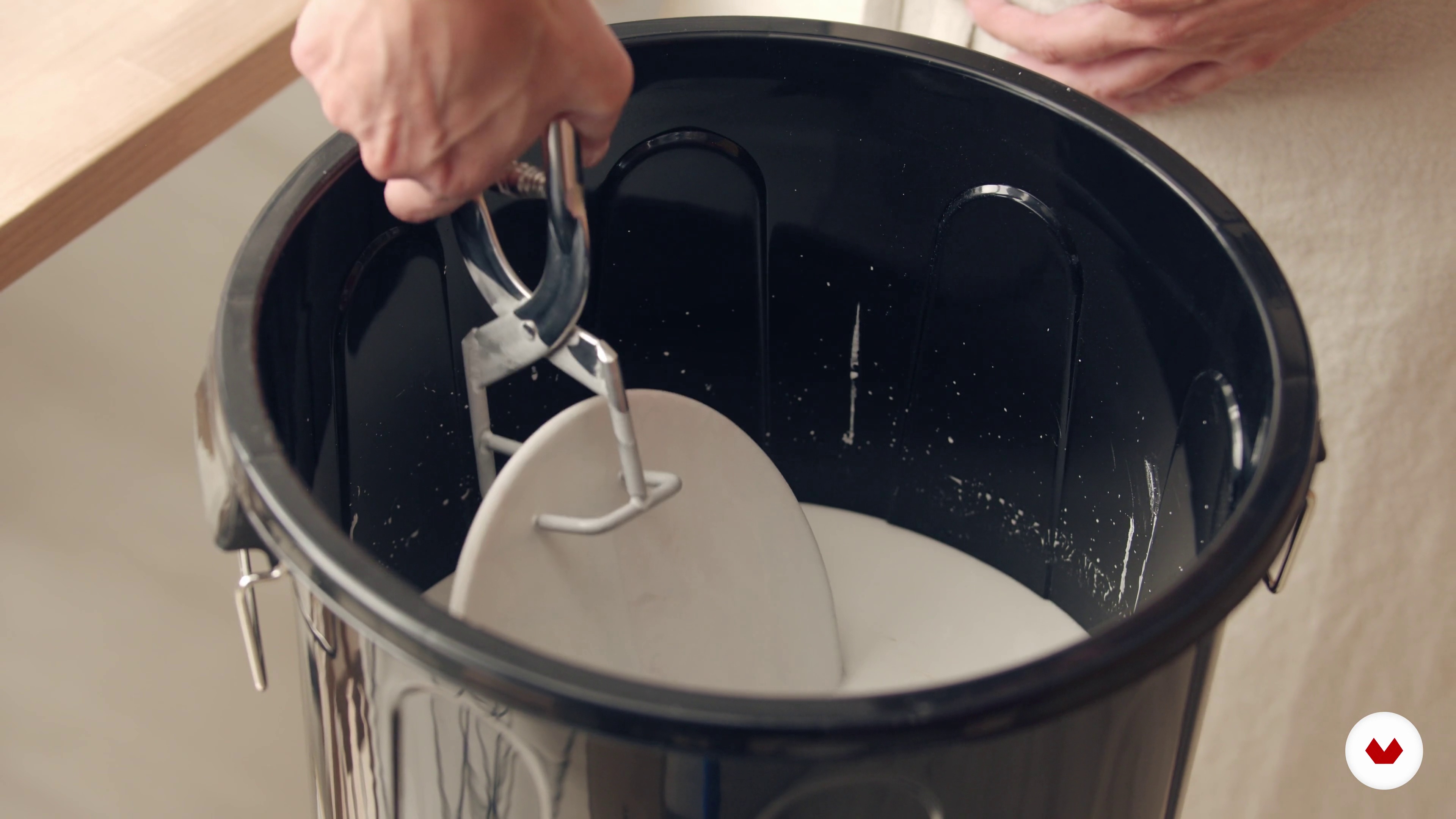

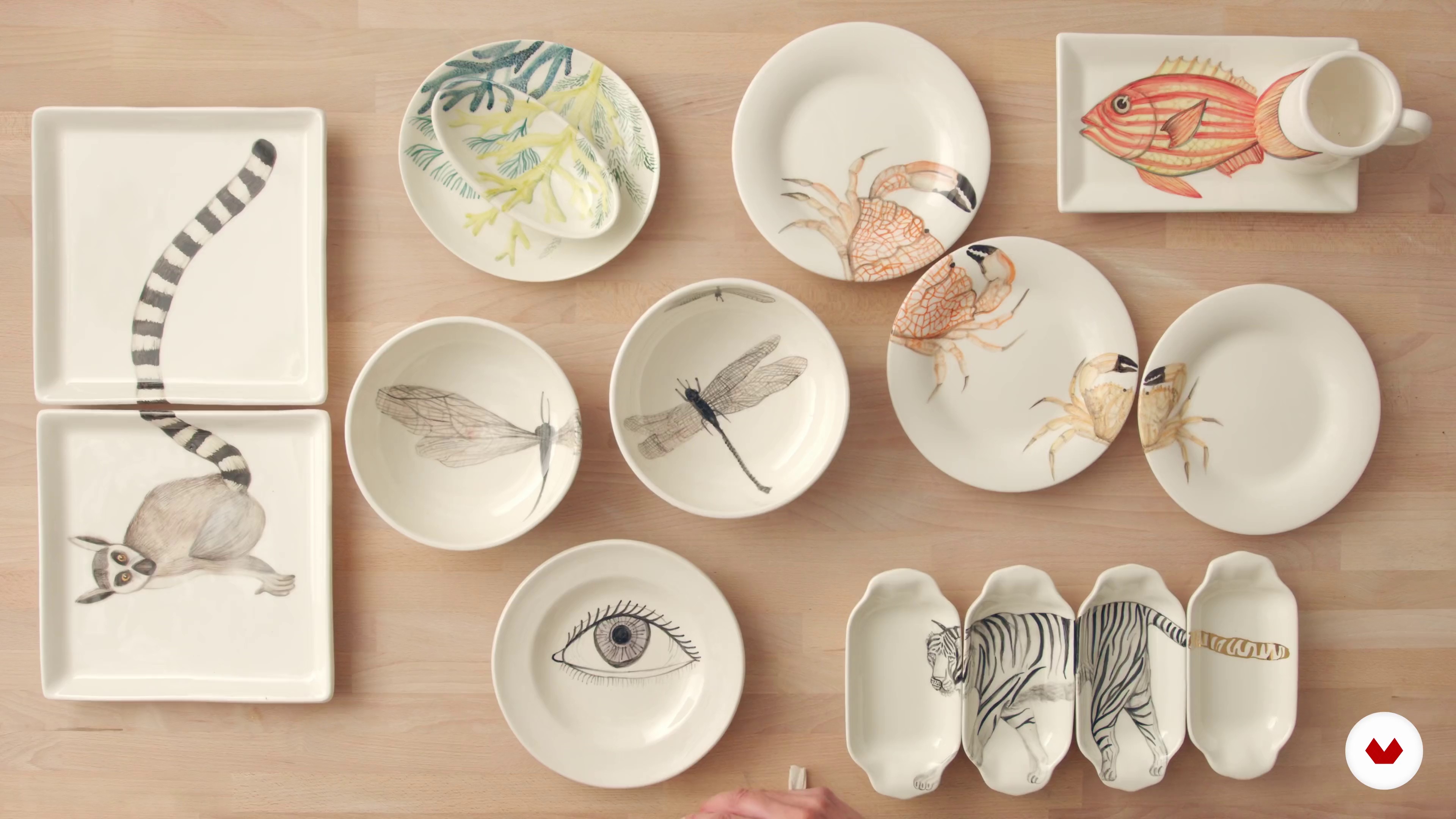
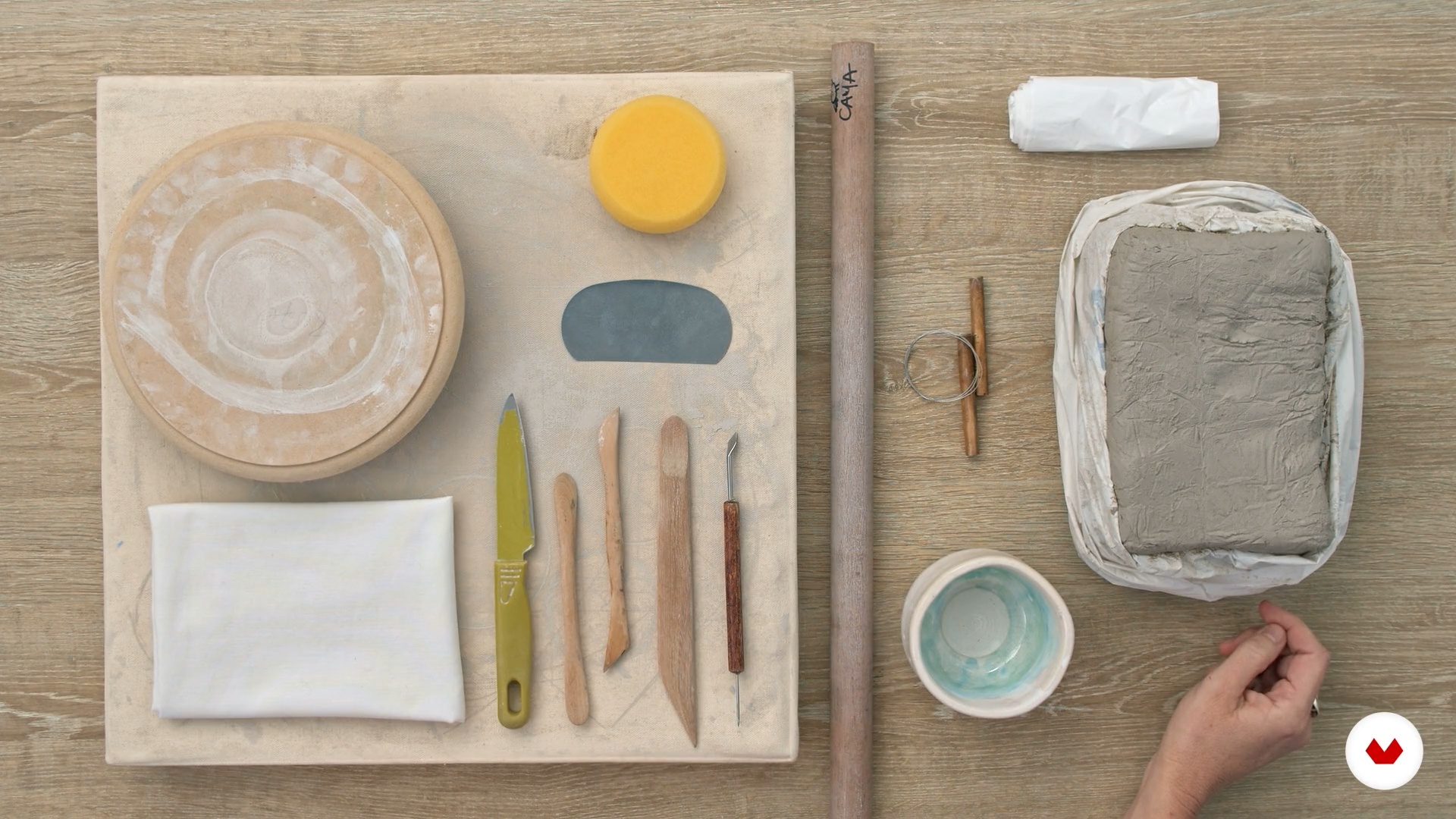

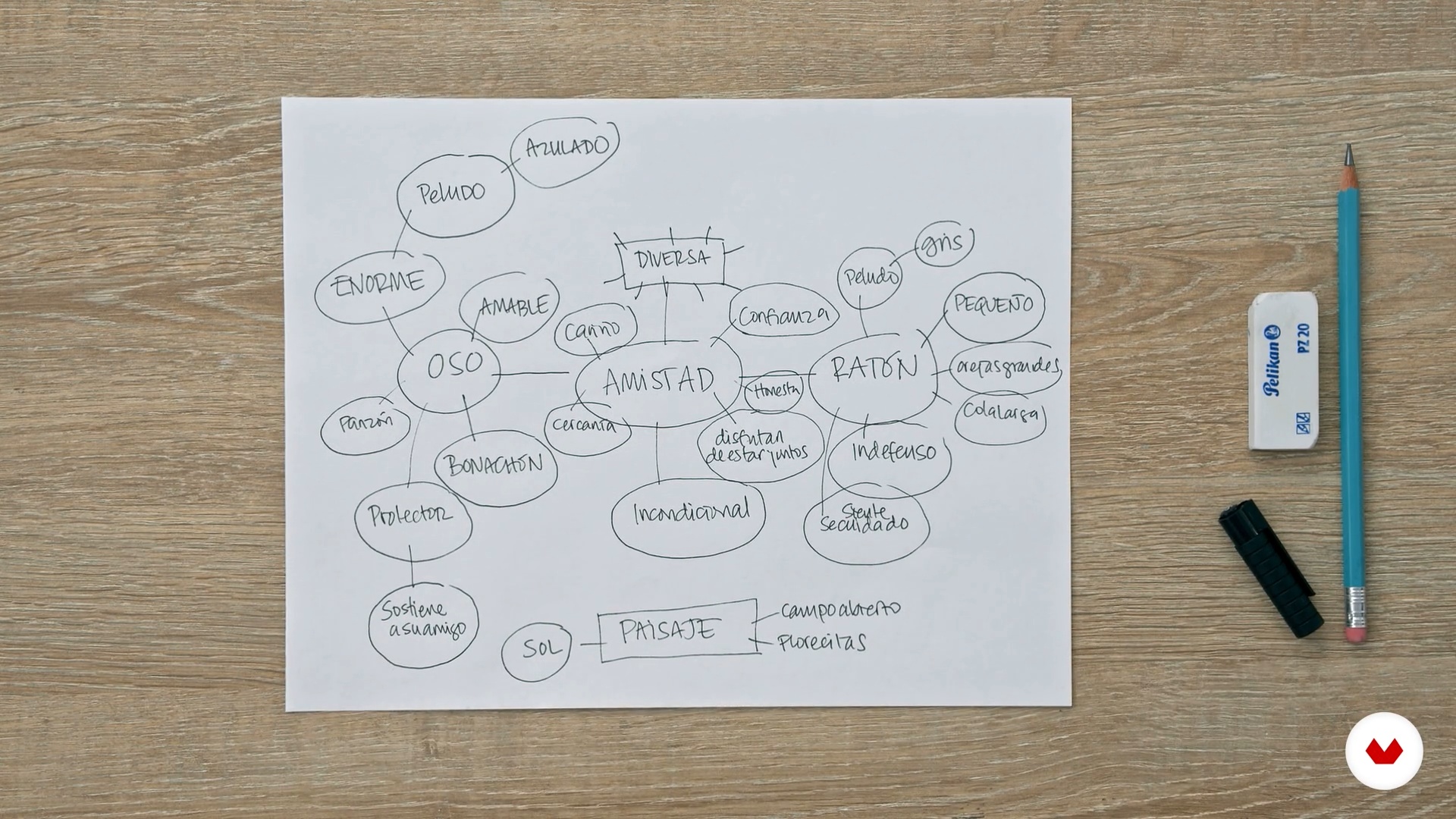
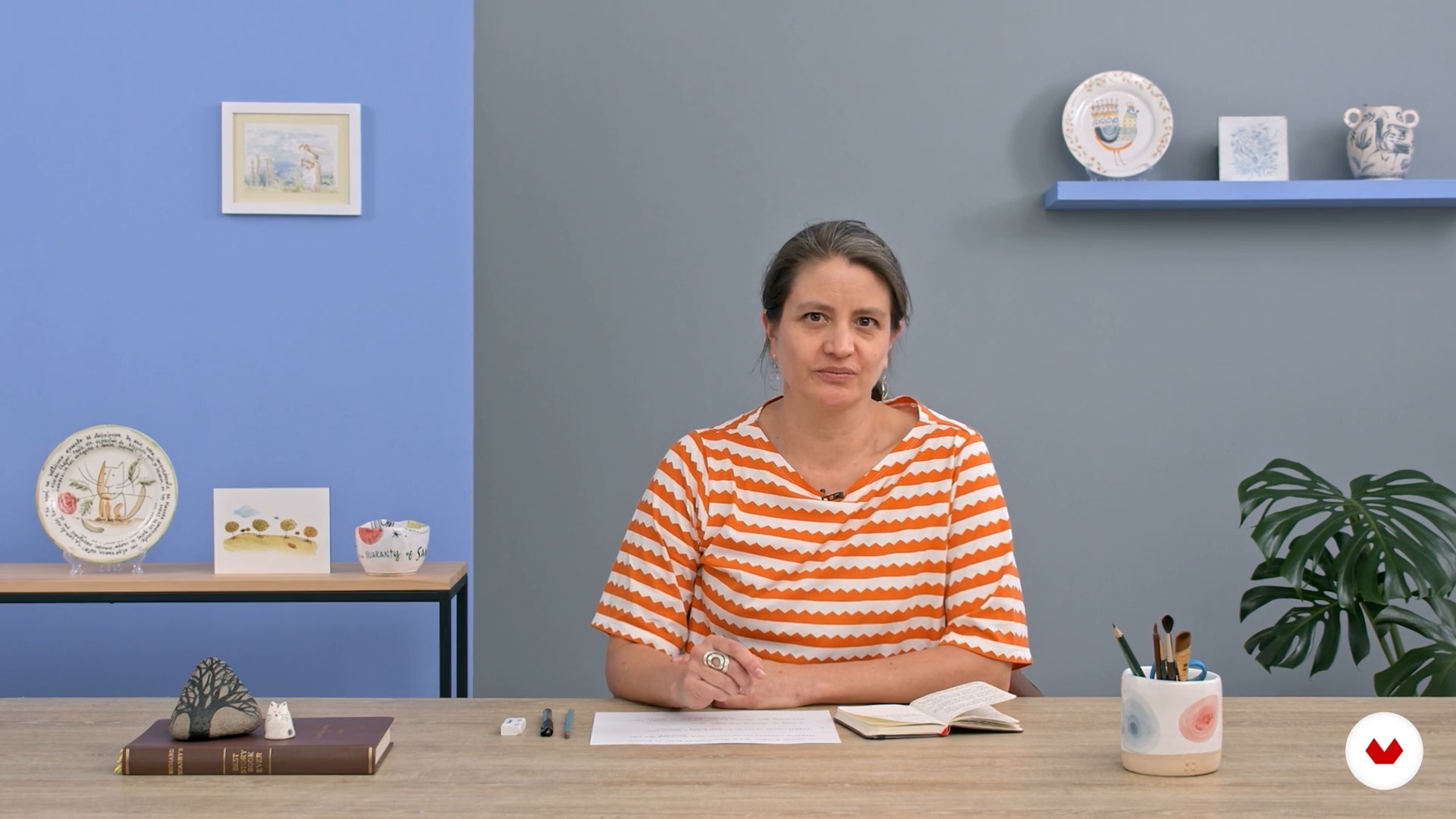
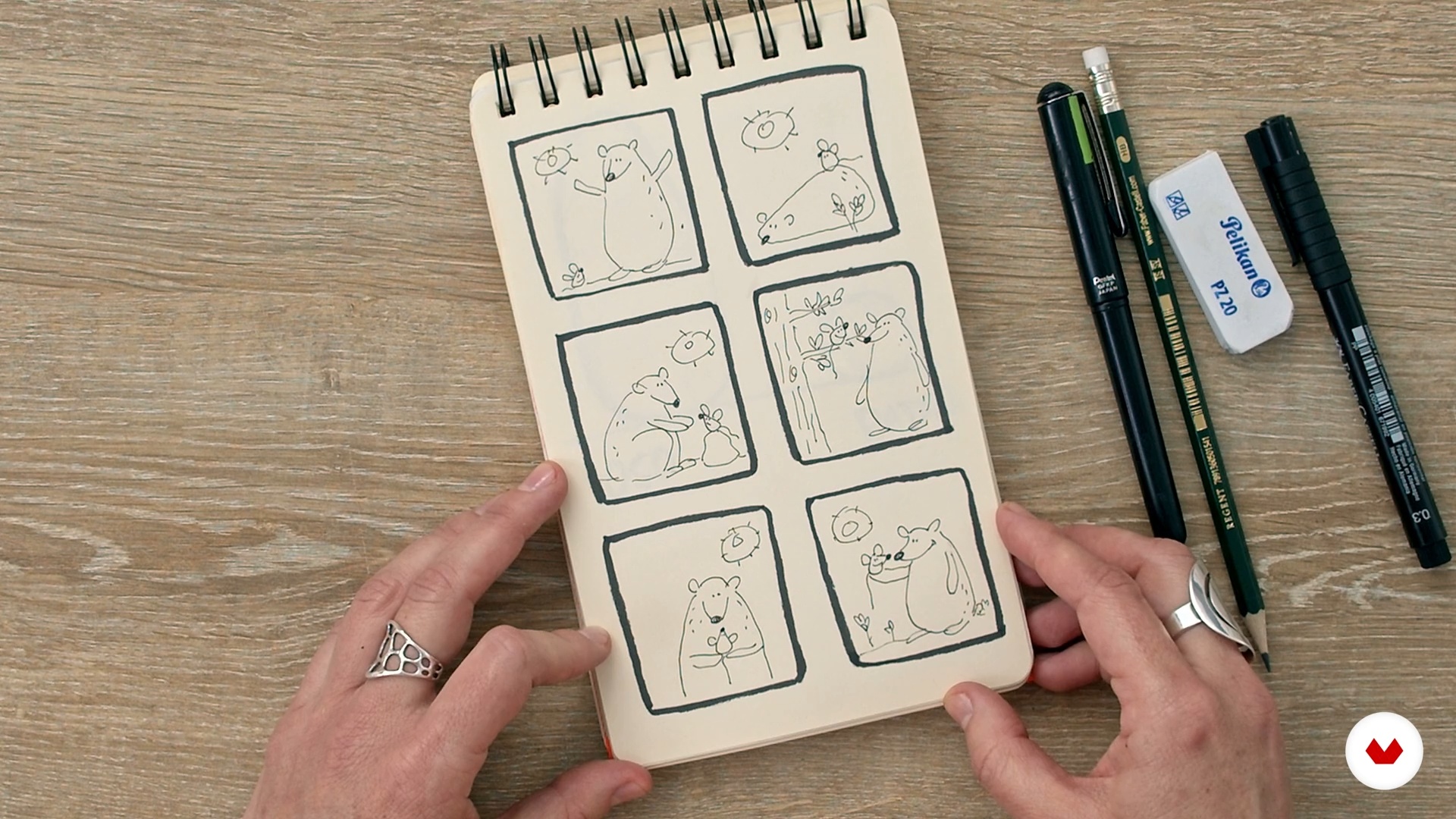
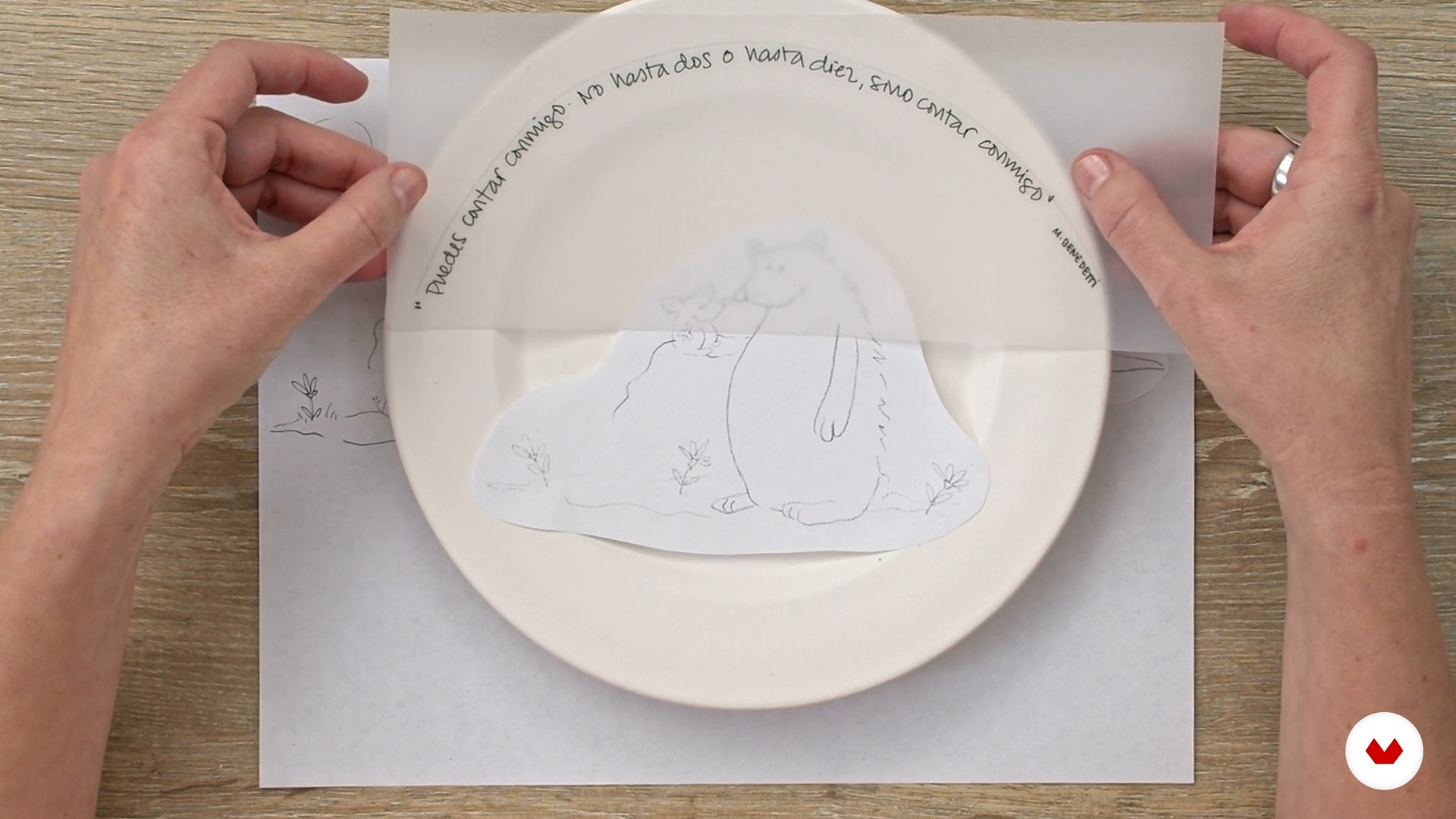
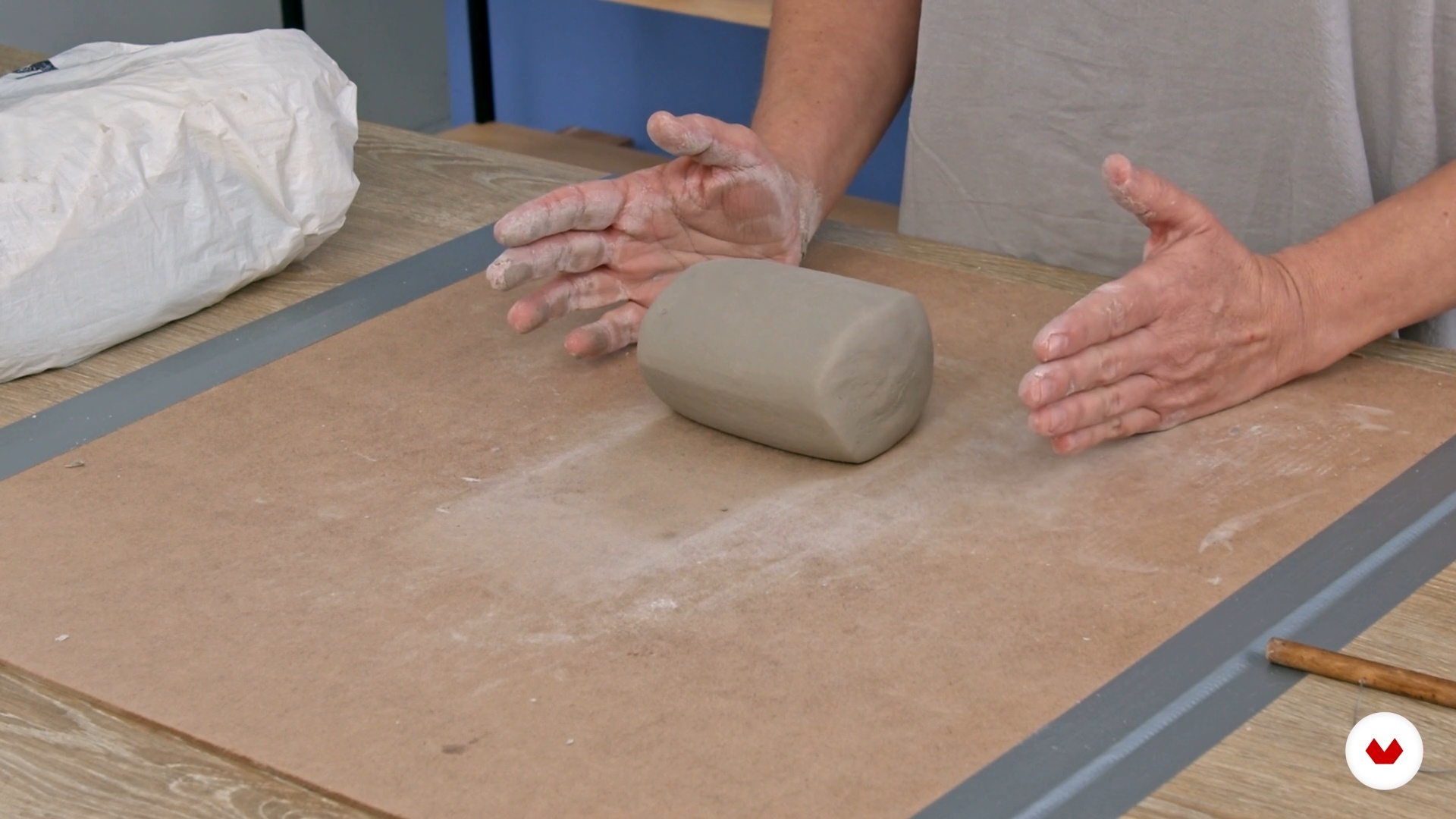
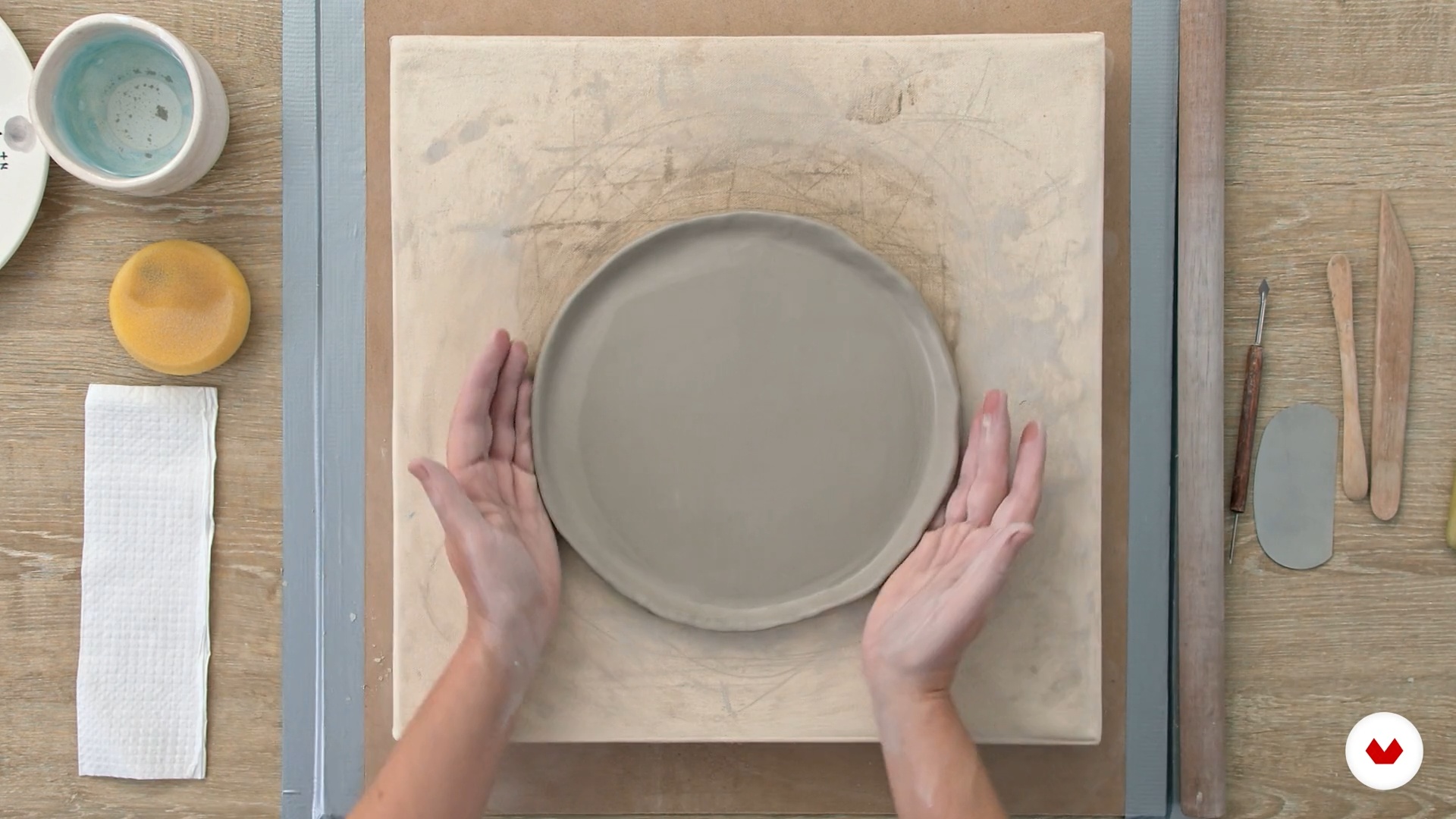


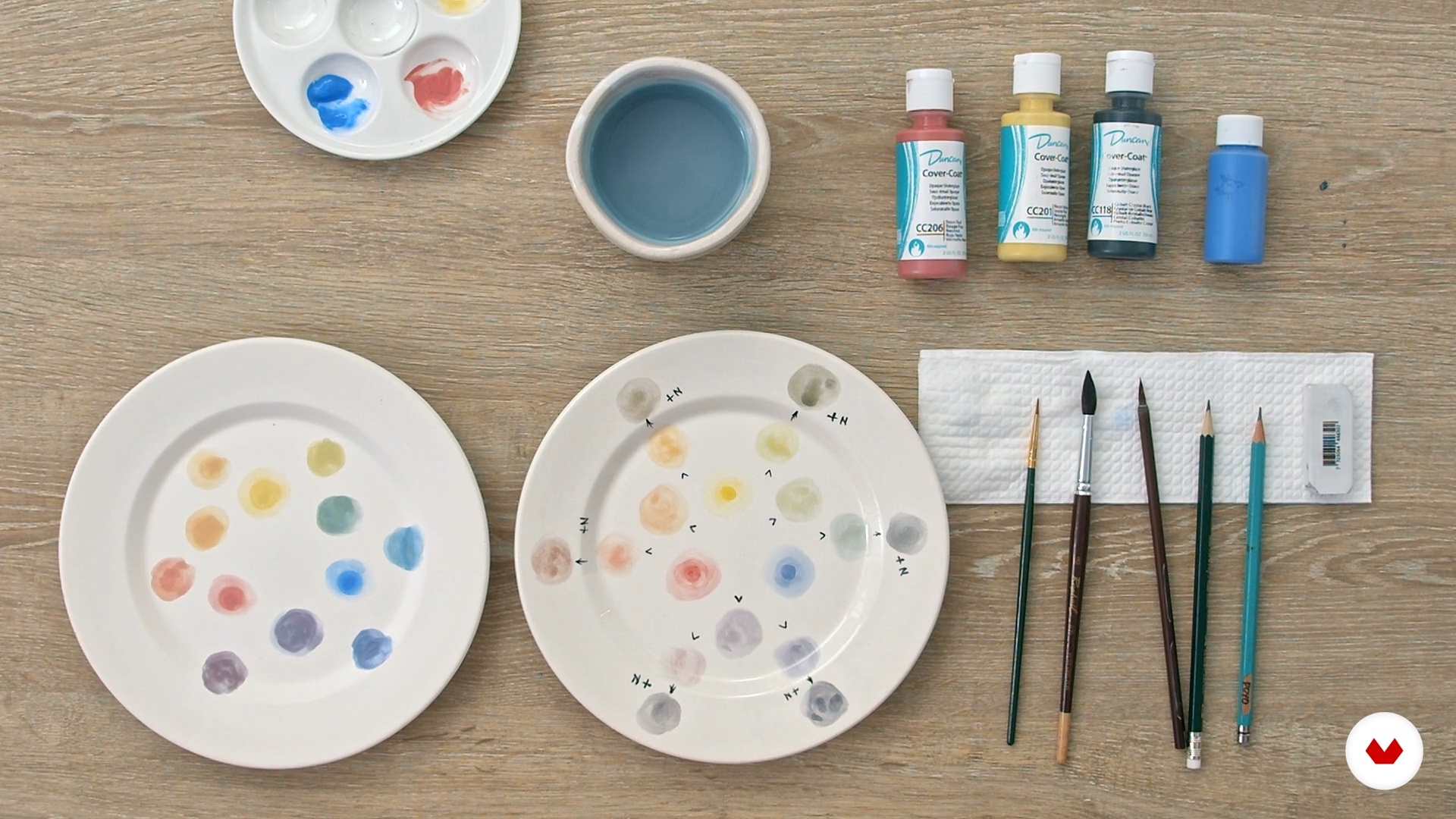
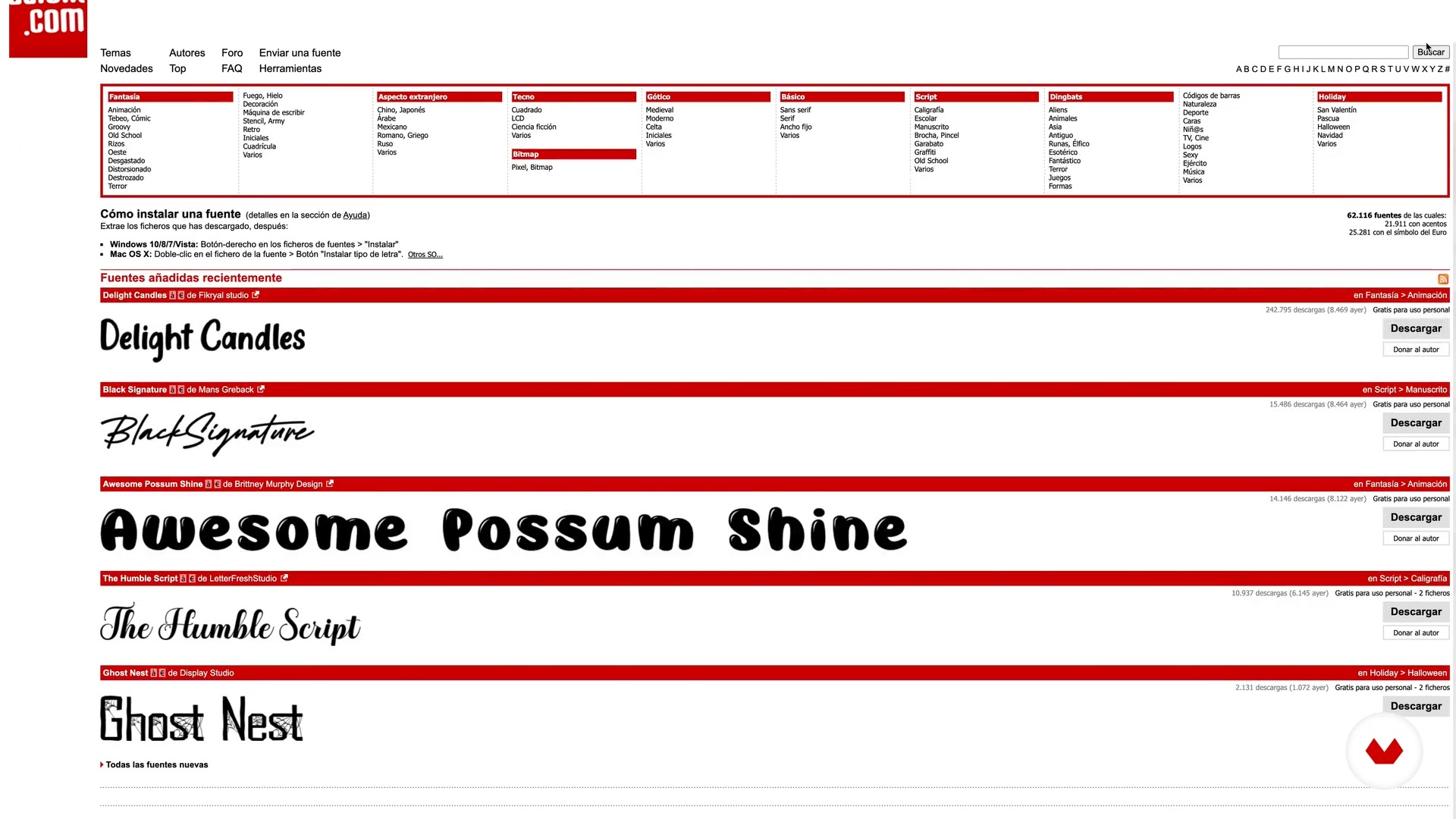
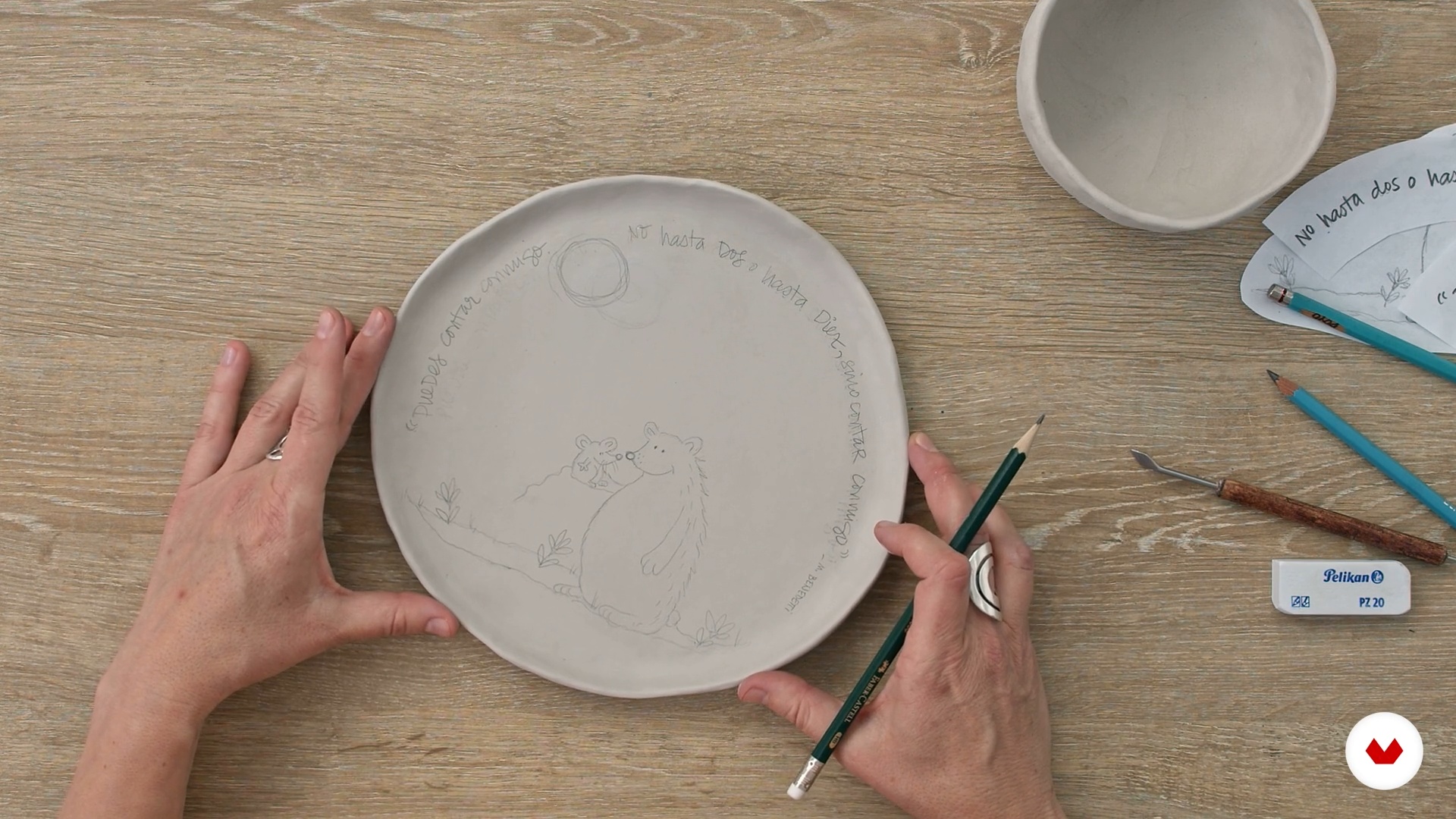
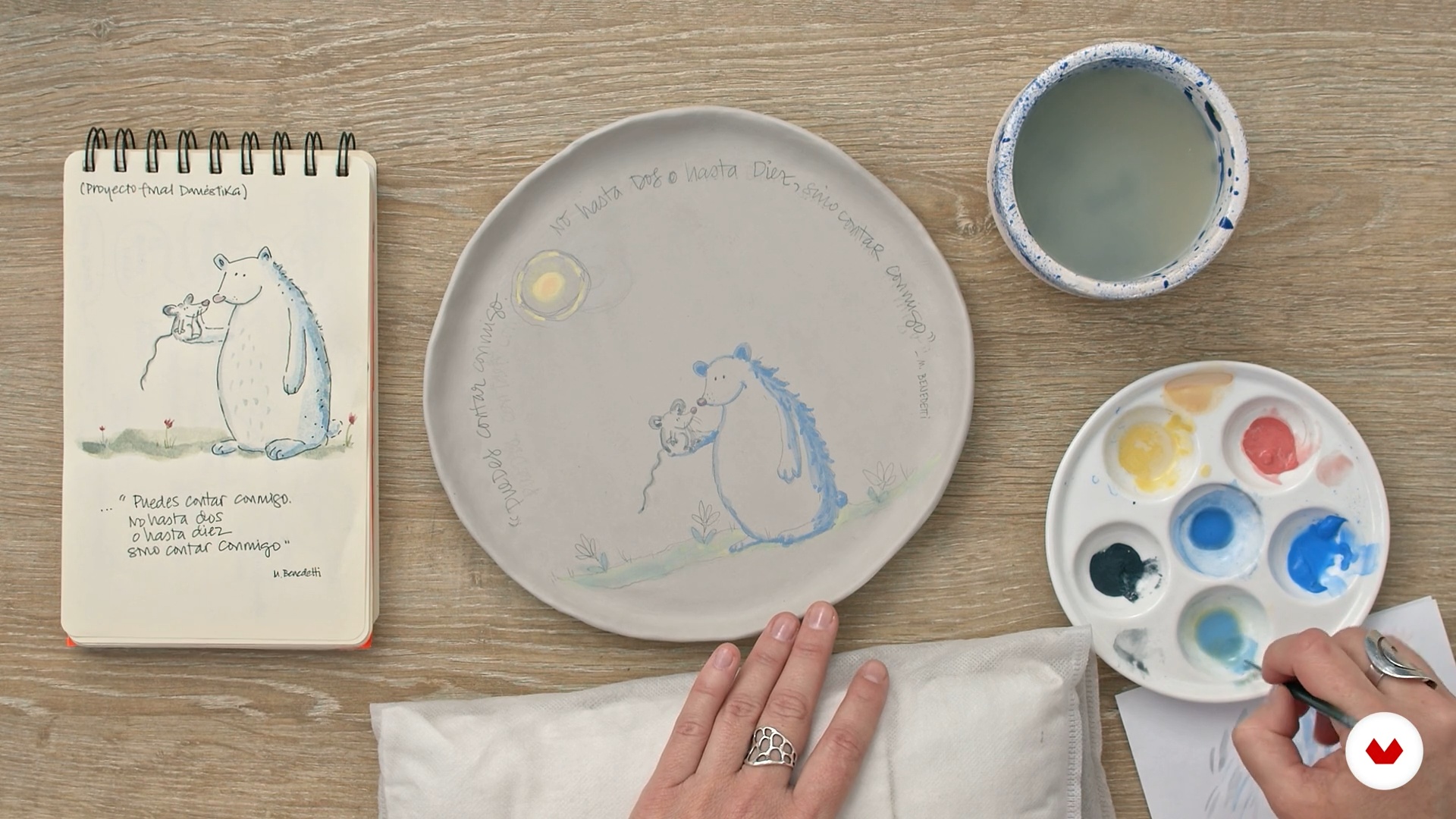
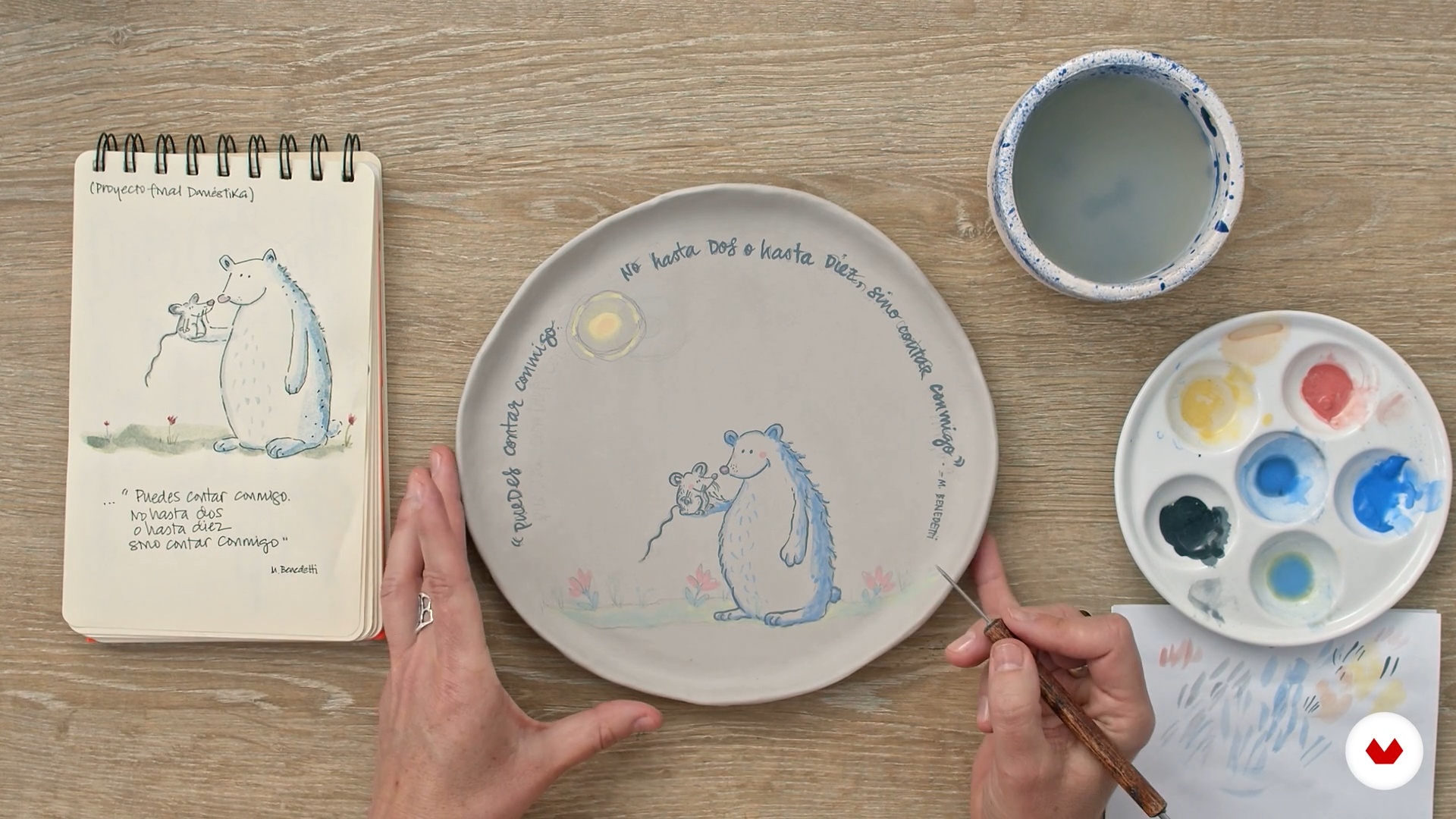

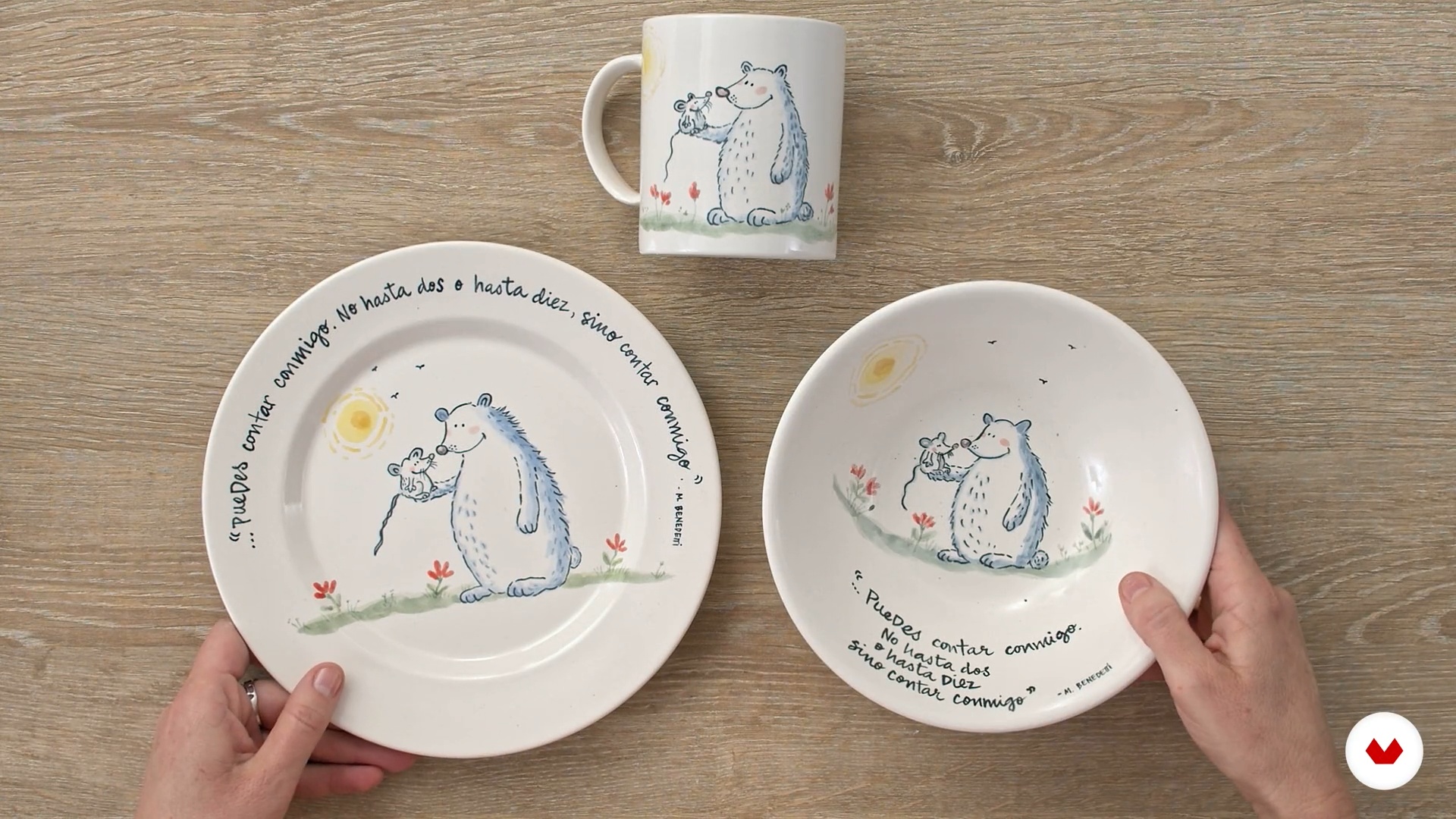
- 35 students
- 78 lessons (12h 51m)
- 105 additional resources (39 files)
- Online and at your own pace
- Audio: Spanish, English
- Spanish · English · Portuguese · German · French · Italian · Polish · Dutch
- Level: Beginner
- Unlimited access forever
What is this course's project?
You'll create a collection of unique ceramic pieces, combining techniques such as glazing, illustration, and hand-painting. You'll document your creative process, including sketches and personal reflections, to develop an expressive series that reflects your personal style.
Who is this specialization for?
Artists, illustrators, and ceramic lovers who wish to explore techniques for decorating and personalizing ceramic pieces. Creative individuals who seek to transform everyday objects into unique and expressive works through the use of glazing, illustration, and painting.
Requirements and materials
No extensive prior knowledge is required. You'll need clay, glazes, brushes, ceramic pigments, digital transfers, and ceramic pieces for decoration. A ceramic kiln or access to one is recommended. Basic materials such as water and sketch paper are also helpful.






What to expect from this specialization course
-
Learn at your own pace
Enjoy learning from home without a set schedule and with an easy-to-follow method. You set your own pace.
-
Learn from the best professionals
Learn valuable methods and techniques explained by top experts in the creative sector.
-
Meet expert teachers
Each expert teaches what they do best, with clear guidelines, true passion, and professional insight in every lesson.
-
Certificates
PlusIf you're a Plus member, get a custom certificate for every specialization course. Share it on your portfolio, social media, or wherever you like.
-
Get front-row seats
Videos of the highest quality, so you don't miss a single detail. With unlimited access, you can watch them as many times as you need to perfect your technique.
-
Share knowledge and ideas
Ask questions, request feedback, or offer solutions. Share your learning experience with other students in the community who are as passionate about creativity as you are.
-
Connect with a global creative community
The community is home to millions of people from around the world who are curious and passionate about exploring and expressing their creativity.
-
Watch professionally produced courses
Domestika curates its teacher roster and produces every course in-house to ensure a high-quality online learning experience.
FAQs
Domestika's specialization courses are online classes that provide you with the tools and skills you need to complete a specific project. Every step of the project combines video lessons with complementary instructional material, so you can learn by doing. Domestika's specializations also allow you to share your own projects with other students, creating a dynamic course community.
All specialization courses are 100% online, so once they're published, specialization courses start and finish whenever you want. You set the pace of the class. You can go back to review what interests you most and skip what you already know, ask questions, answer questions, share your projects, and more.
The specialization courses are divided into different modules. Each one includes lessons, informational text, tasks, and practice exercises to help you carry out your project step by step, with additional complementary resources and downloads. You'll also have access to an exclusive forum where you can interact with other students, as well as share your work and your final project, creating a community around the specialization course.
You can redeem the specialization course you received by accessing the redeeming page and entering your gift code.
